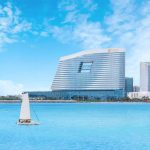Today, I’m writing about river cruising.
In March, we spent 11 days traveling along the Danube River, visiting five countries: Hungary, the Czech Republic, Slovakia, Austria, and Germany… The journey was simply exhilarating.
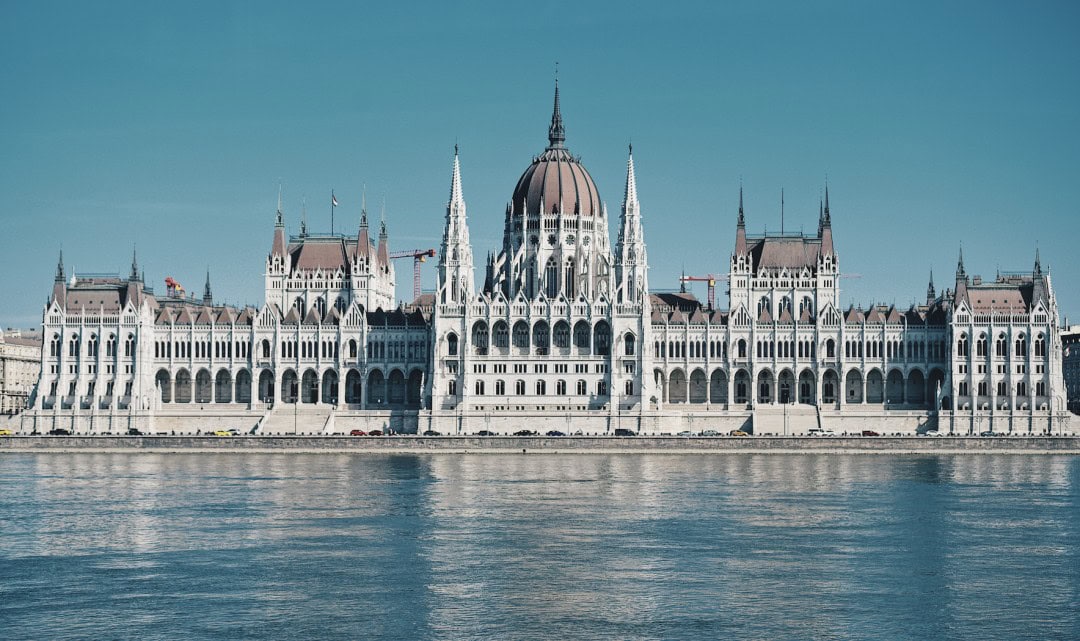
What people typically think of river cruises:
They are similar to cruise ships, offering semi-independent travel products where you can explore on your own after disembarking, providing a degree of freedom.
What river cruising actually is:
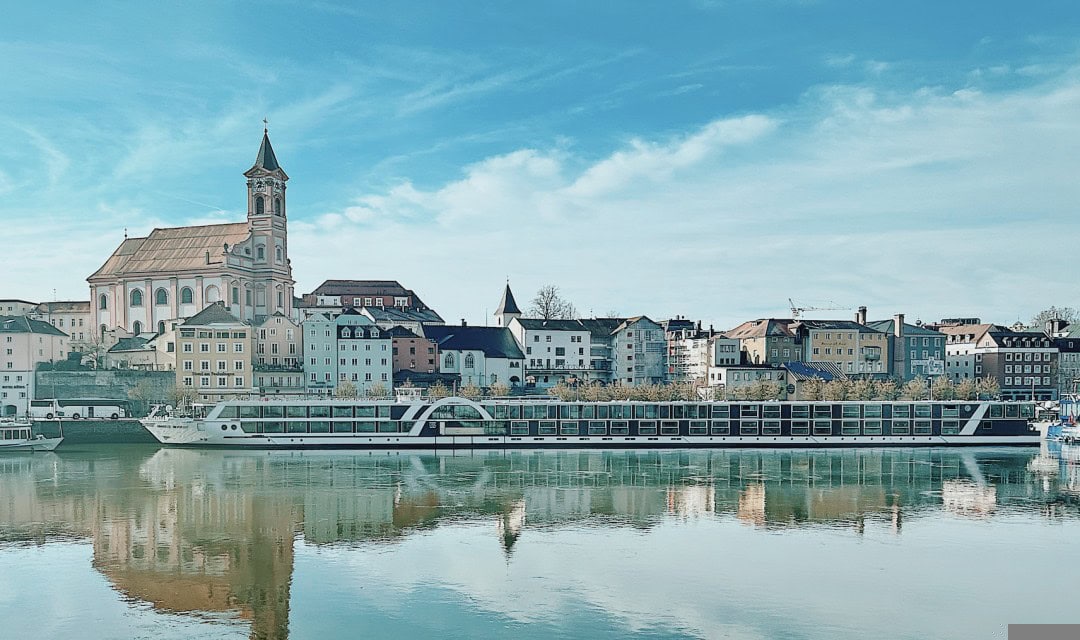
A boat on the water with a bus following on land throughout the trip, cared for by a Chinese-speaking tour guide. River cruise itineraries often include connecting segments for travel to other cities, meaning you don’t have to worry about anything—it’s more akin to a high-end group tour.
At the beginning of the article, I’ll outline the advantages of river cruise travel:
– Slow pace, leisurely itinerary; sleep at night and explore during the day, with the option to rest anytime by returning to the ship. Of course, this comparison is made with traditional group tours; it cannot be compared to fully independent travel.
– Time-saving and hassle-free; no need to change hotels, endure long trips, or repeatedly handle luggage.
– In-depth experiences; riverboats are smaller in tonnage, allowing for deeper access into inland cities of Europe, usually docking at historic towns (such as Vienna, Budapest, Bratislava, Esztergom, Frankfurt, Cologne, Koblenz, etc.). One trip covers more destinations.
– Exotic riverside scenery; picturesque towns, castles, churches, and even snow-capped mountains can unexpectedly appear just outside your window.
– Not crowded; typically, a ship accommodates just over 100 passengers, making embarkation and disembarkation quick and easy, avoiding the crowded experiences you would find at domestic ports where passengers rush for self-service.
– All-inclusive pricing; one ticket covers transport, lodging, and dining during the trip.
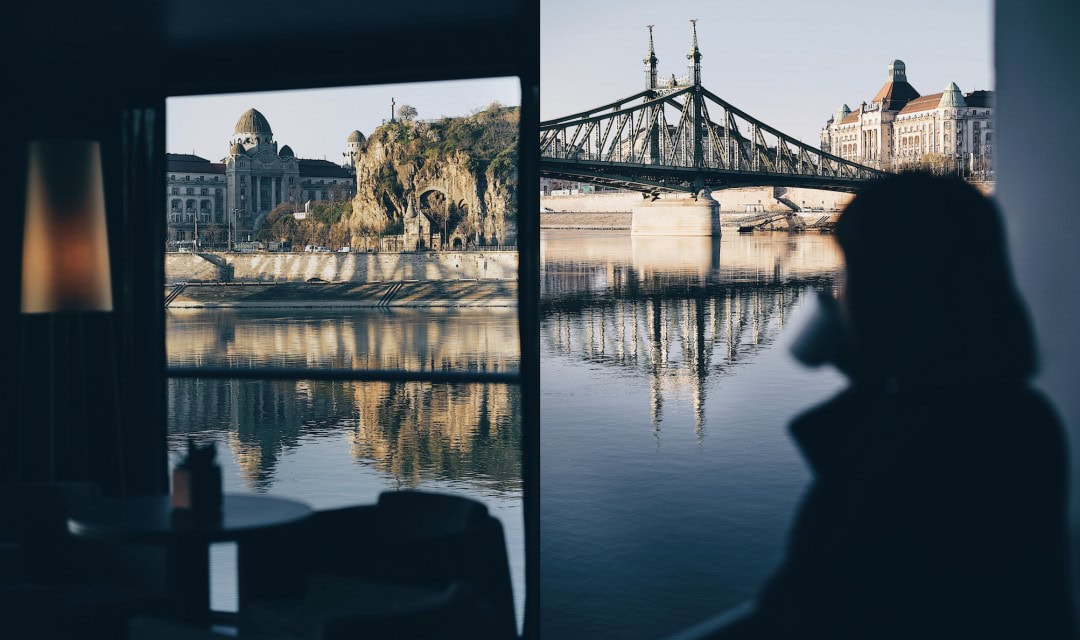
– Communication is stress-free, as most river cruises cater to a specific country (or region), eliminating language barriers.
– Safety; non-passengers cannot board the ship, so the risk of losing valuables on board is minimal.
The views from the river cruise are breathtaking.
Potential issues with river cruising:
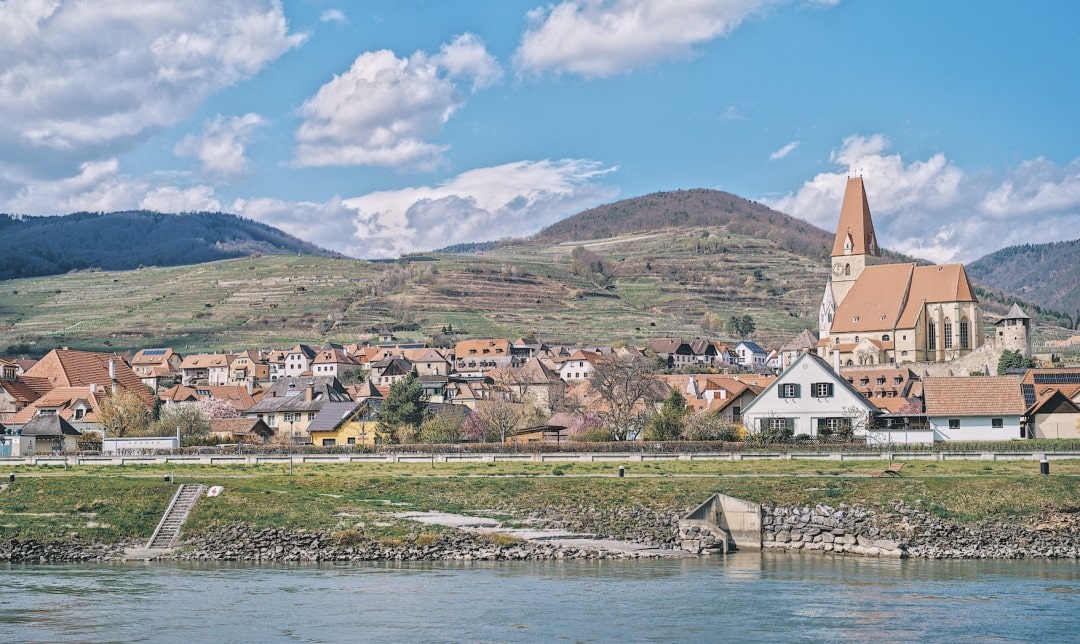
– The average age of passengers tends to be higher compared to independent travelers.
– Some river cruises may not accommodate children or may impose age limits.
– Meals often combine Western and Eastern cuisines, making it difficult to find purely Chinese options.
– Prices can be higher than traditional travel arrangements.
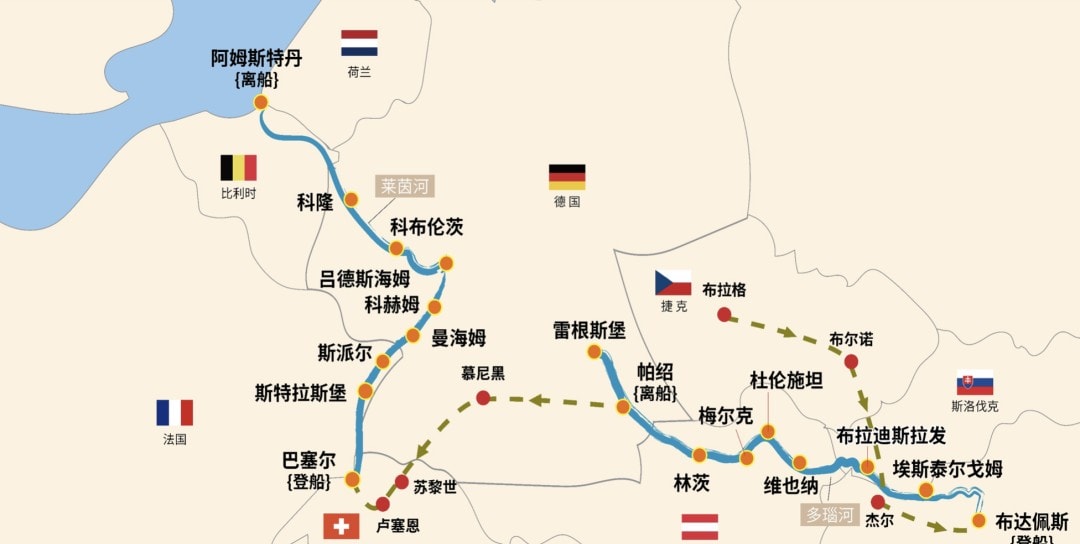
Our itinerary was a classic Danube River journey.
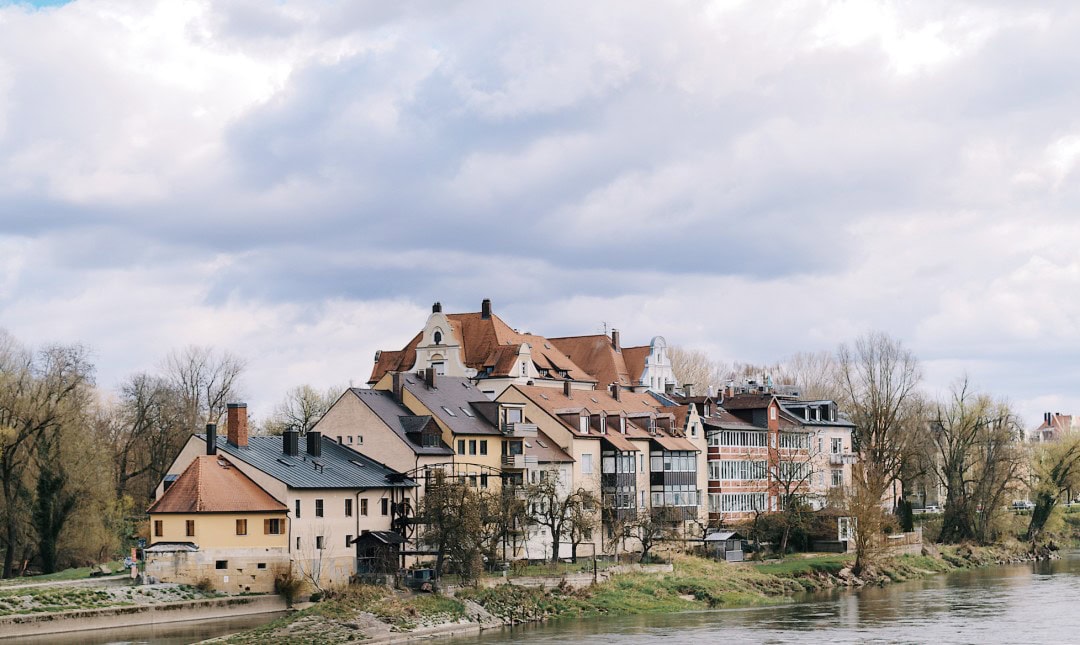
Europe has many rivers suitable for cruising, including the Rhine, Danube, Maine, Rhône, Seine, Douro, and Elbe… Most river cruises operating in the domestic market focus on the Danube and Rhine. I’ll provide a screenshot to show the typical destinations included in these two itineraries.
The Rhine River cruise emphasizes the combination of natural beauty and architecture, while the Danube River route is richer in historic buildings, music, and cultural atmosphere.
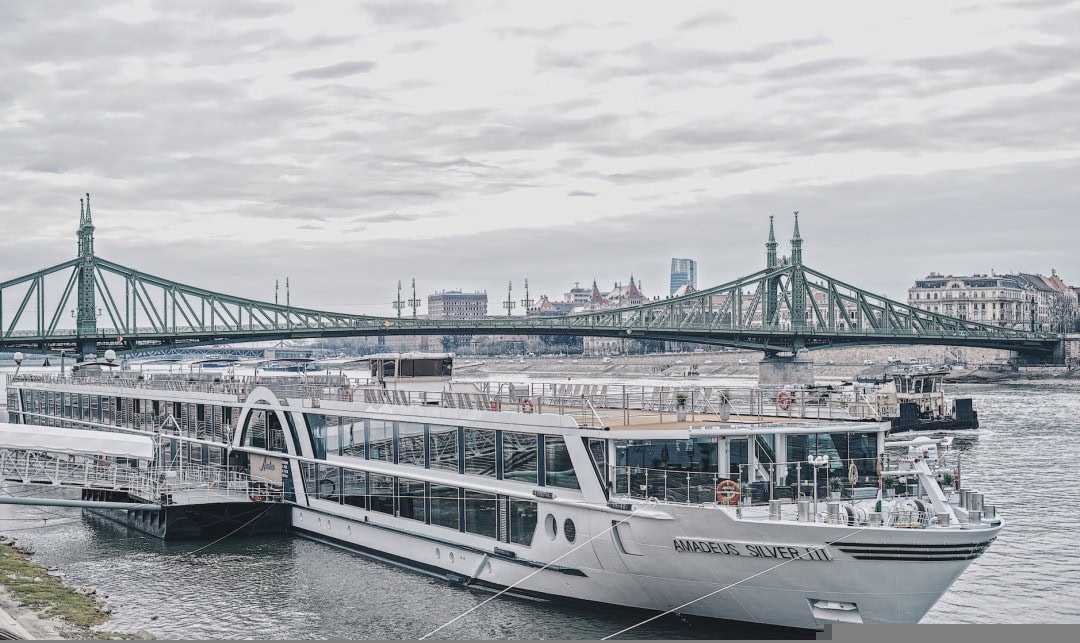
This year, the Danube River cruising market is more popular among Chinese tourists than the Rhine. The reason mainly lies in visa issues; obtaining a German visa has been somewhat challenging this year, and the Rhine primarily involves processing through Germany.
Personally, I have a greater preference for the Danube, as it features many historic towns along its banks.
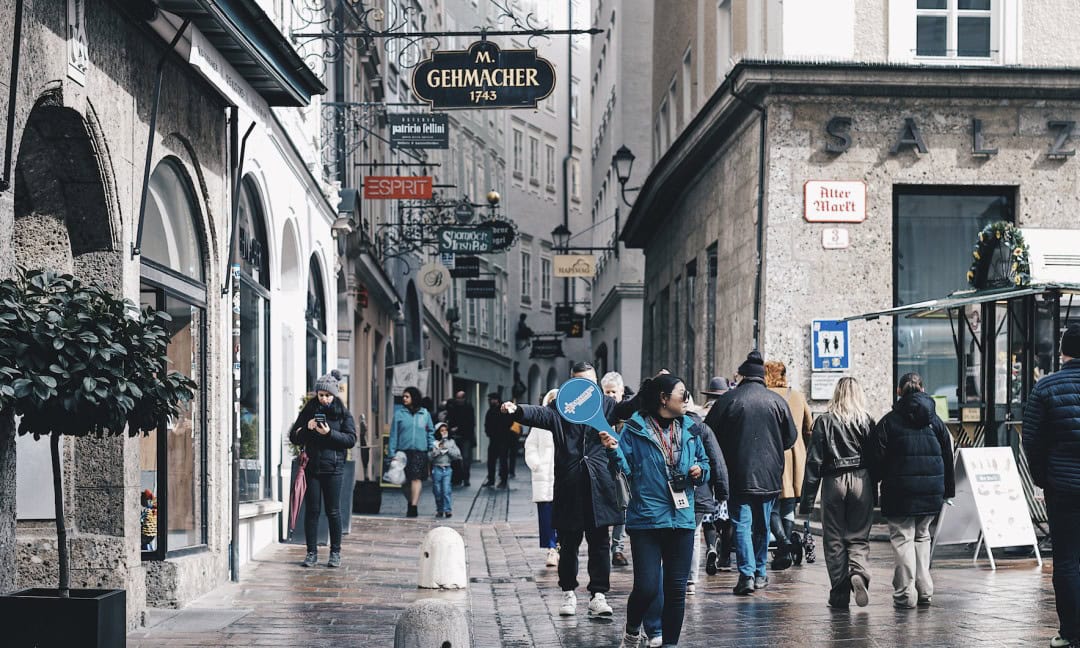
This trip was aboard the Amadeus Silver III, a luxurious ship chartered for Chinese travelers.
Let me also share some tips on how to choose a river cruise.
1) Always opt for a chartered vessel for the Chinese.
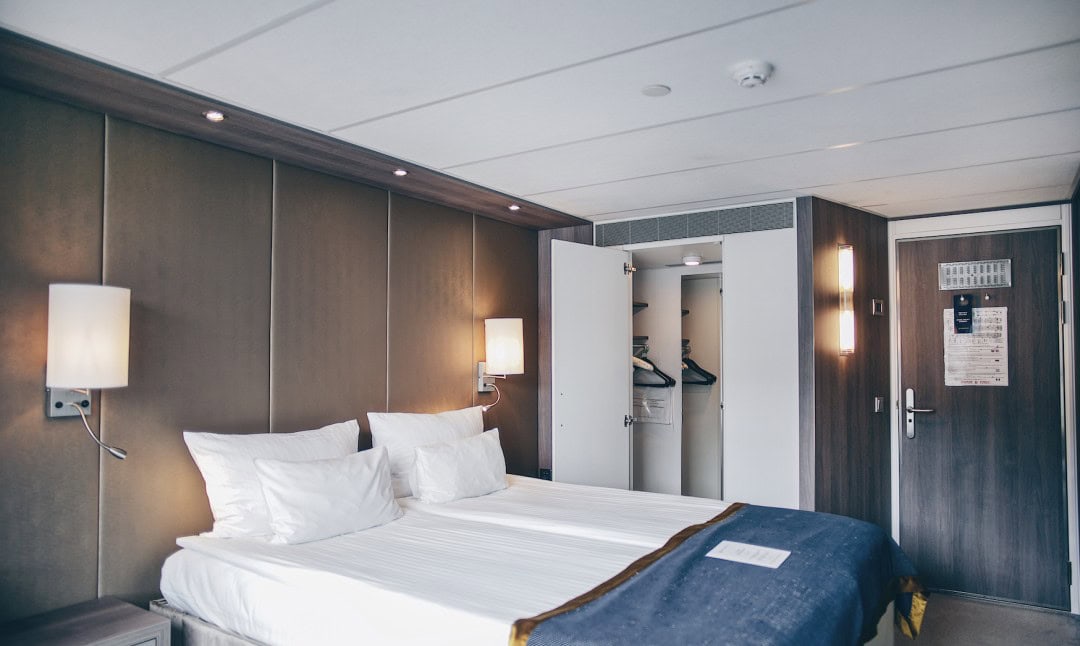
River cruising operations vary by region; on the same Danube River, there are ships exclusively for Chinese travelers and those designated for other countries.
Since there are only about 100 people on board, the travel styles and dietary habits of different nationalities may not blend well. Moreover, river cruises often include on-ground itineraries where an understanding of the local context is essential; a shared language setting simplifies communication immensely.
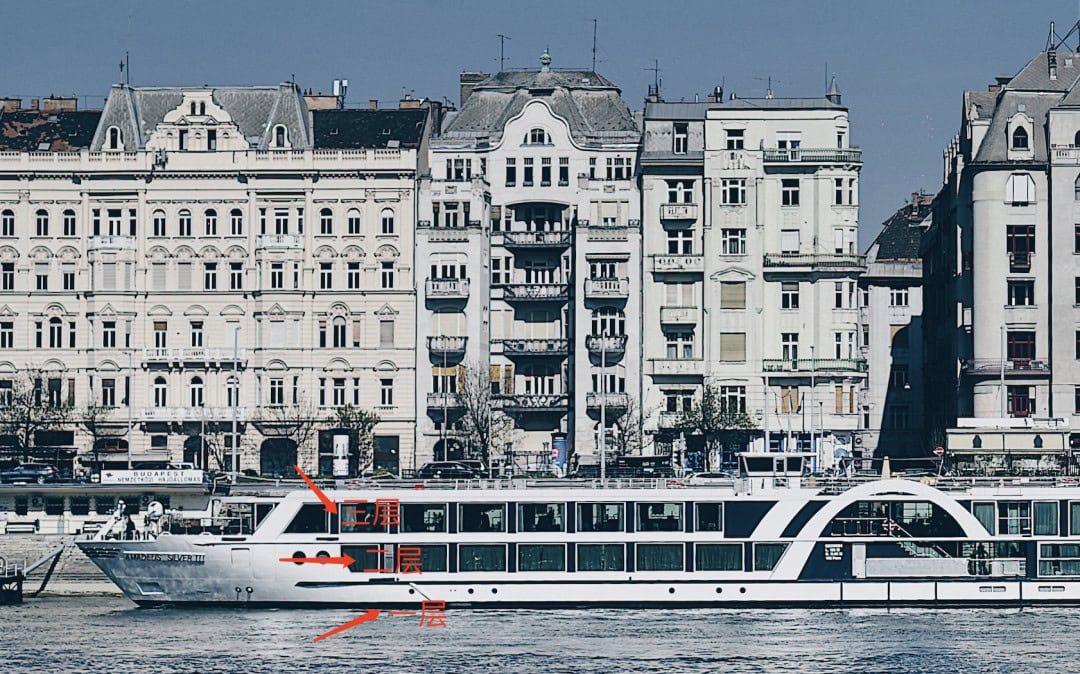
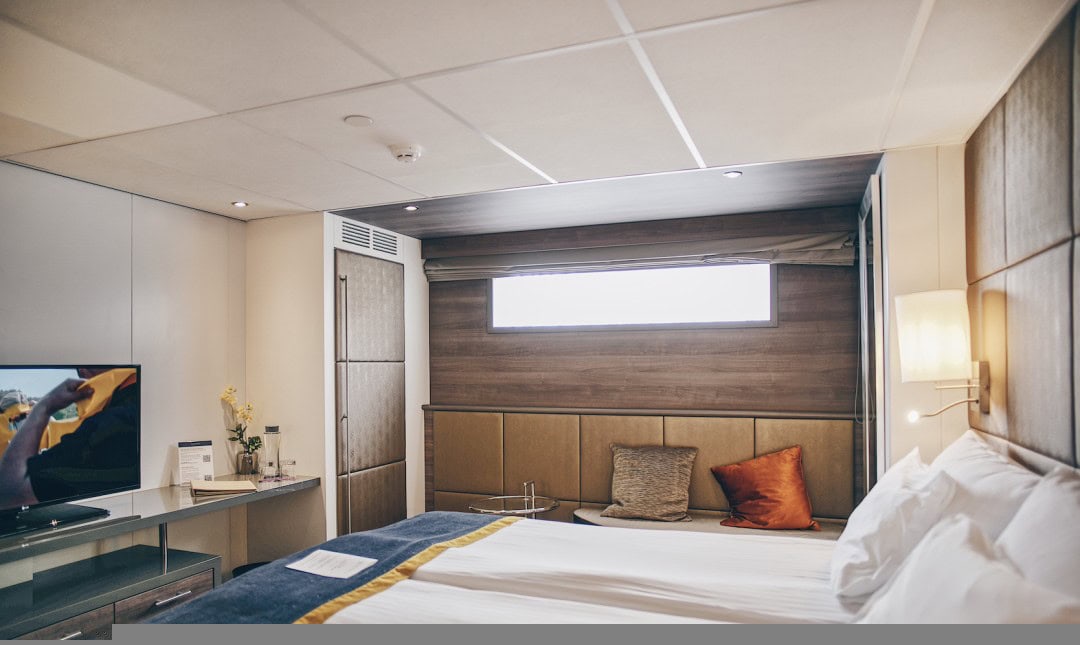
2) Pay close attention to the cruise’s specifications.
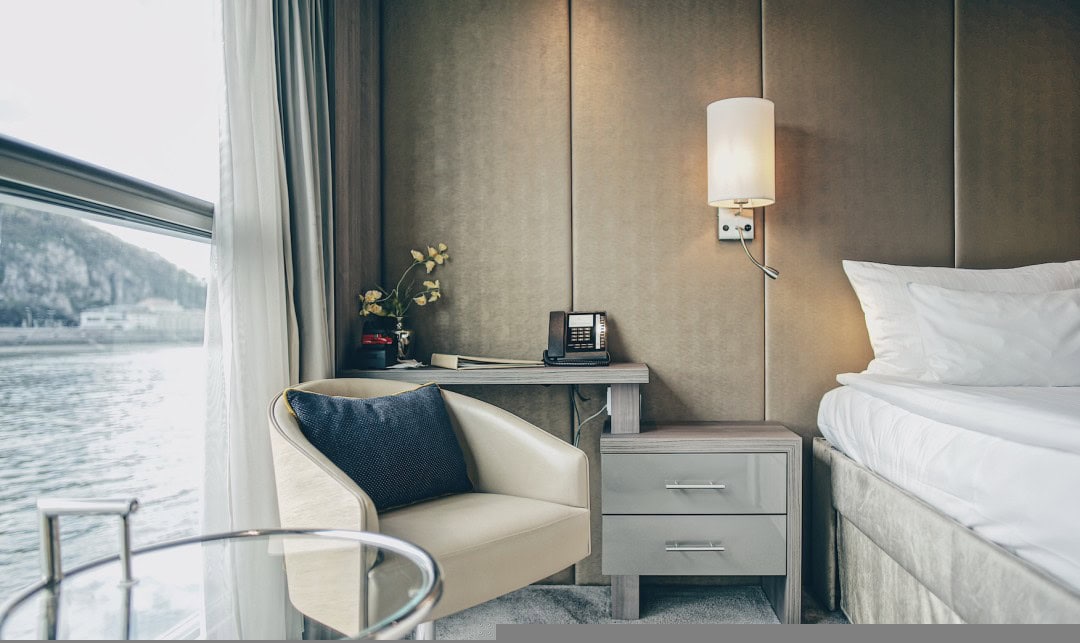
Key specifications to consider include:
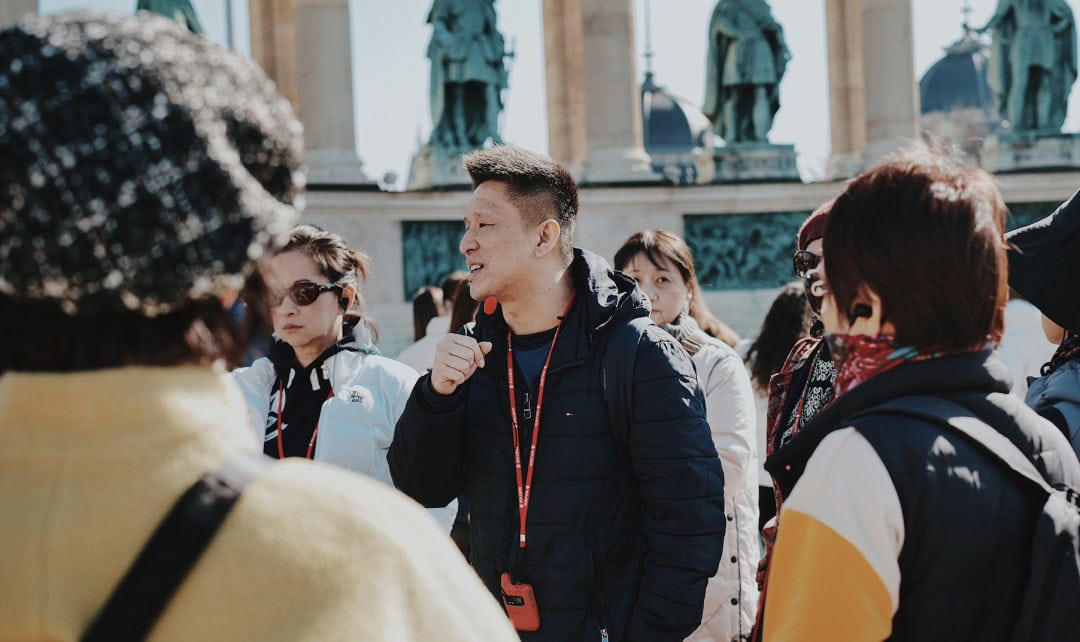
– Year of construction (or renovation); newer ships typically have better facilities.
– Cabin size; larger rooms provide more comfort. This is crucial because most river cruise cabins are relatively small (less than 20 square meters), and if the room is particularly cramped (less than 14 square meters), it can be quite uncomfortable.
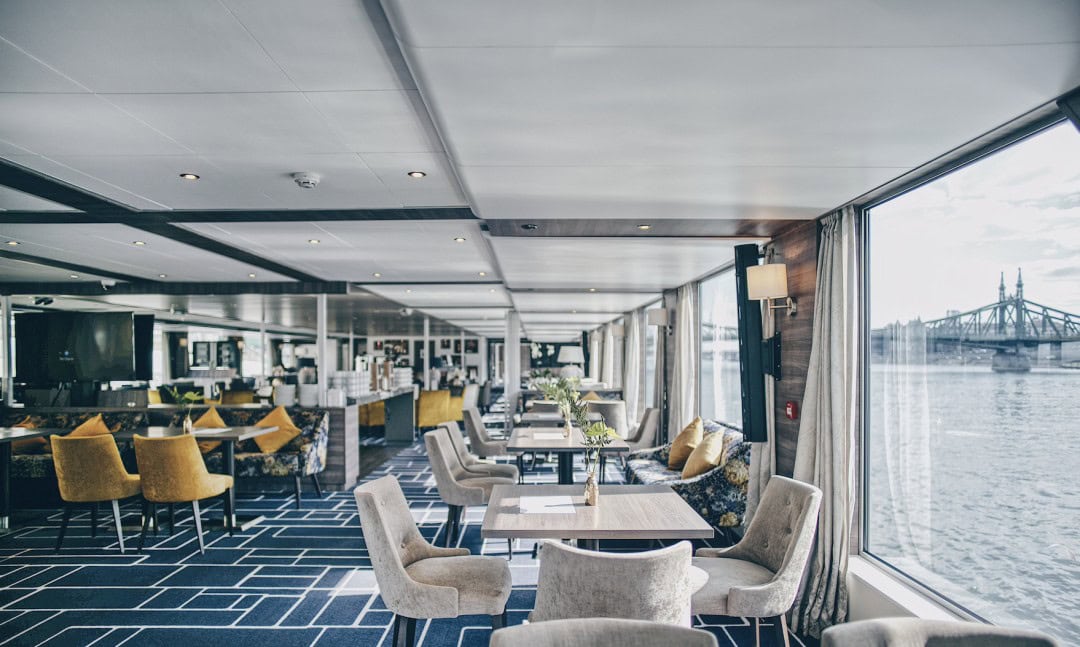
Regarding cabin details, it’s worth noting that nearly every cabin on the first deck is located below water level.
I’ll share a picture for clarity.
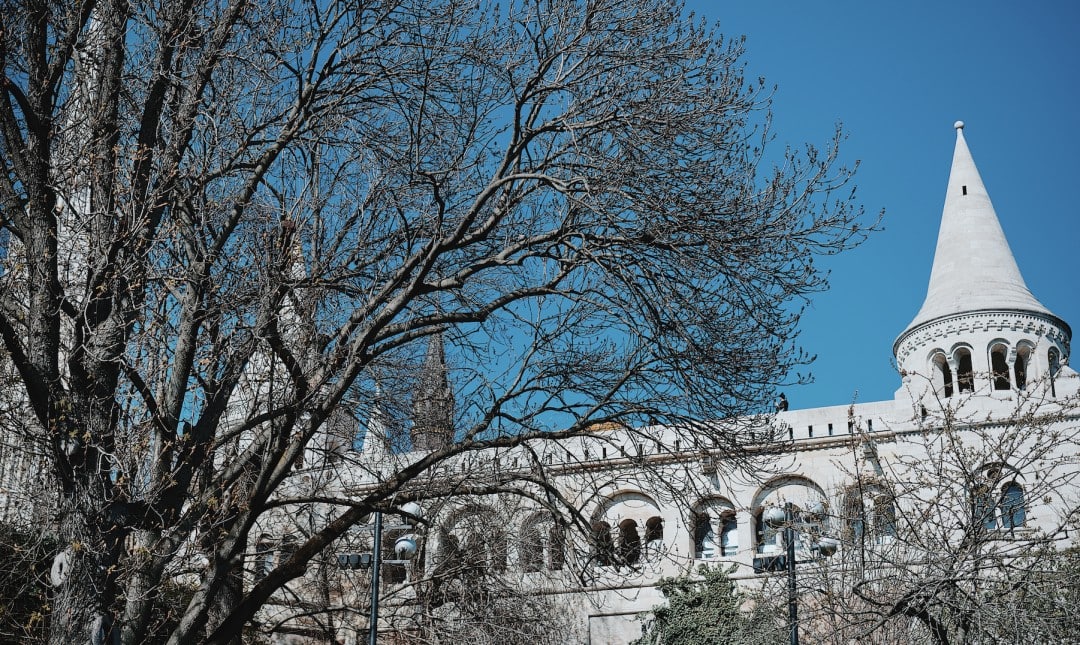
Thus, cabins on the first deck typically have only a long, narrow window.
If this aspect is particularly concerning for you, it’s advisable to pick rooms starting from the second deck. On better ships, second-deck cabins often feature large floor-to-ceiling windows or even balconies.
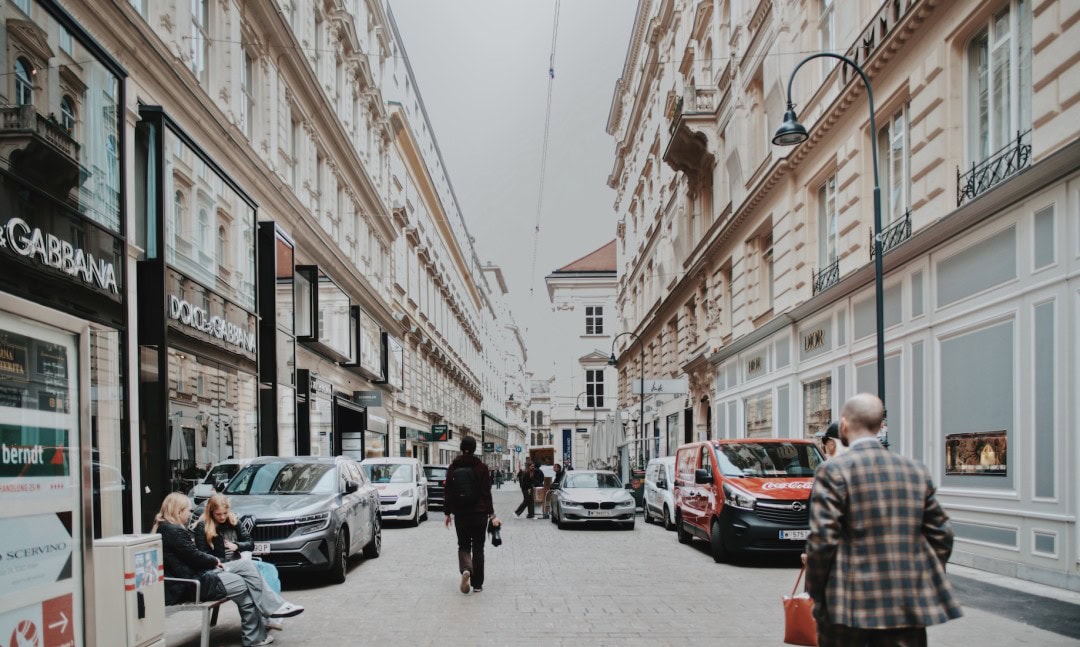
The numbers of crew members and maximum passenger capacity indicate the level of service on board. The lower the ratio of crew to passengers, the better the service experience.
The number of days spent on the cruise matters too; many European river tours may spend only 4-5 nights on the ship, with additional nights in hotels on land, while some river cruises offer 7-8 nights on board. The latter is preferable since the river cruise serves as a mobile hotel, avoiding the hassle of moving luggage while providing good meals and comfortable accommodations.
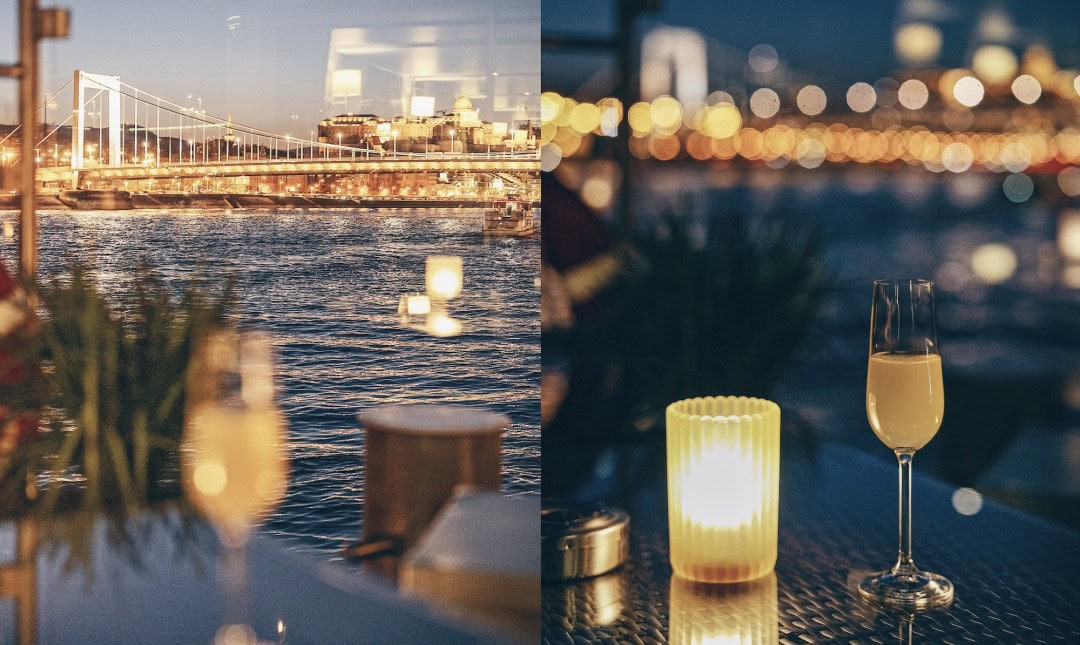
3) Consider the price of the river cruise and what that price includes.
For example, find out if beverages are complimentary, if Wi-Fi is included for free, if the shore excursions are complimentary, and whether the entrance fees to attractions are free or simply a distant view, as well as what complimentary shore activities are provided.
It’s essential to pay attention to this; I’ve seen cruises claim to offer free shore excursions, which turned out to only be basic city walks, while slightly more complex activities required additional fees.
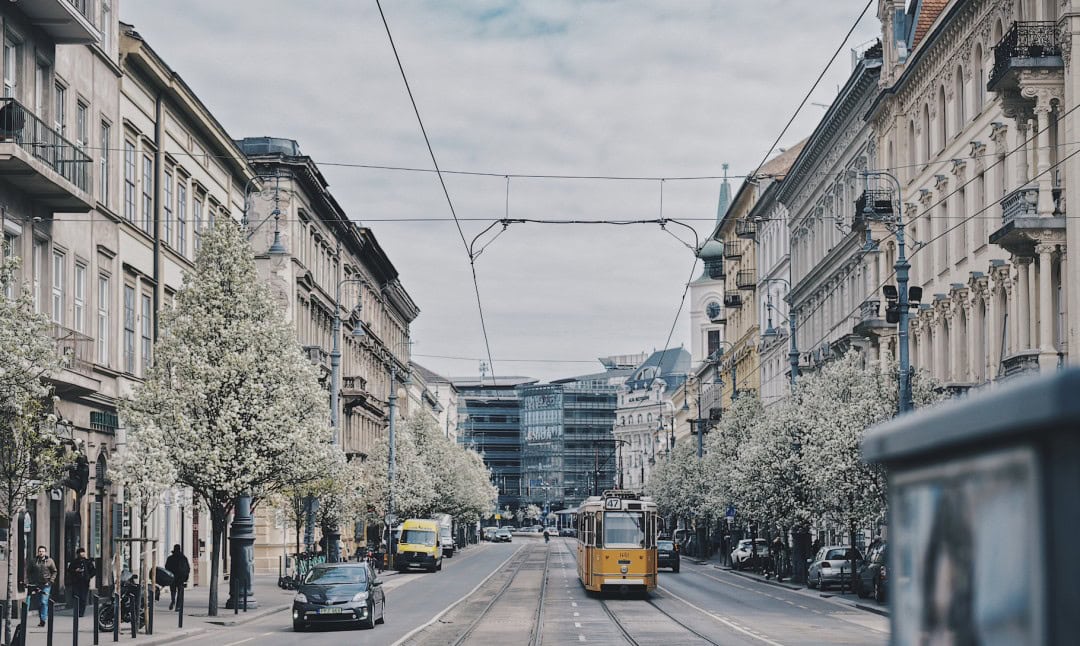
Determine whether there are optional excursions or shopping opportunities.
River cruises are generally high-end, so shopping and optional excursions are usually minimal, but a few may still have these options. Be cautious when selecting; however, visiting outlet malls or having free time in major city shopping streets does not count as shopping.
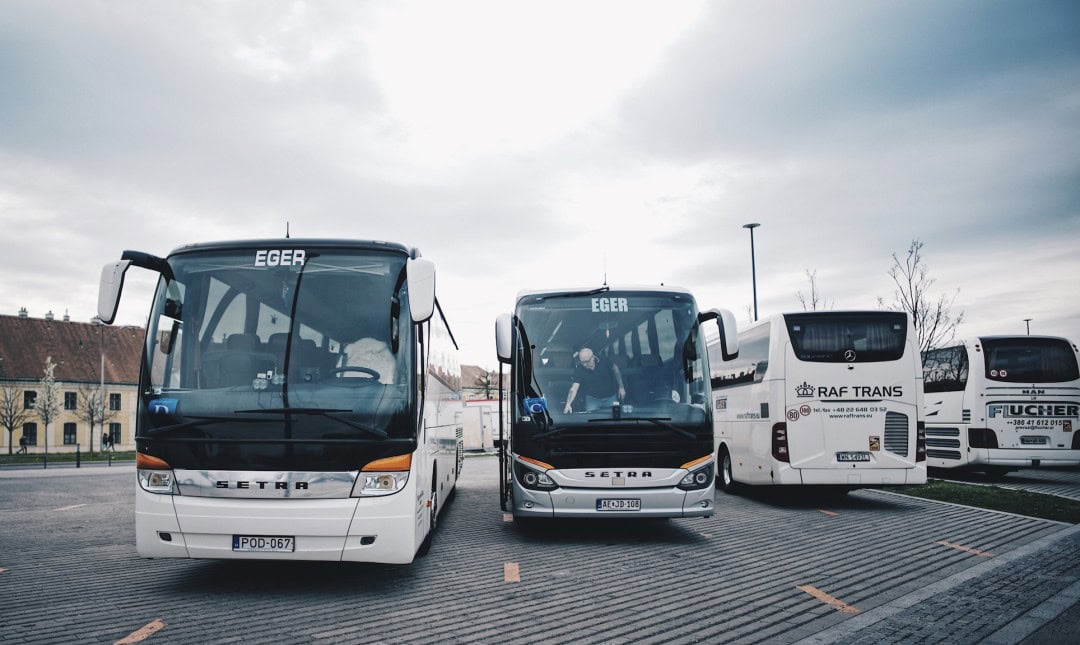
There are currently only a few chartered vessels for Chinese travelers, so comparing prices and features will yield logical conclusions.
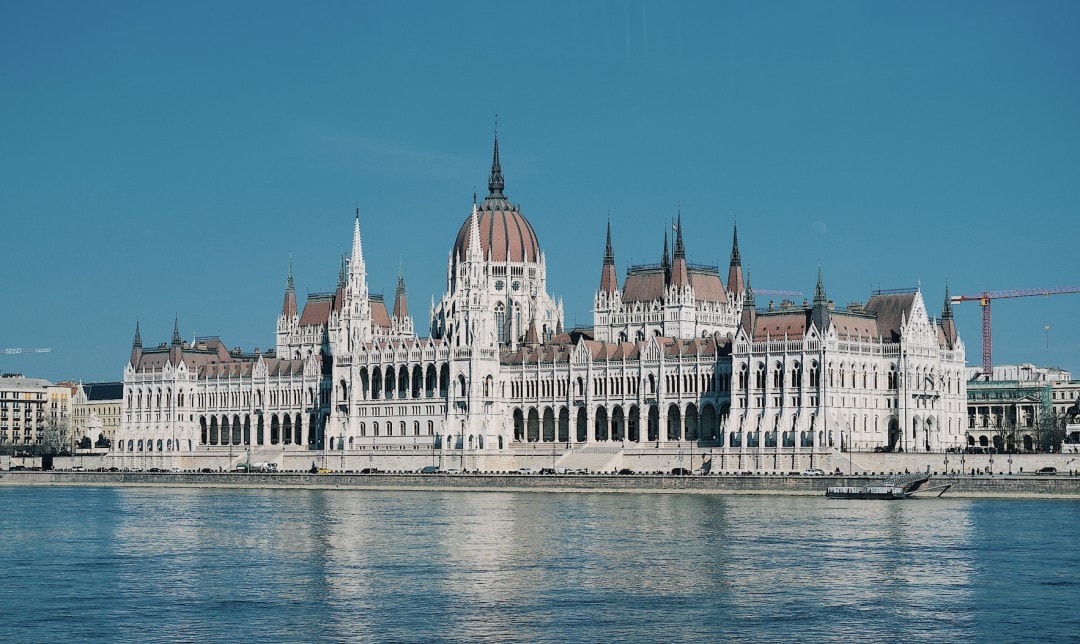
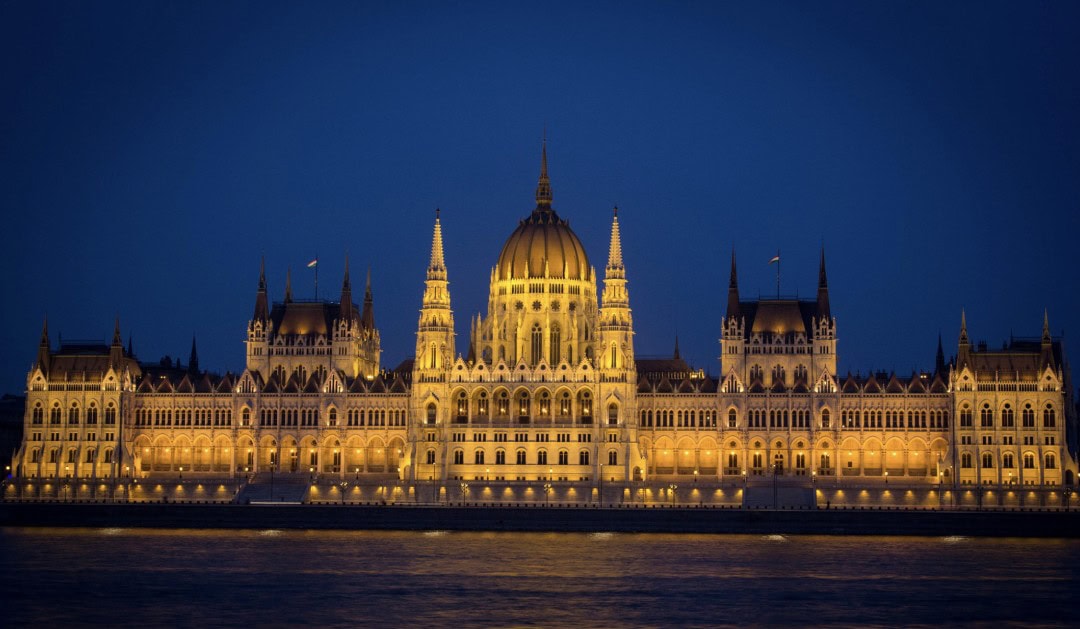
Unfortunately, we can’t publicly share specific parameters for these river cruises, nor can we directly indicate which ships are superior to others due to potential complaints from the companies. Therefore, we can only share some strategies for selecting a ship.
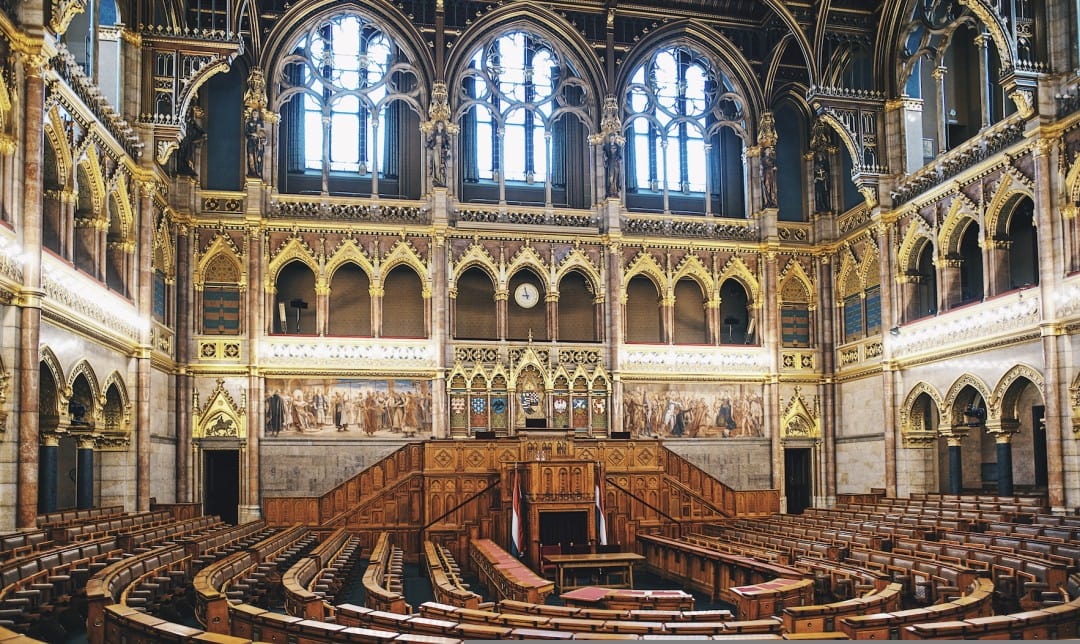
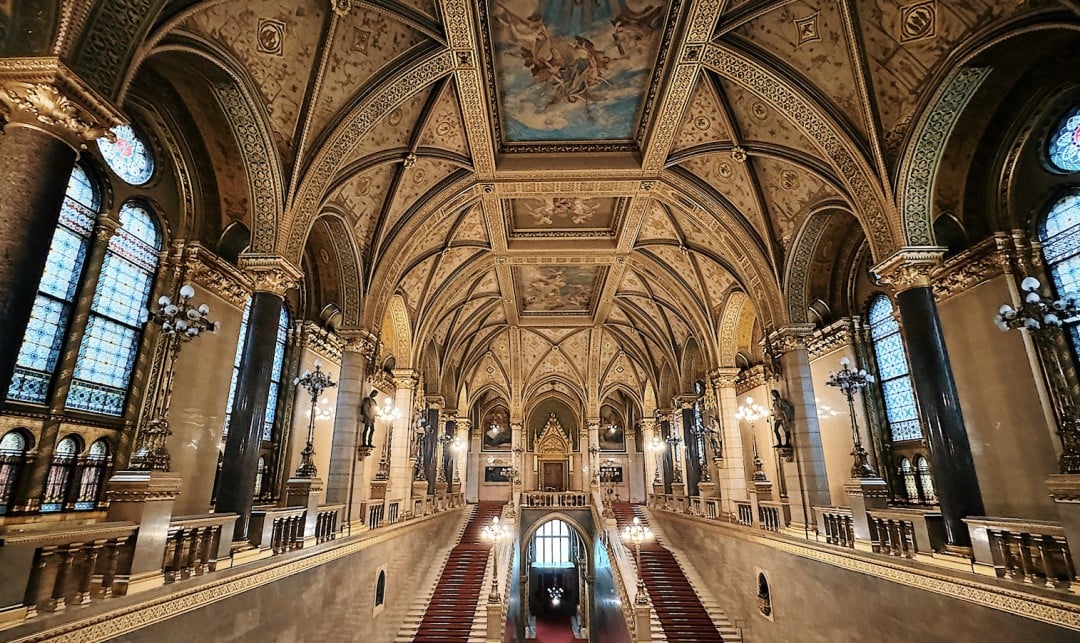
Now, let me outline our trip itinerary.
Day 1: Shanghai – Budapest
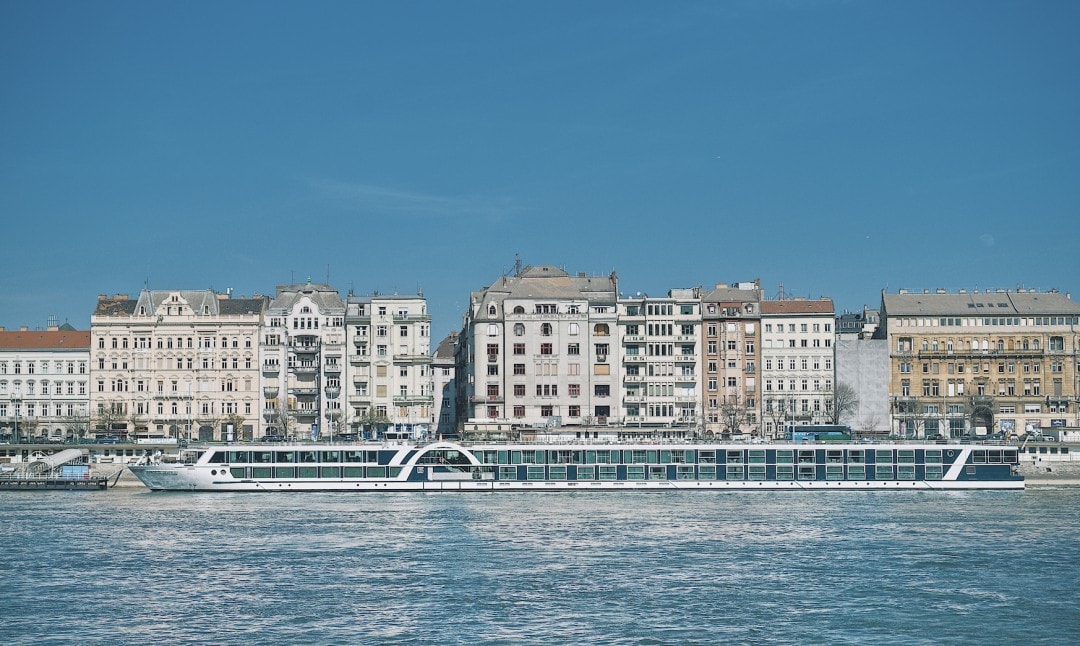 On the first day, we didn’t board the ship immediately; instead, we rested at a local hotel in Budapest.
On the first day, we didn’t board the ship immediately; instead, we rested at a local hotel in Budapest.
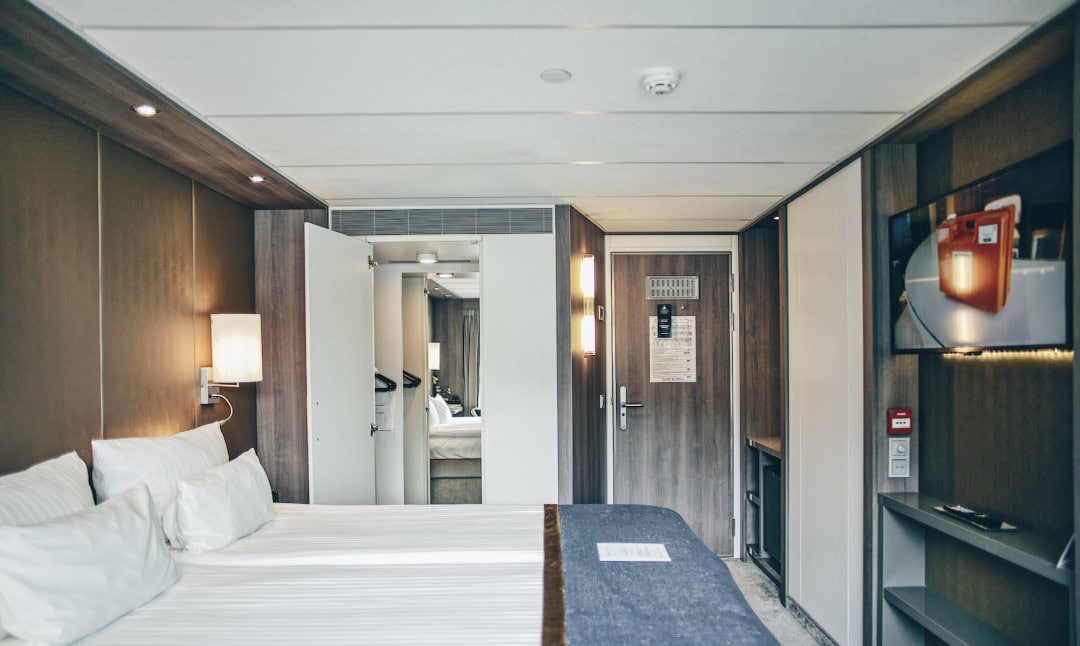
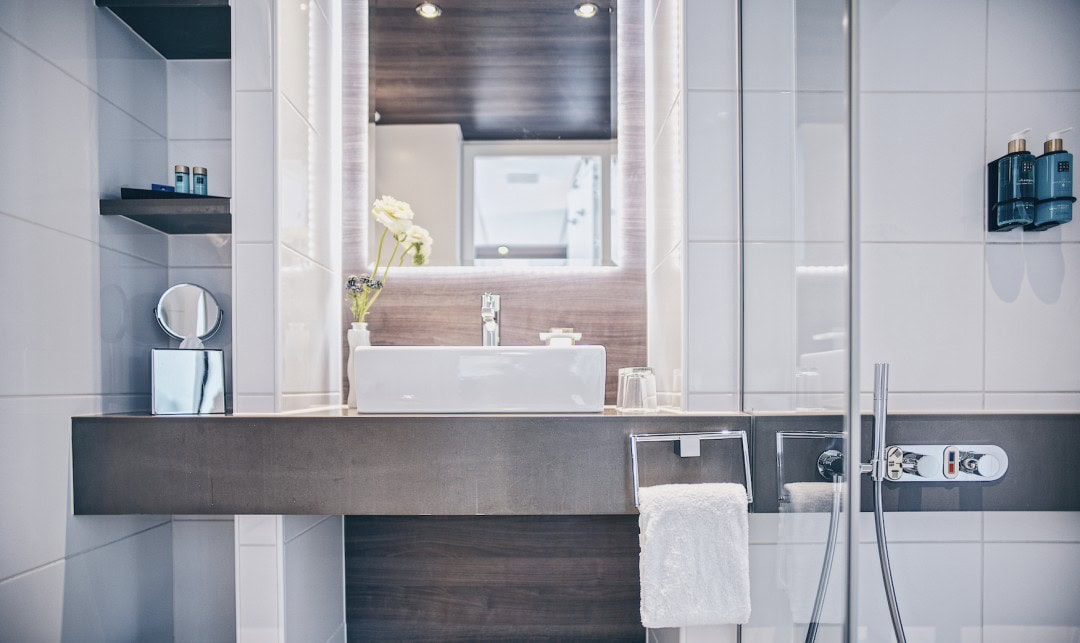
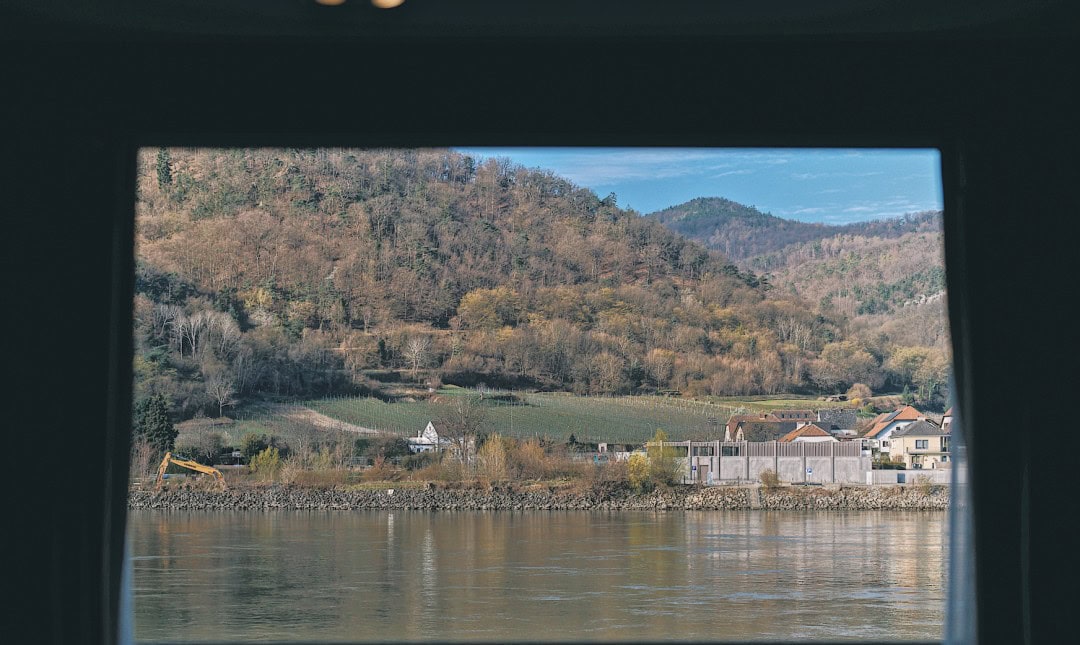
Day 2: Budapest + Lake Balaton, Szekesfehervar
We visited the Hungarian Parliament in the morning, followed by a bus ride to Lake Balaton and Szekesfehervar. We boarded the ship in the evening to commence our river cruising journey.
The cruise package includes a riverboat and several buses that follow the ship throughout the journey, which makes it very convenient.
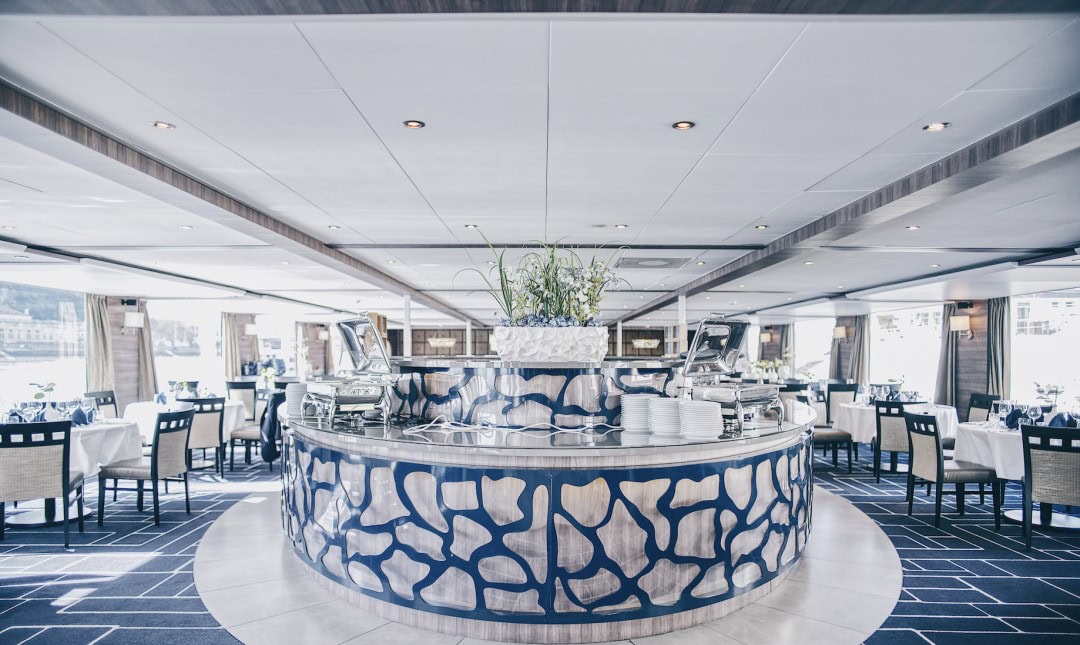
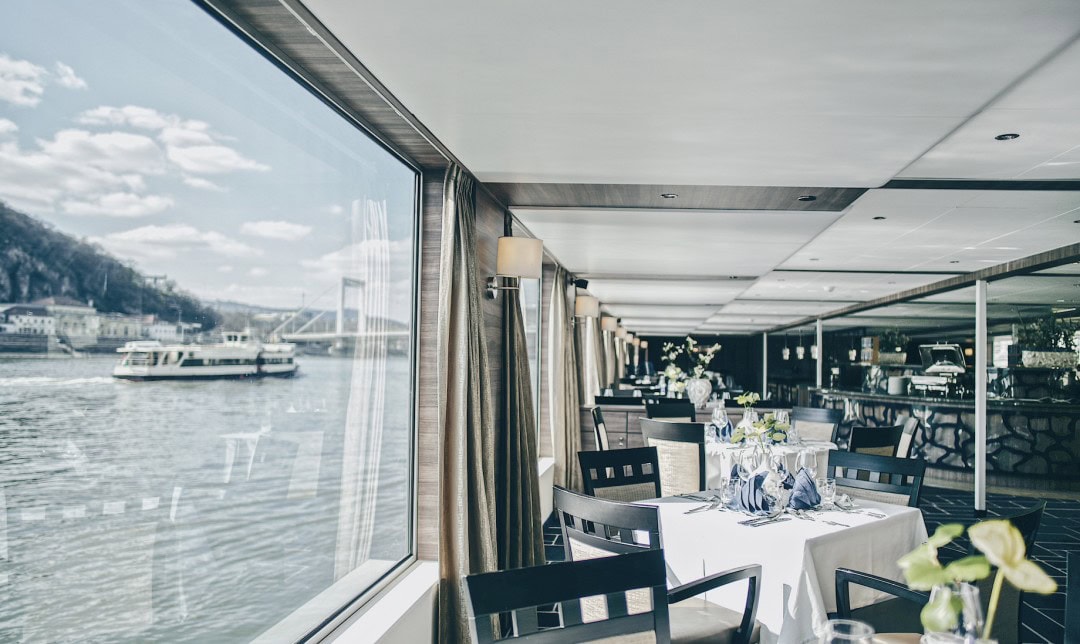
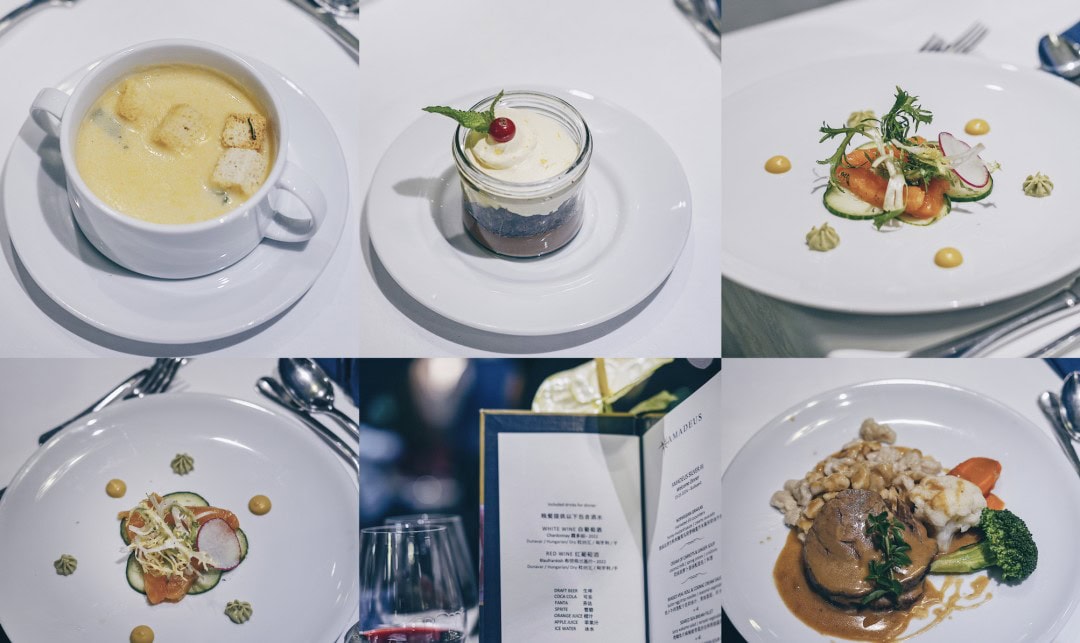
The Hungarian Parliament is an iconic landmark in Budapest, best appreciated both during the day and at night. During the day, you can tour the interior, while at night, the night view is just as stunning. Whether you approach it closely or admire it from a boat on the Danube River, it is breathtaking.
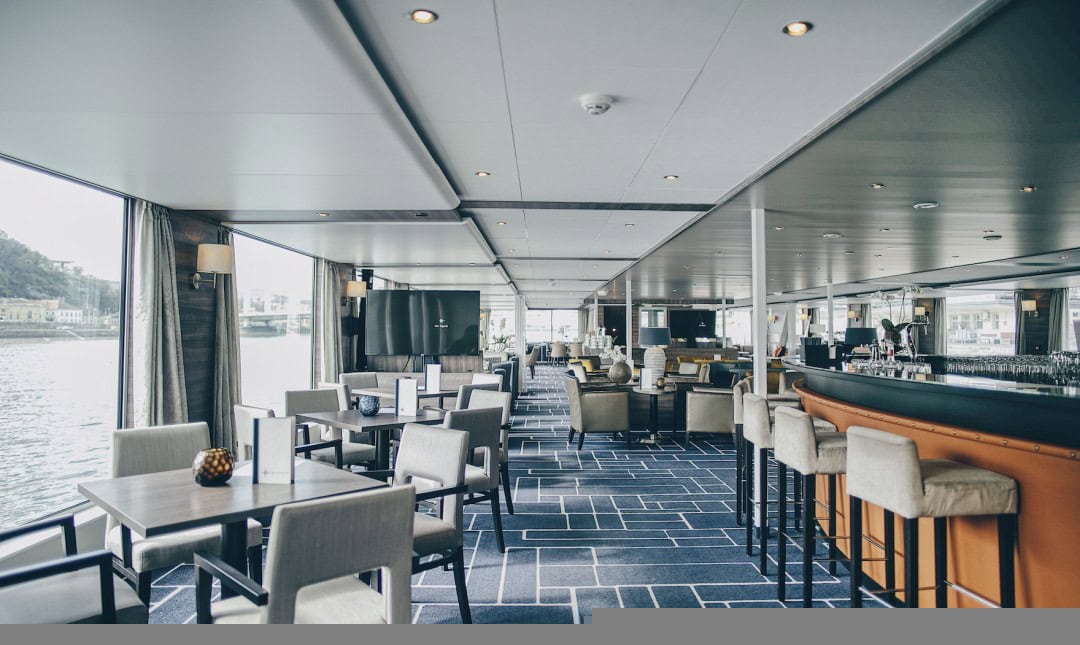
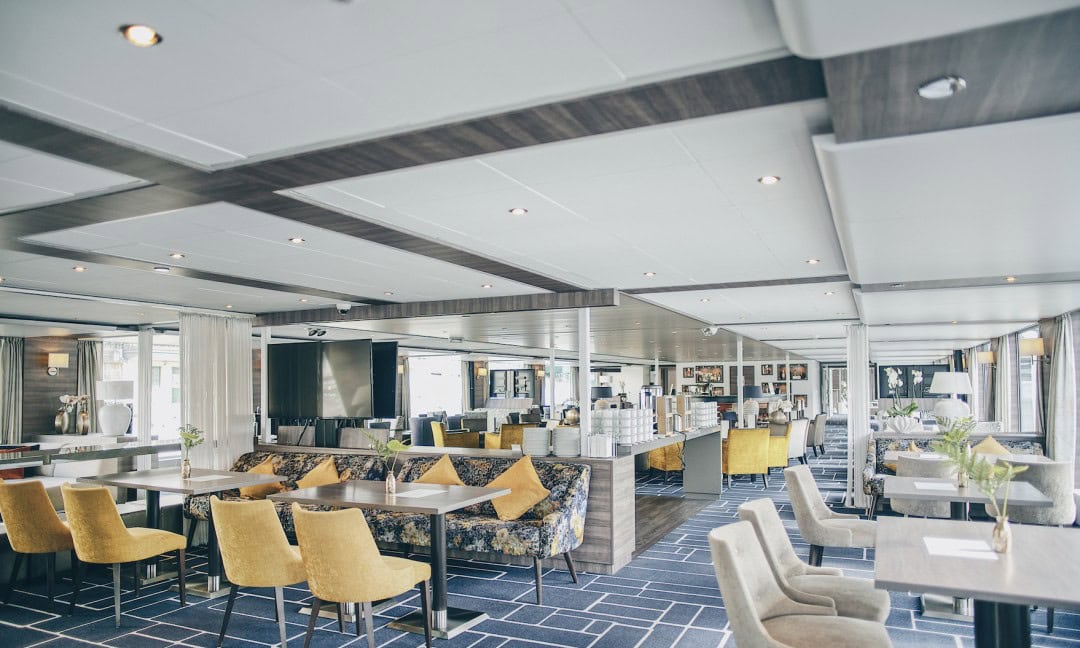
It’s beautiful both day and night.
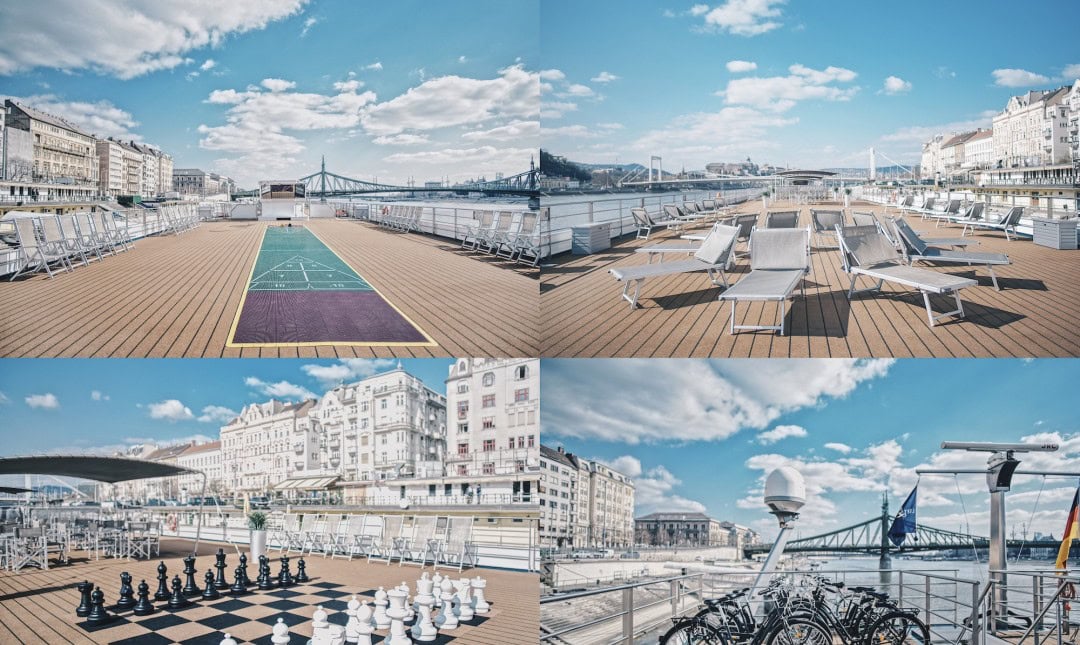
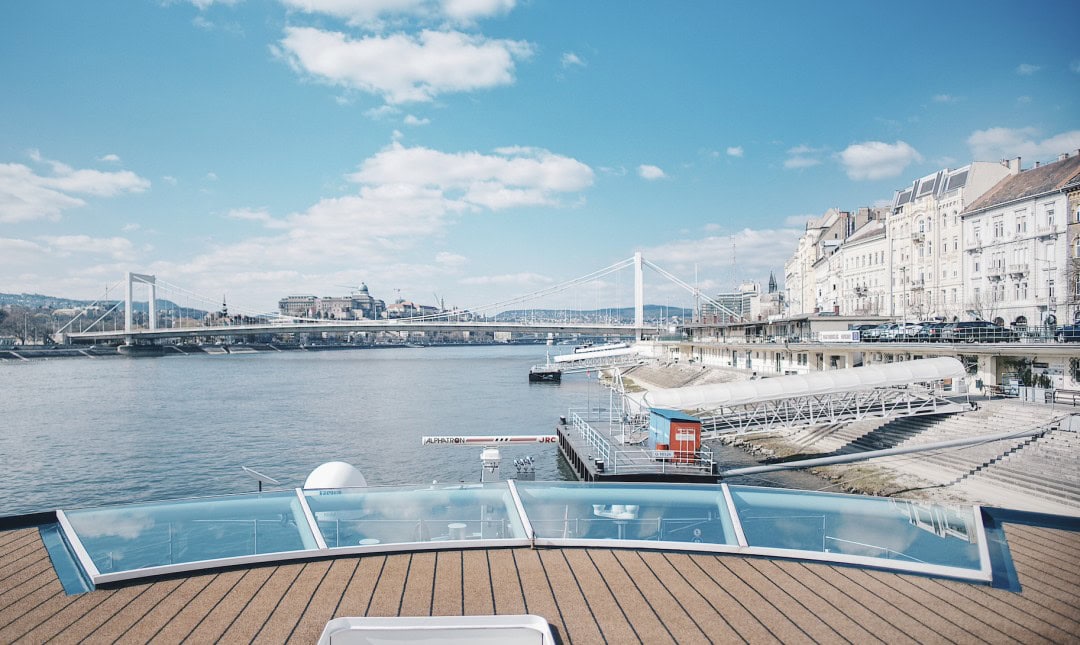
Interior visits require reservation and strict limits on group size. So, many groups merely view the Parliament building from a distance; it’s definitely worth going inside. There’s much to be experienced here.
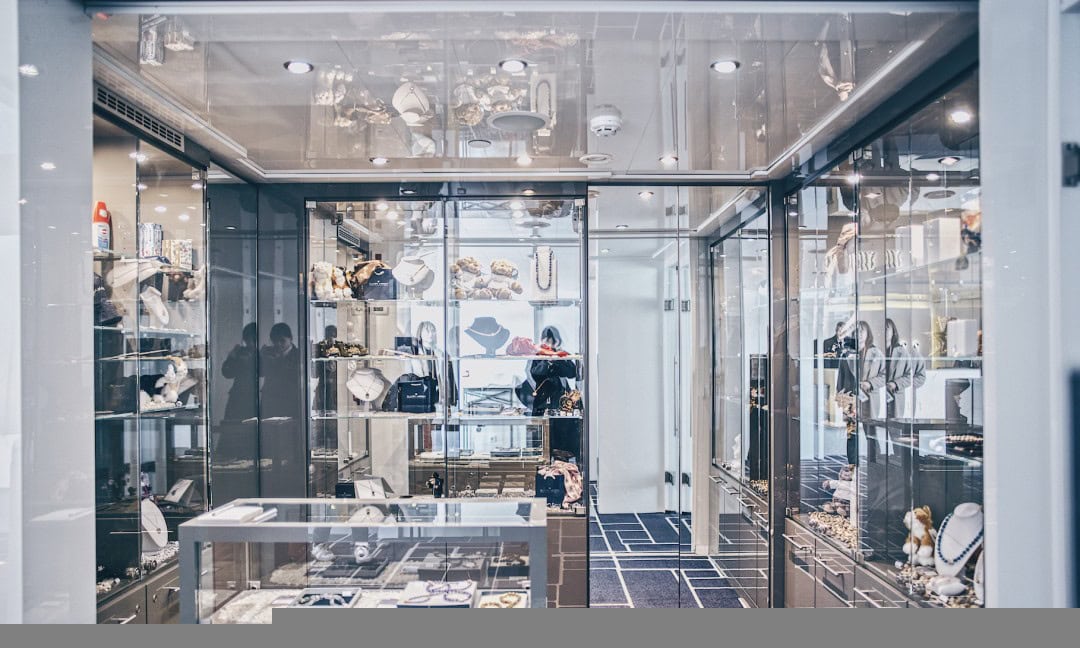
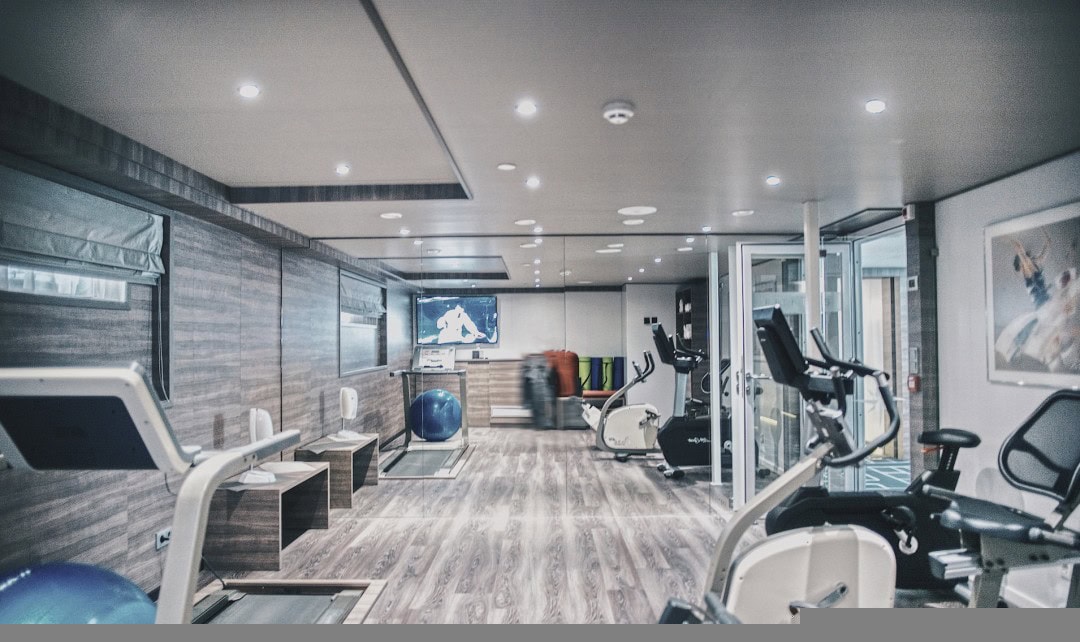
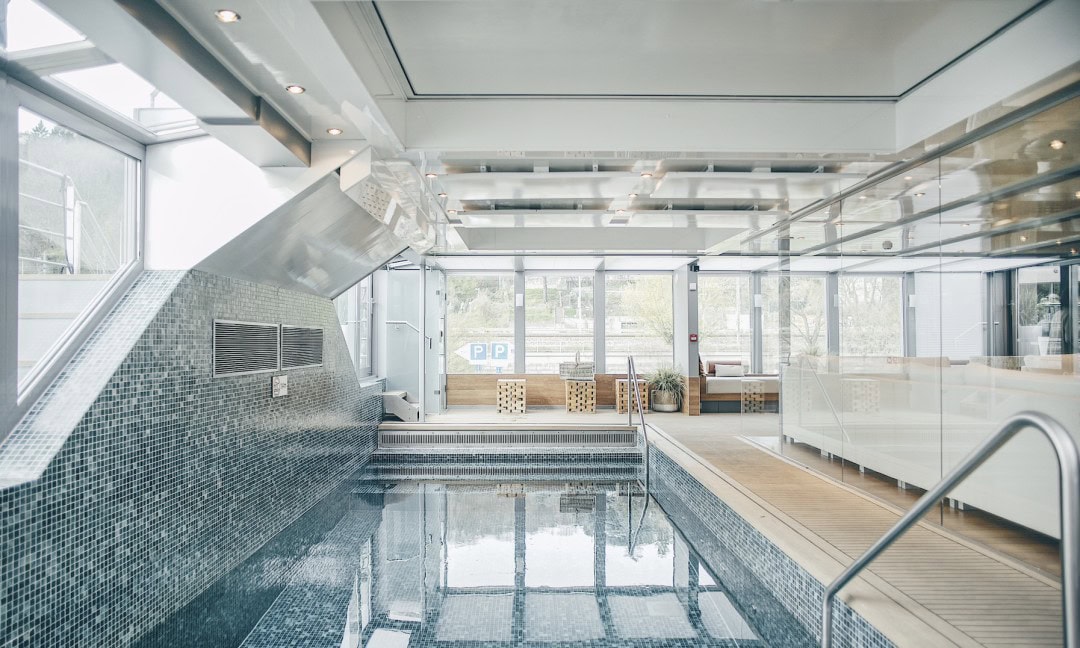
We didn’t go to Lake Balaton and Szekesfehervar, as we rushed back to the ship to take photos. At this time, apart from the crew, no other passengers were on the boat, making it the perfect moment to capture empty shots.
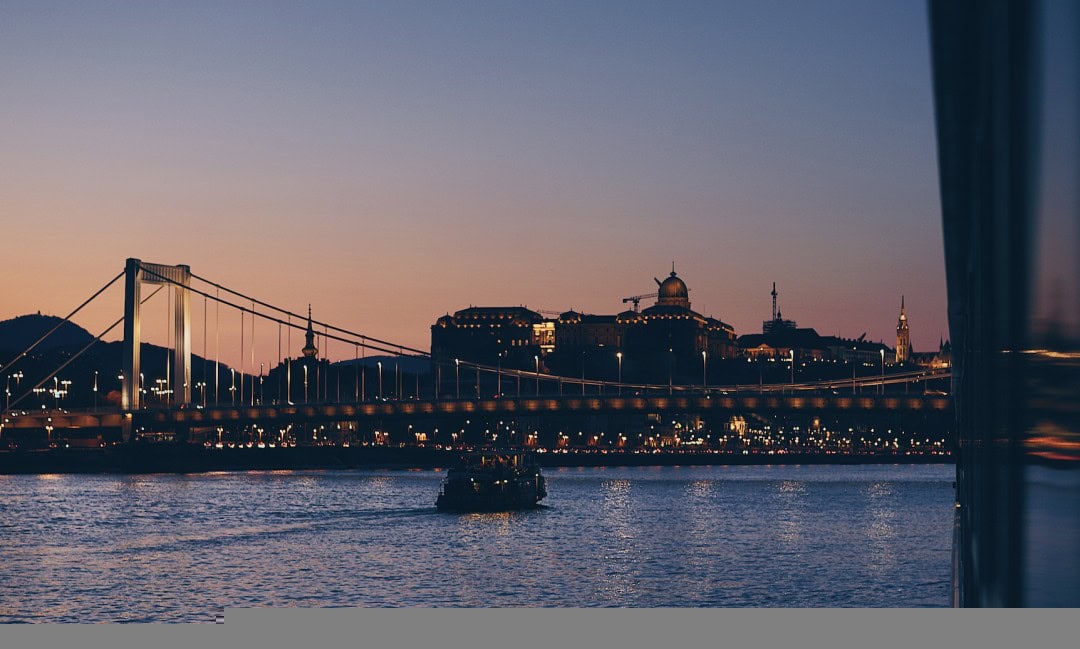
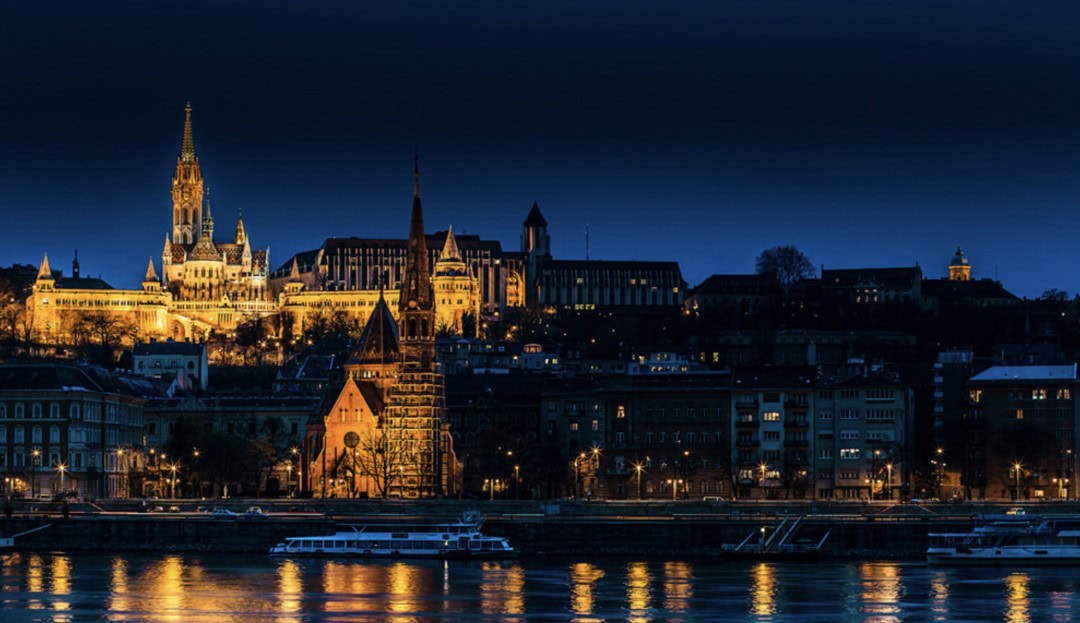
Being a travel blogger isn’t as easy as it seems—while others are enjoying their trip, we are busy filming scenes on the riverboat.
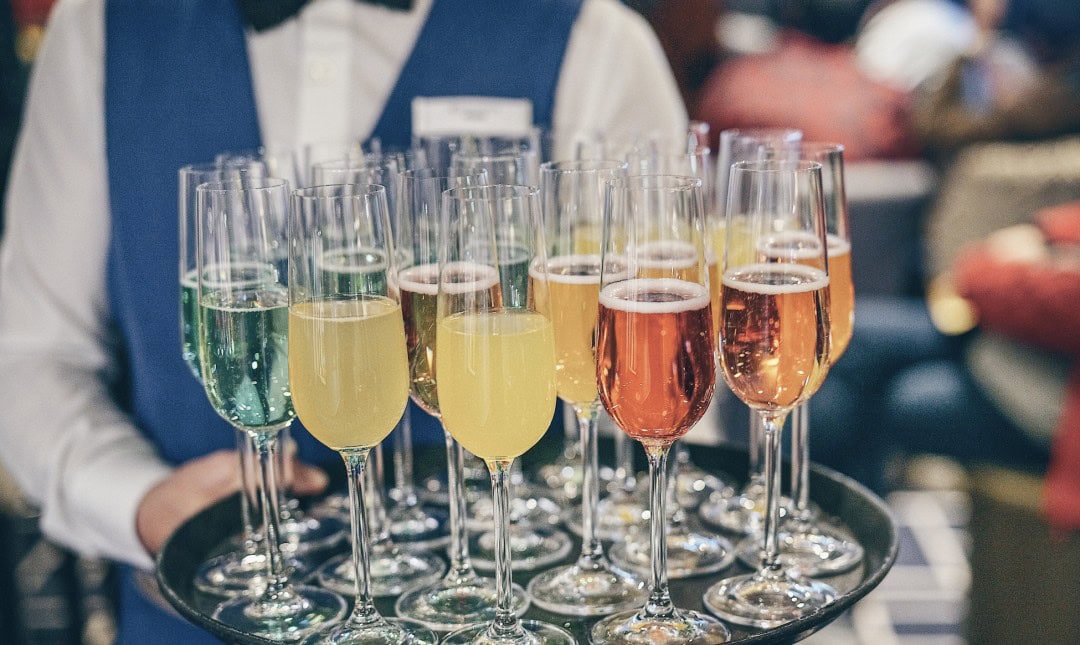
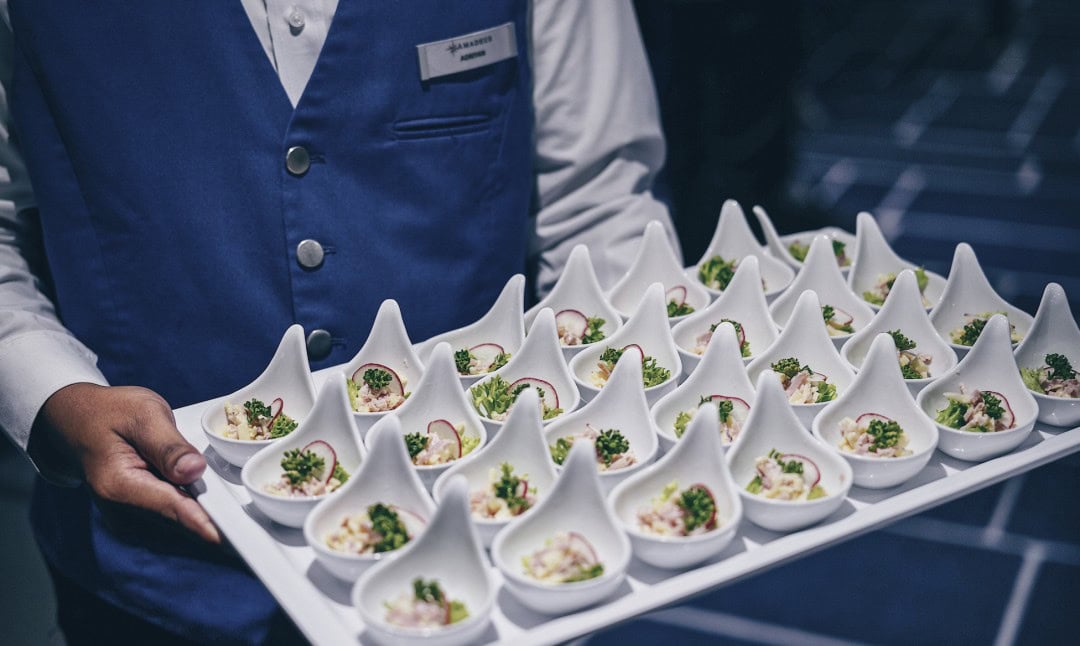
The Amadeus Silver III is a wonderful ship.
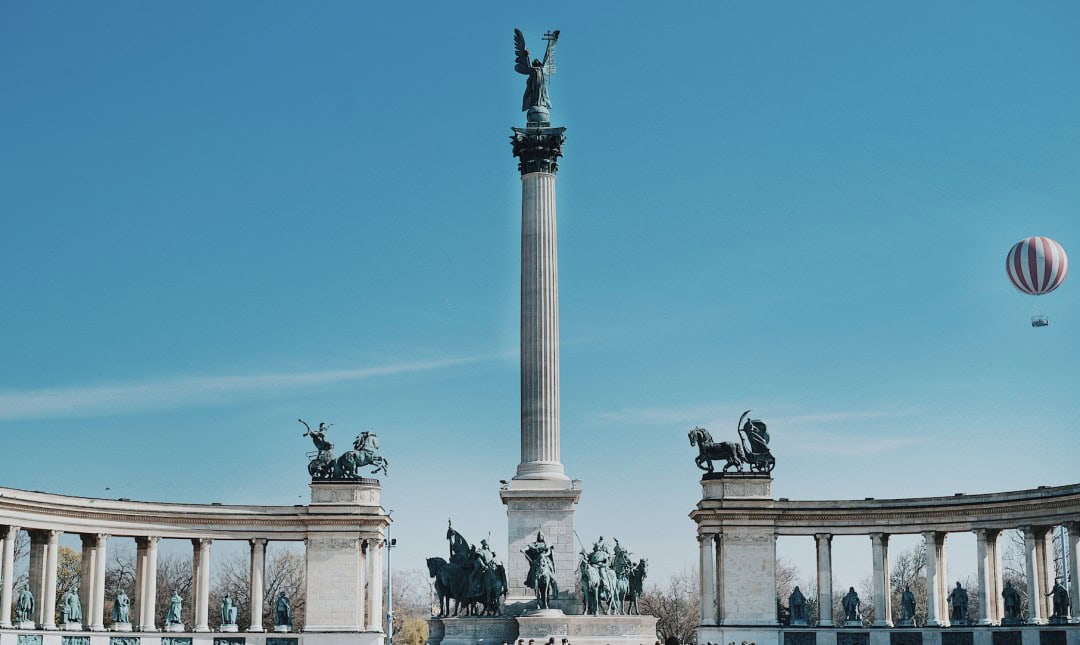
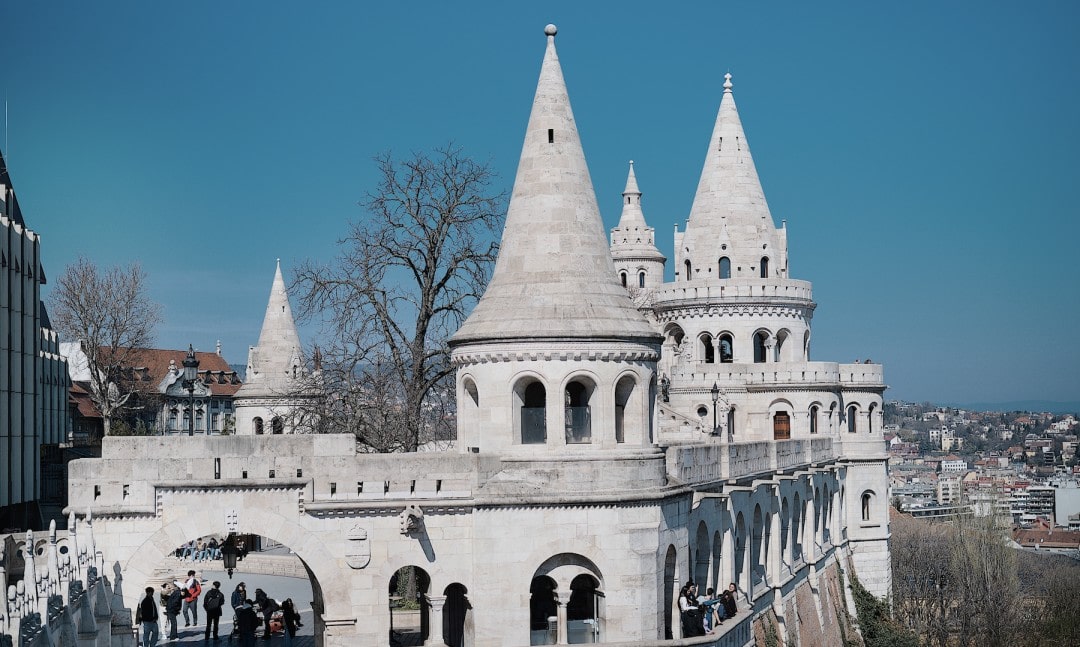
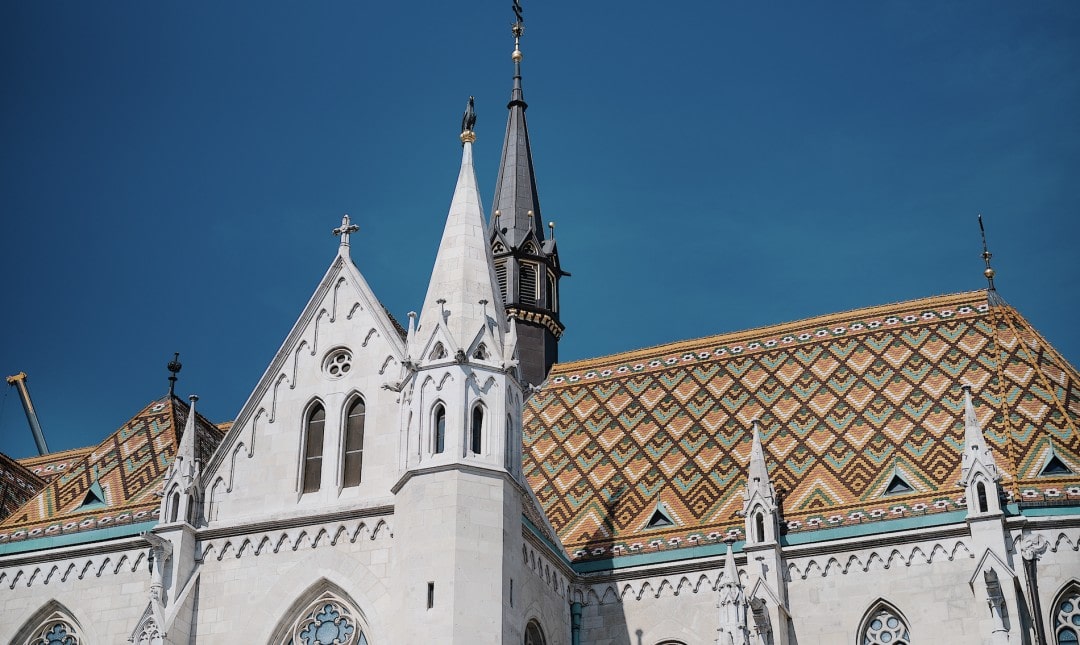
With a total of four decks, the first deck mainly houses basic cabins while the second deck has rooms and the dining area; the third deck features additional cabins and a club lounge, and the fourth deck is the sun deck.
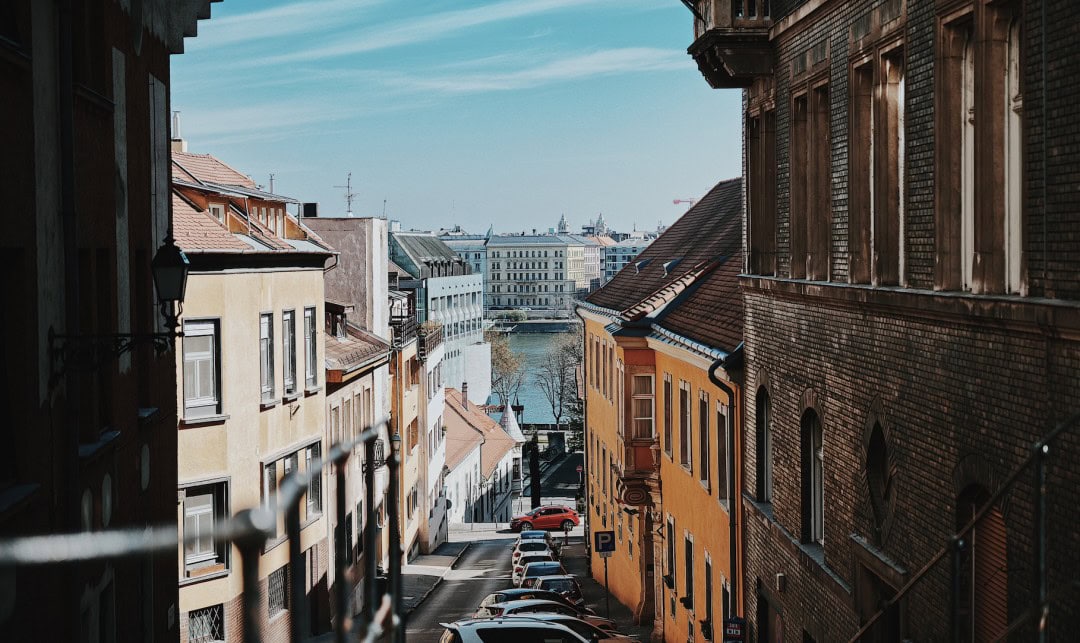
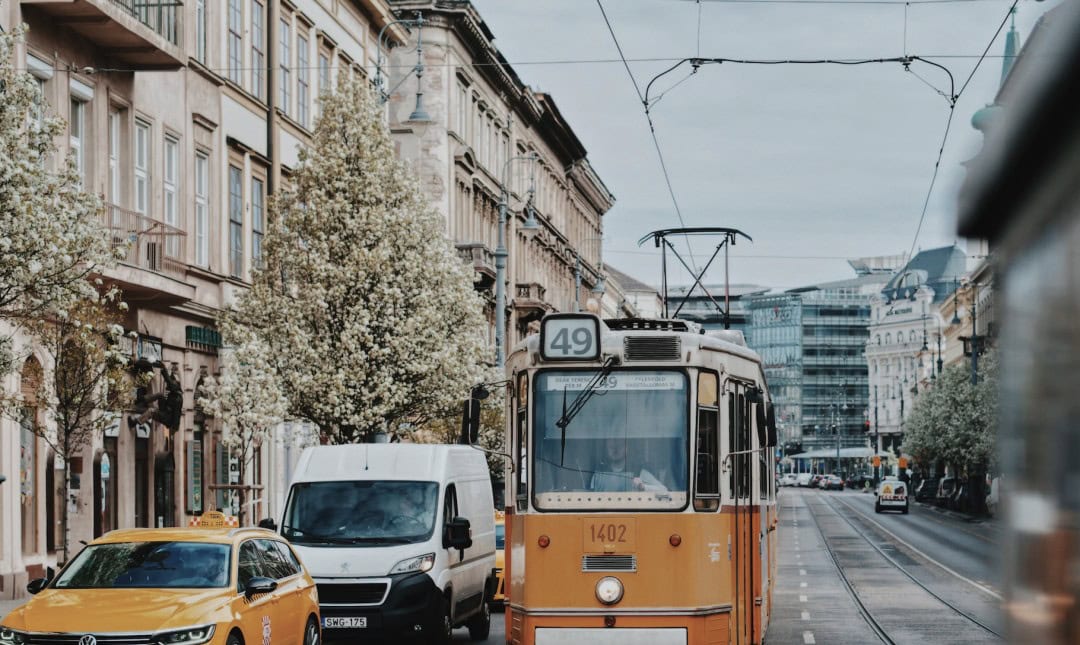
Riverboats do not sway, so higher rooms are generally better.
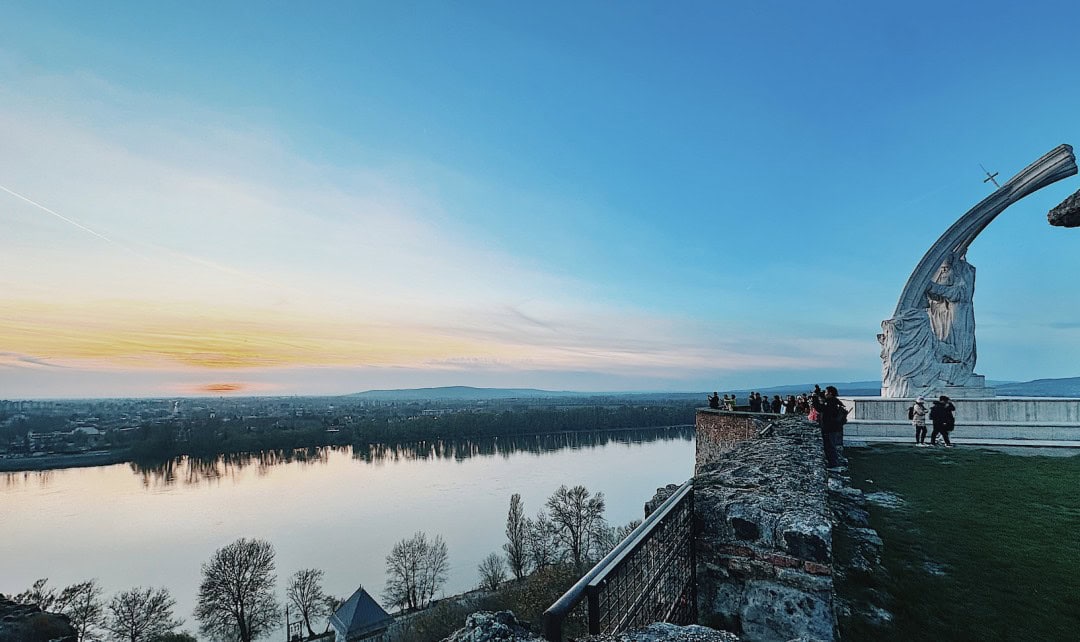
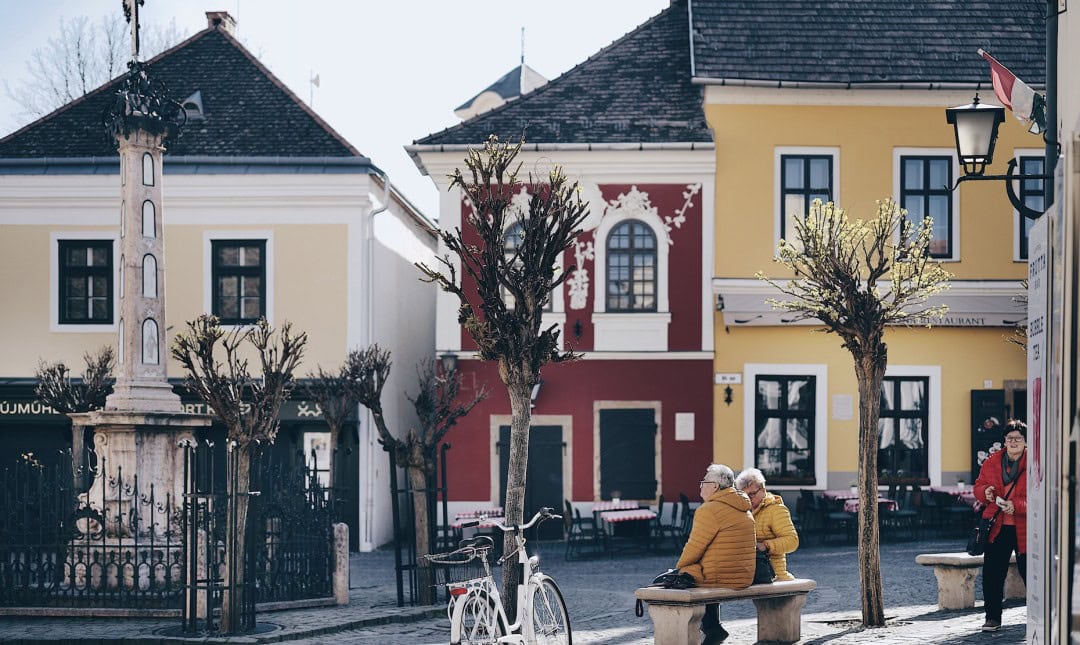
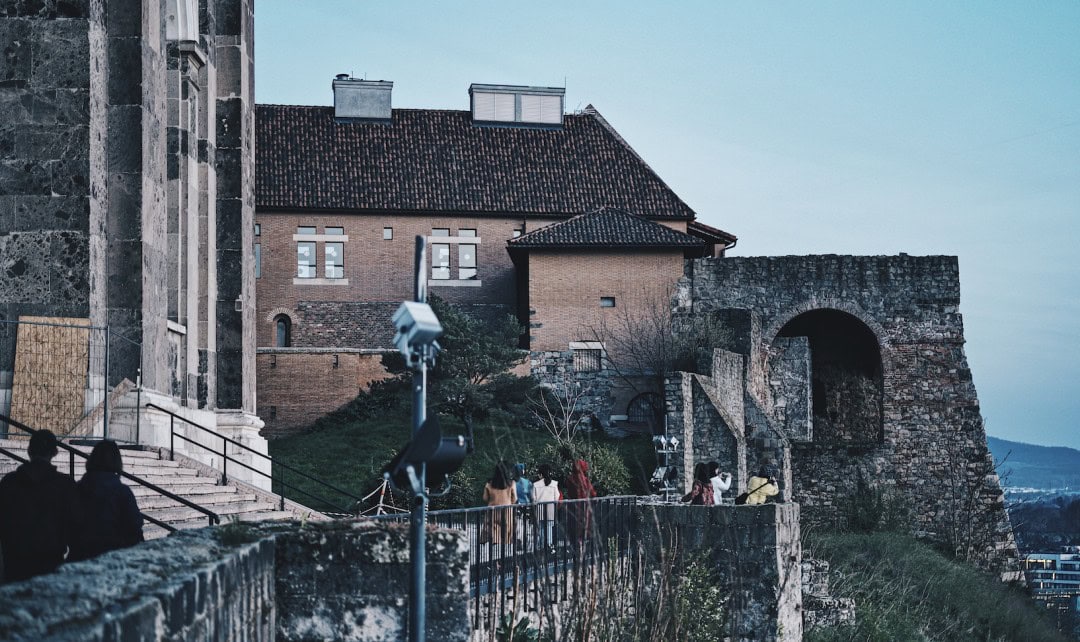
We stayed in a French balcony room on the second deck.
The main dining area is located on the second deck.
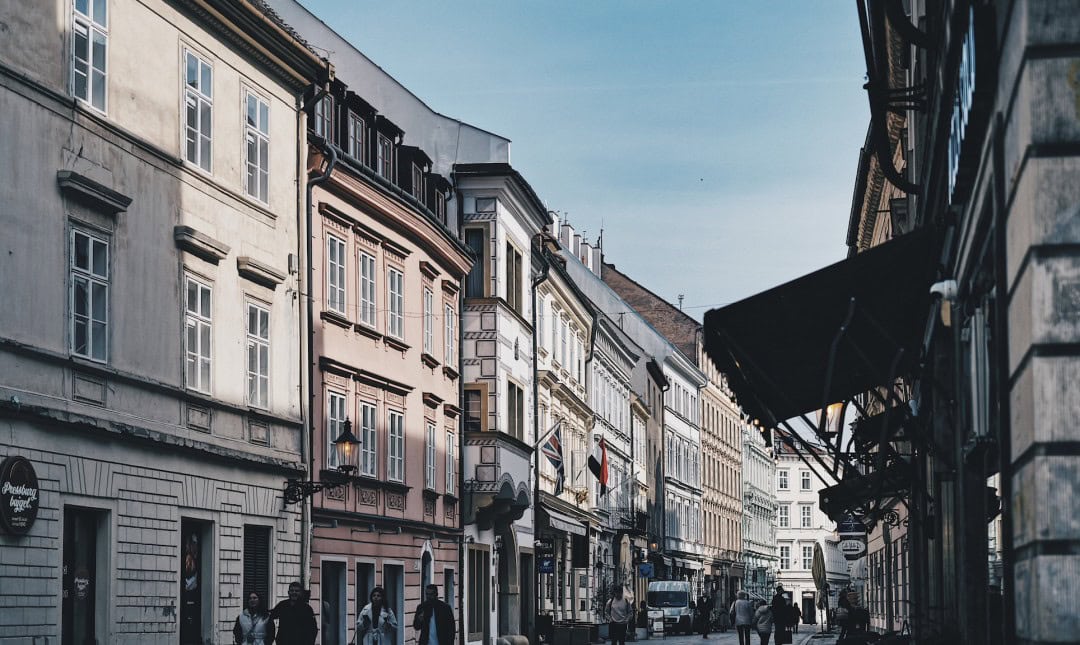
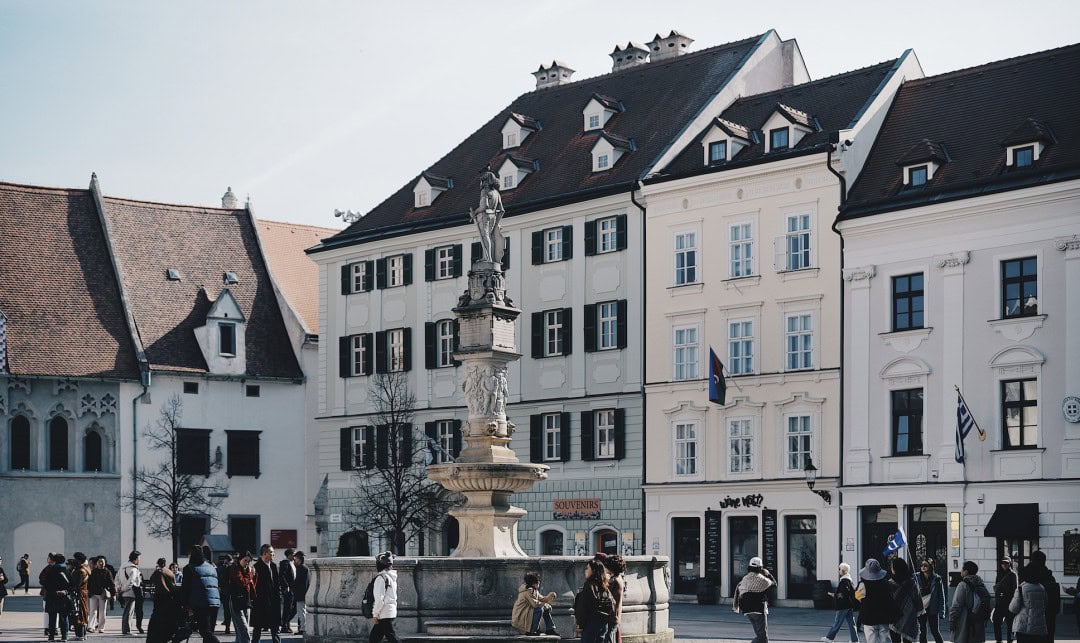
You should also assess the public areas of the riverboat; some boats prioritize the number of rooms at the expense of public space, requiring staggered dining arrangements.
However, on the Amadeus Silver III, all dining is handled simultaneously, and the food is commendable. Each meal can be multiple courses or buffet-style.
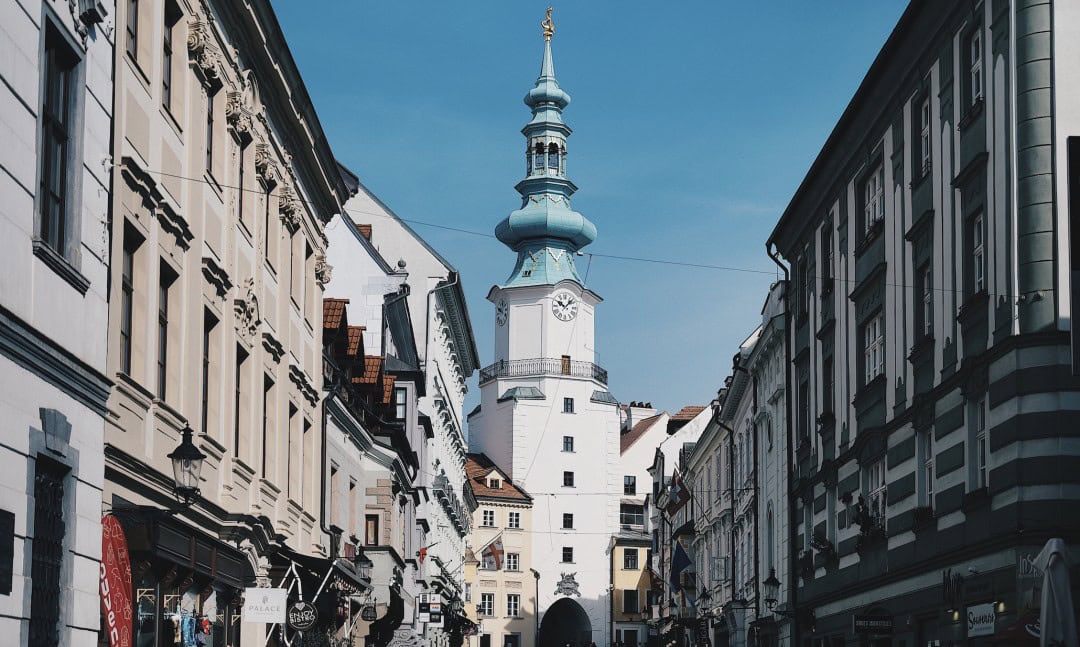
The bar area on the third deck also hosts some activities.
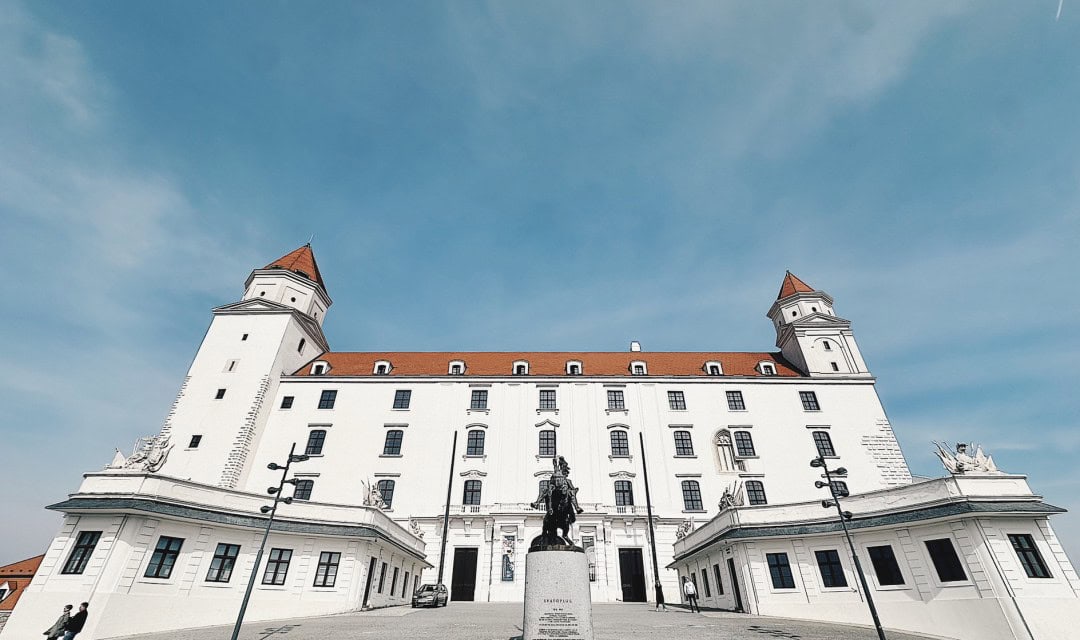
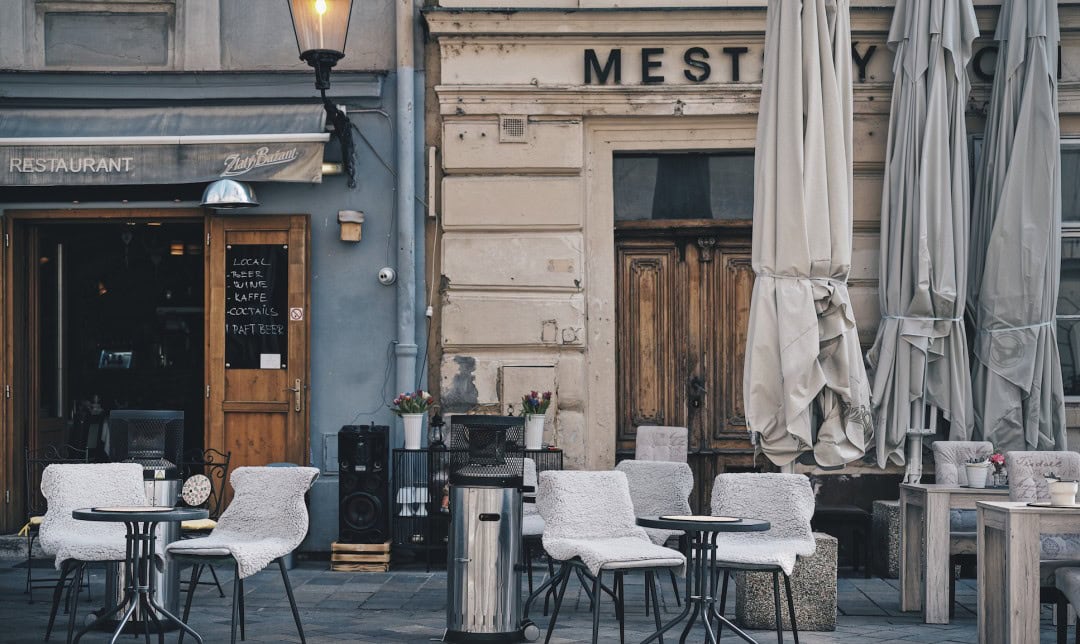
Moreover, one of the advantages of being on a riverboat is enjoying the scenic views along the way. Hence, when we want to unwind, we come here to savor the landscape.
The fourth deck is primarily the sun deck. The highlight of this deck is the bicycles, which can be used for exploring upon docking if you wish to venture out independently, providing a quicker way to explore than walking.
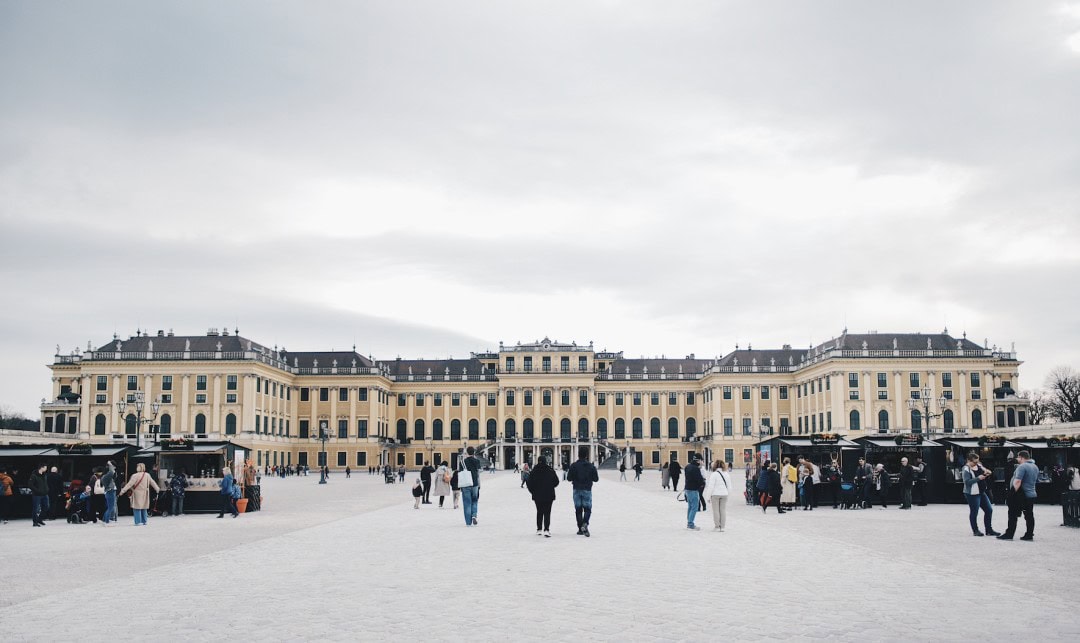
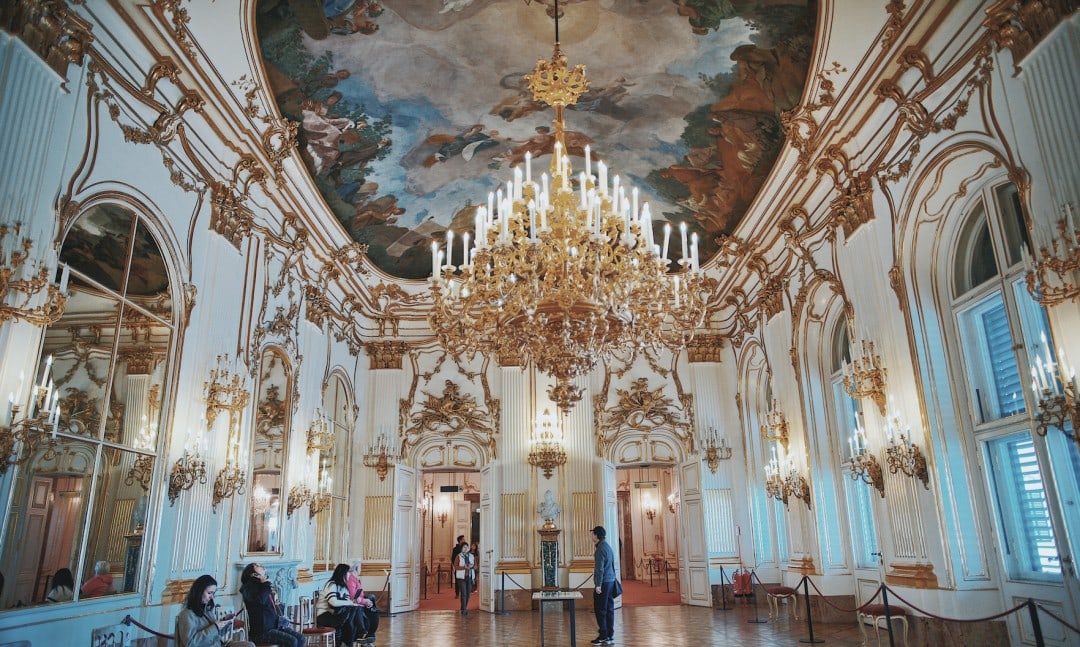
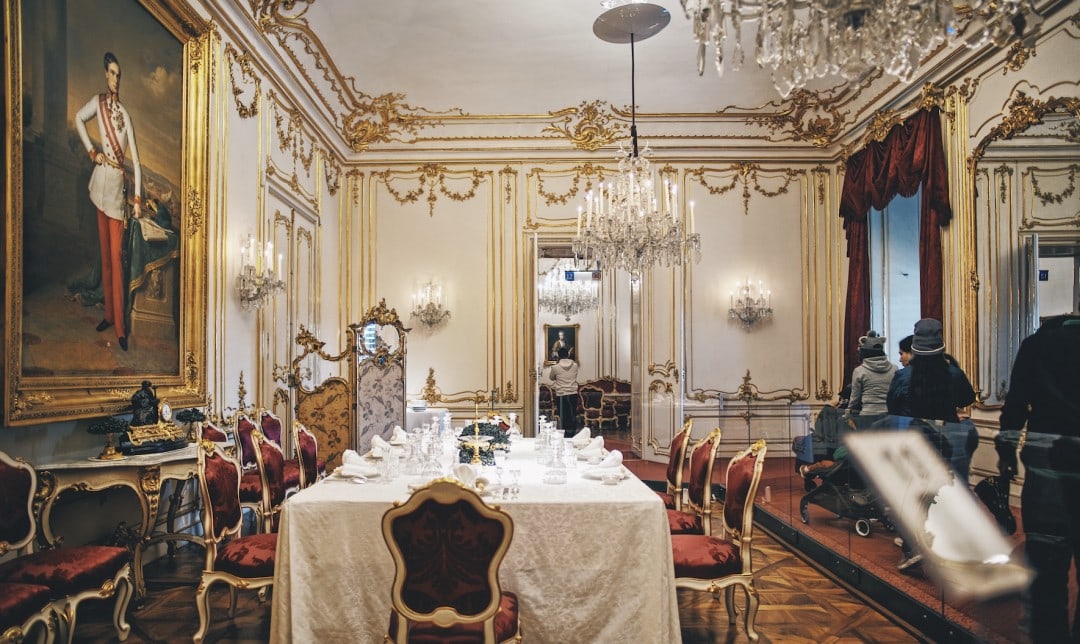
Nevertheless, the majority of Chinese travelers still prefer joining guided tours.
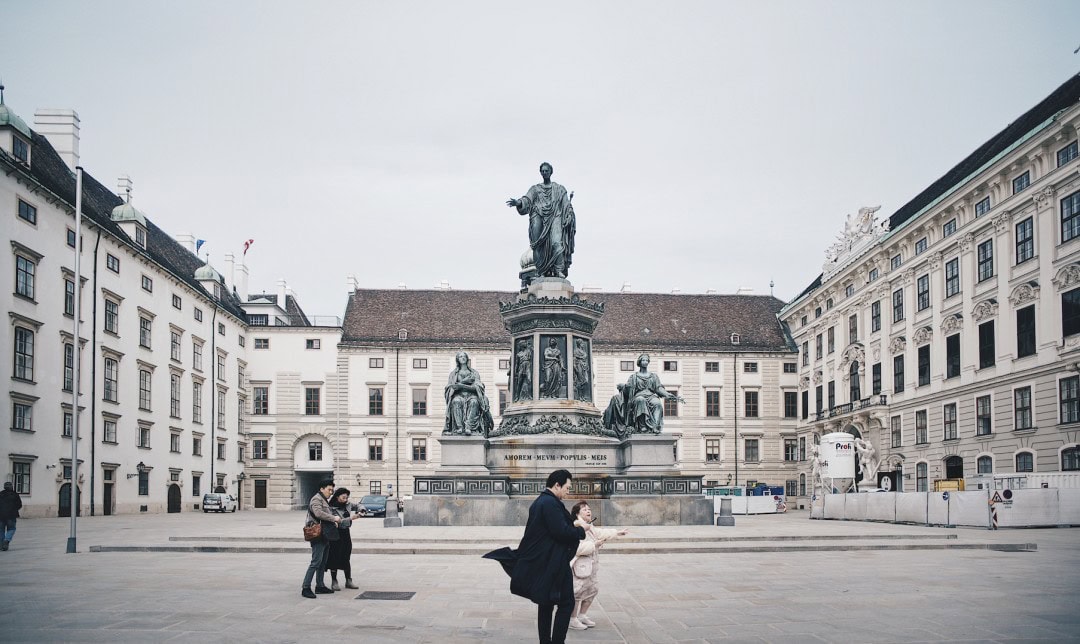
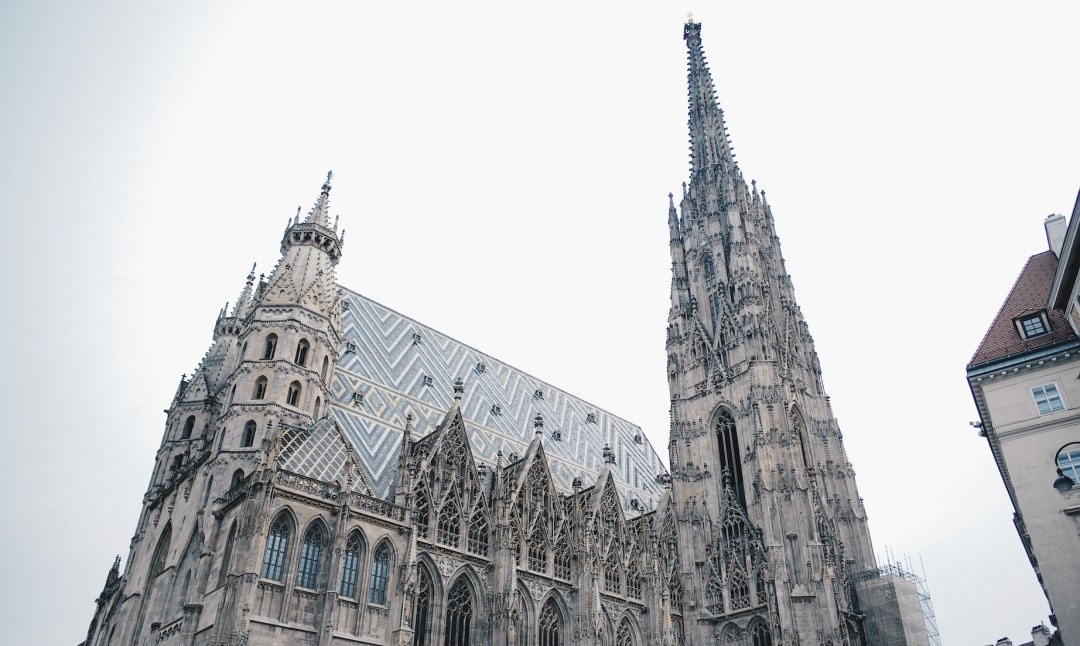
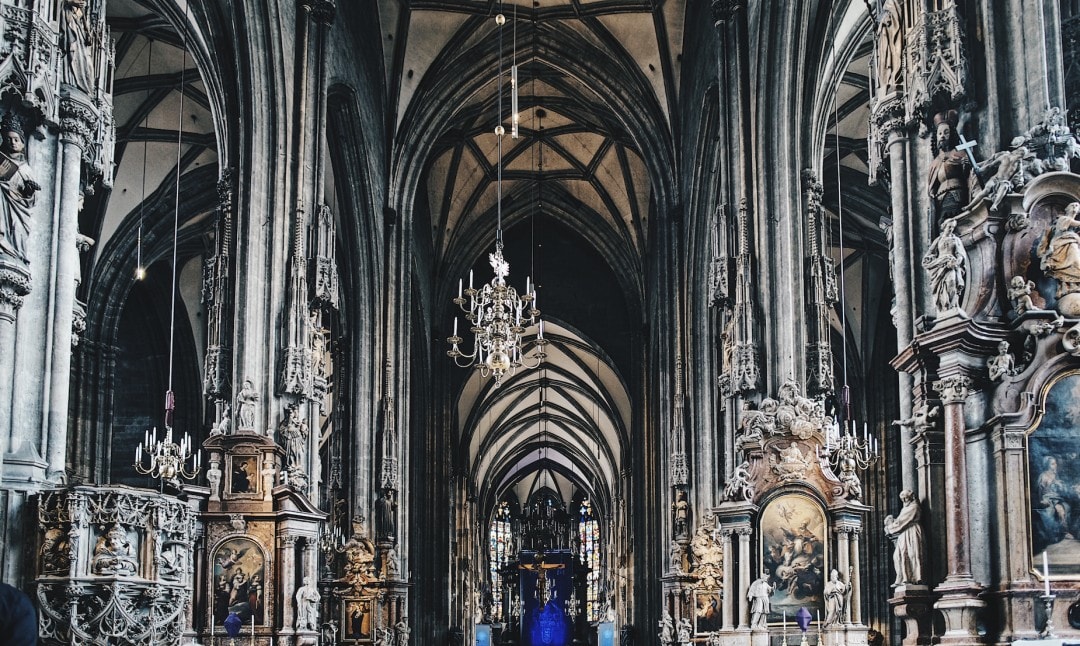
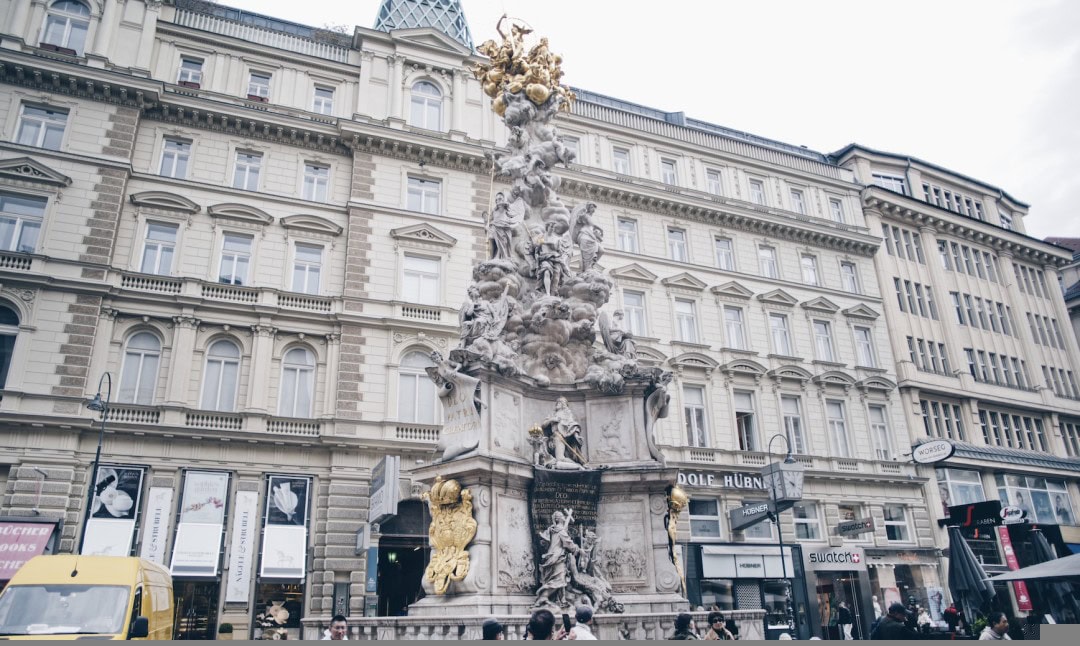
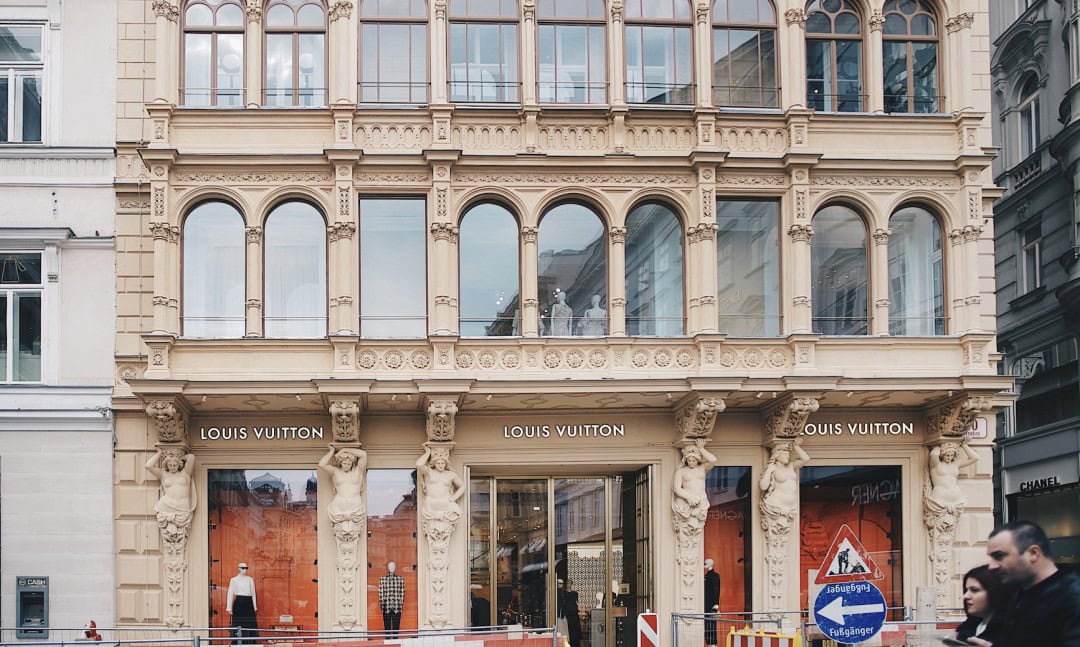
Additionally, the Amadeus Silver III features a boutique, a gym, and a spa area.
This ship is not even considered particularly luxurious; during the trip, we also toured another company’s ship, the Amadeus Queen, which even has a swimming pool.
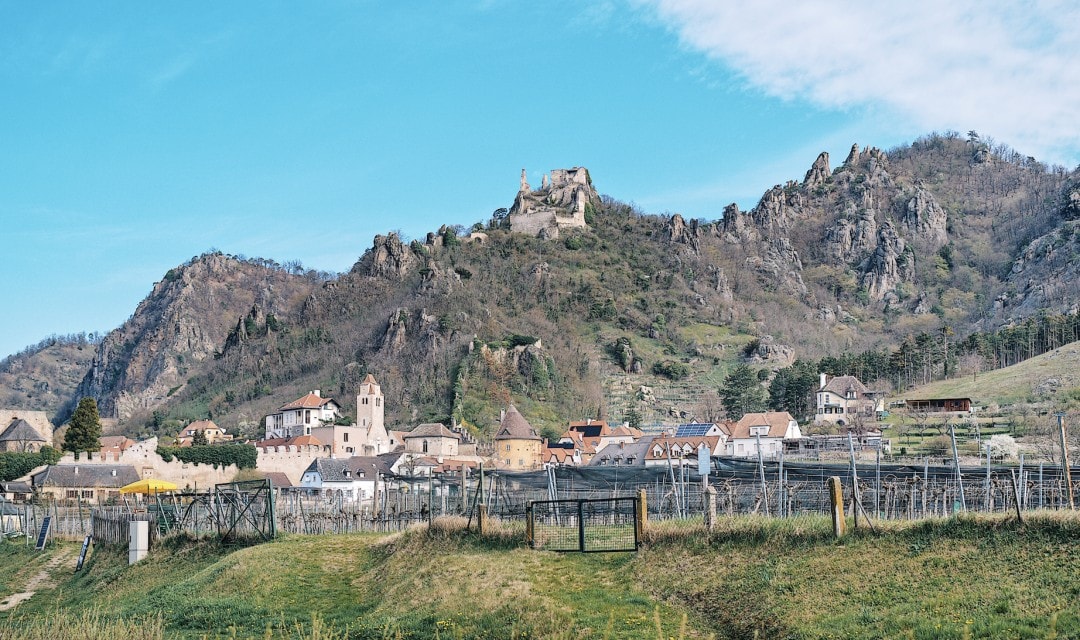
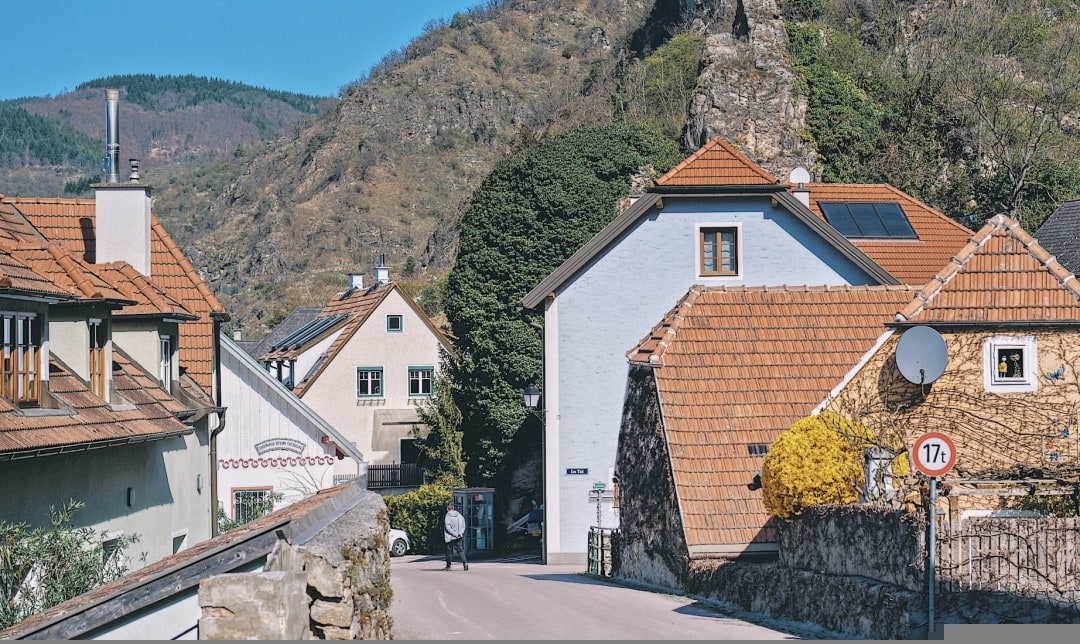
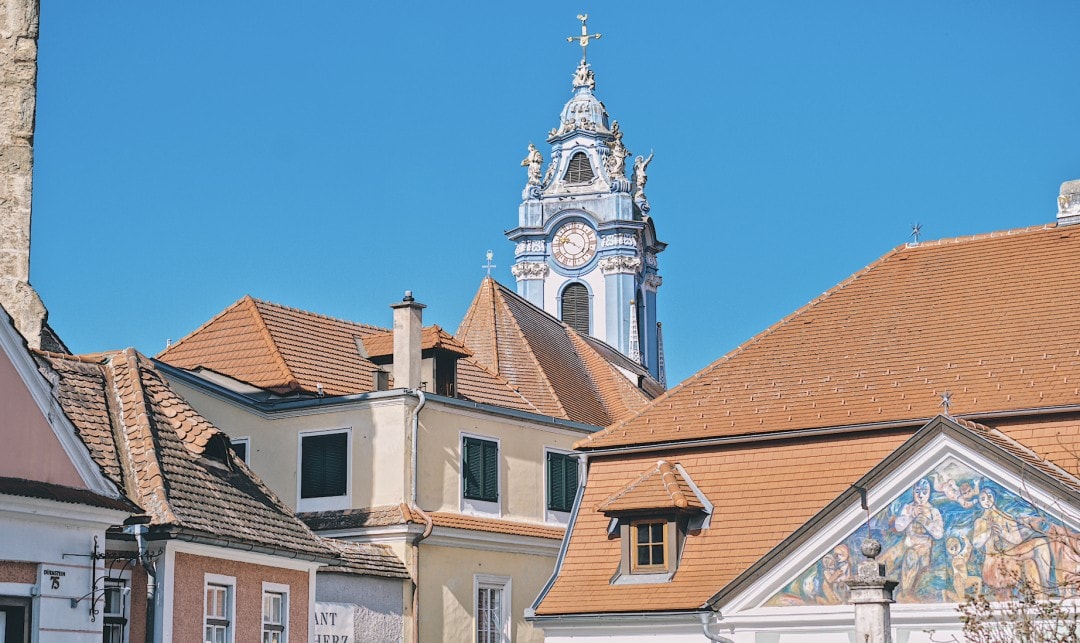
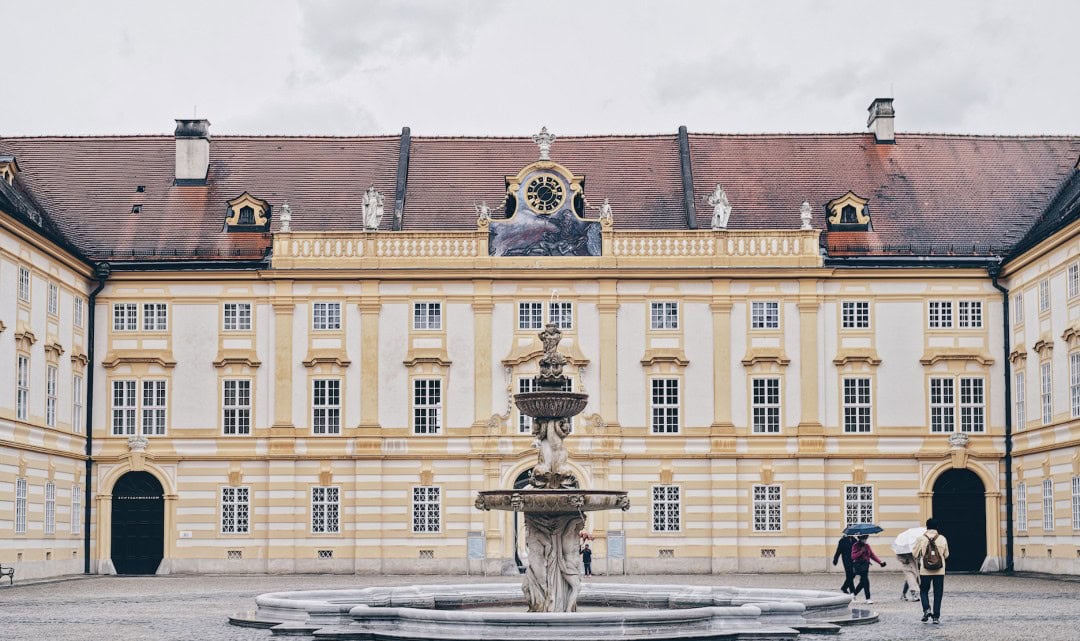
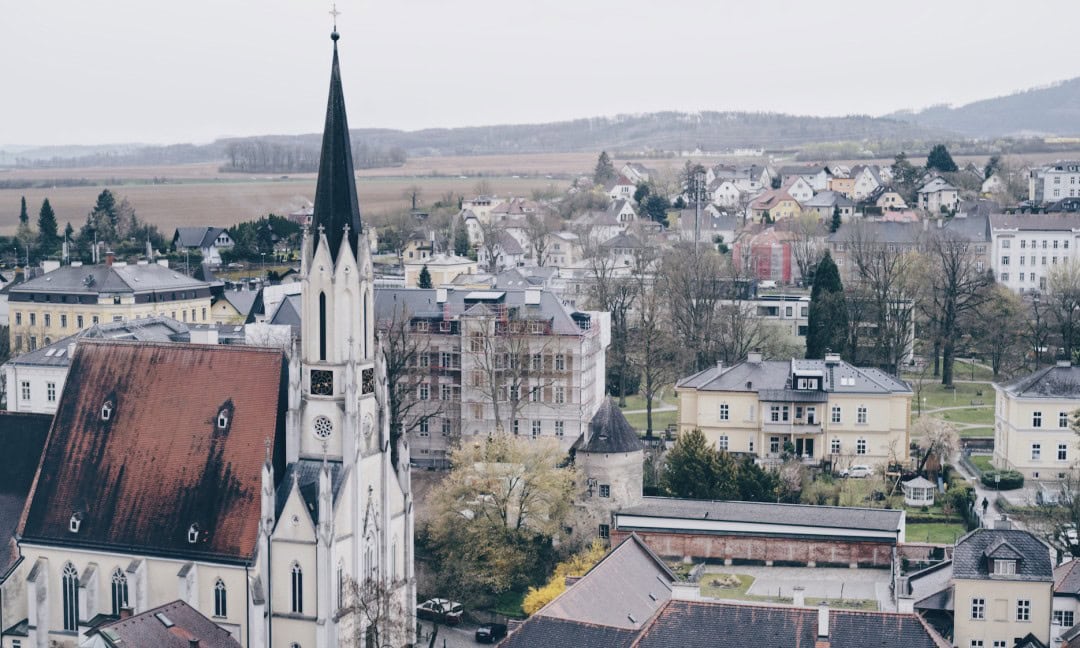
From this day on, we stayed on the ship, and we cruised along the Danube River at night—the views of Budapest at night are stunning.
The first day on board included a welcoming cocktail party.
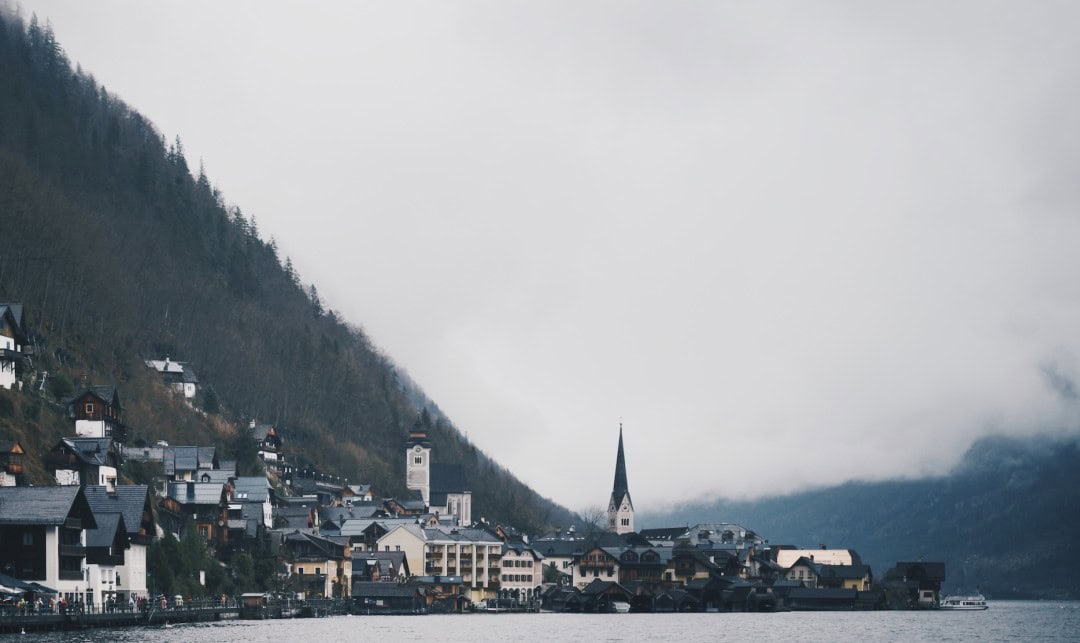
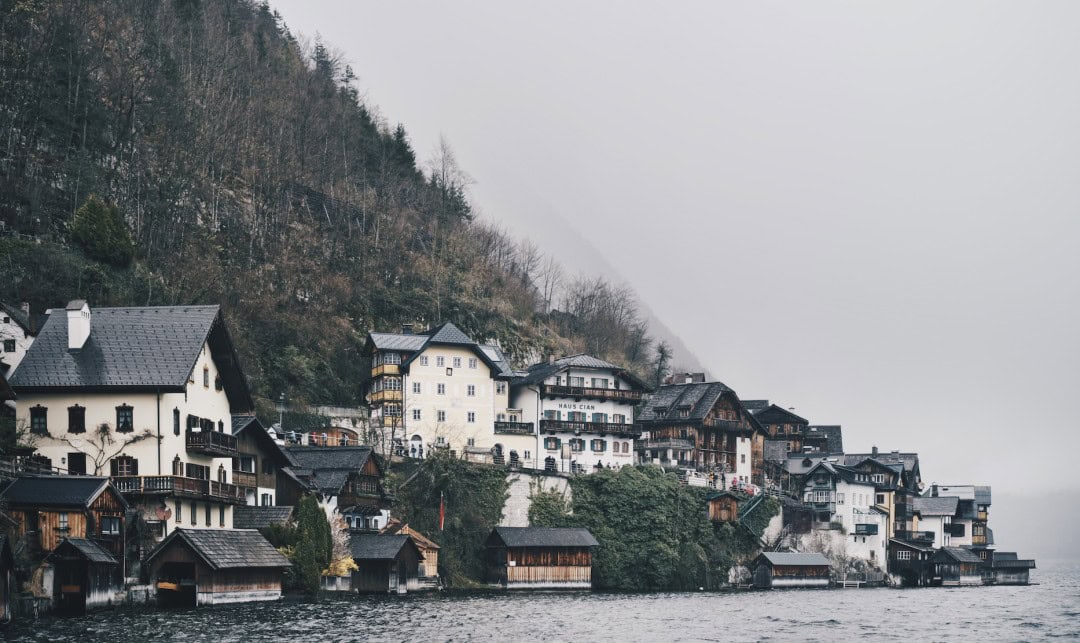
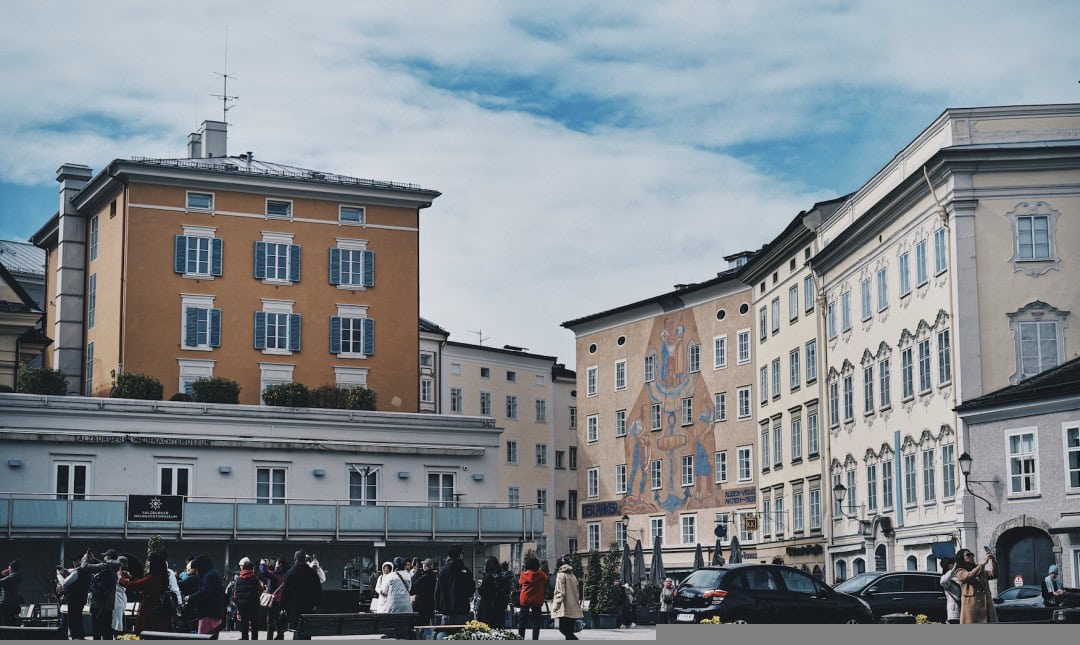
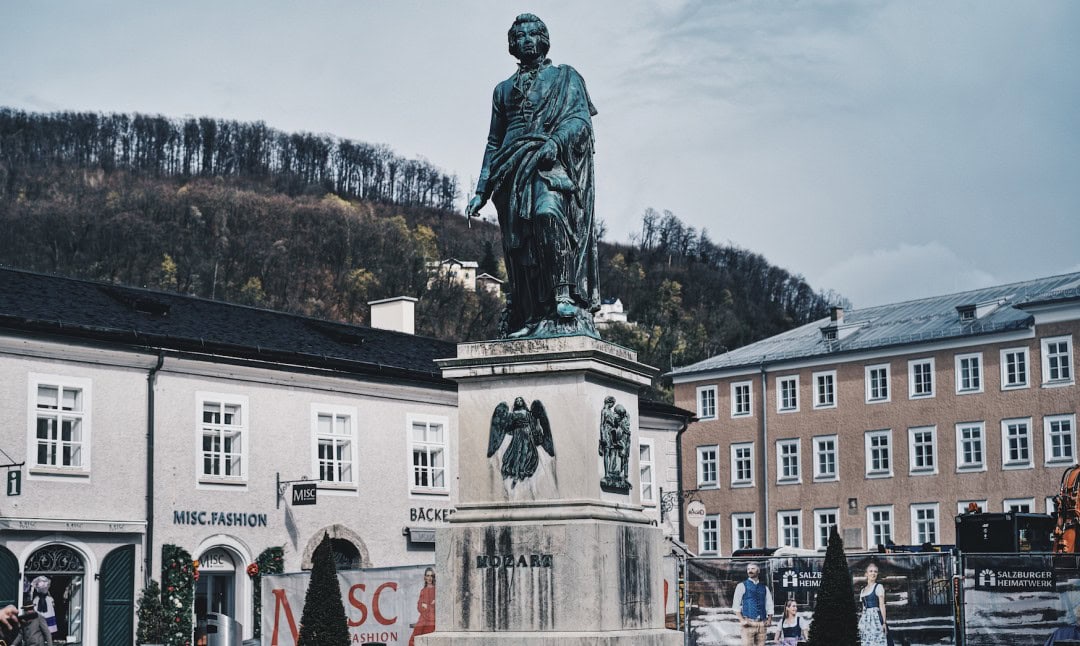
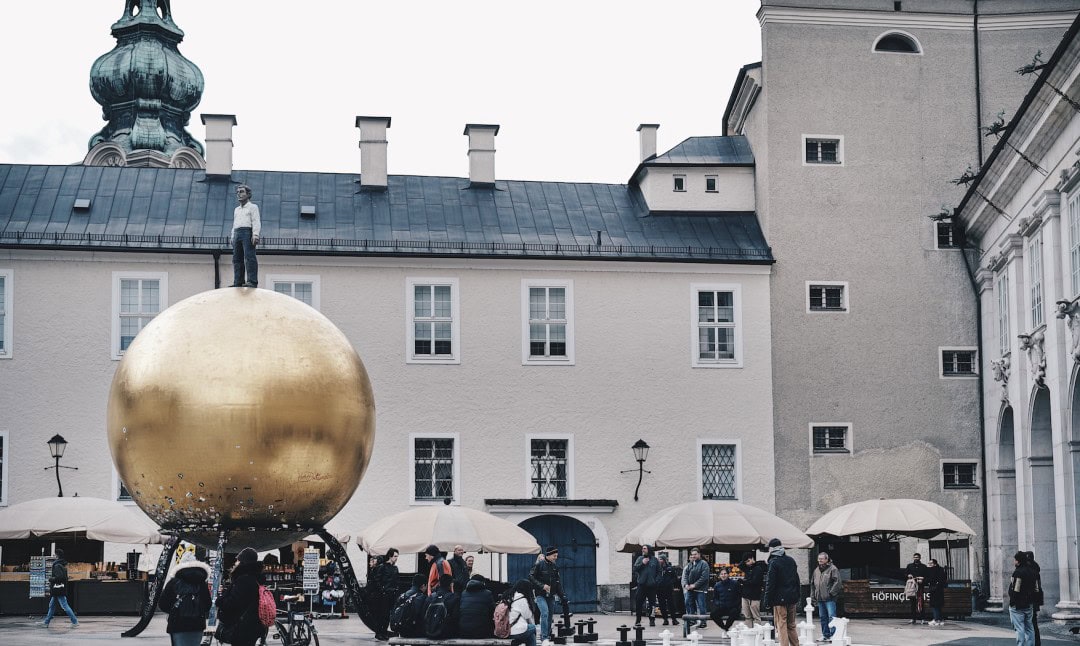
Day 3: Morning tour of Budapest, afternoon visit to the three small towns along the Danube: Szentendre, Visegrad, and Esztergom.
On this day, the morning tour of Budapest was conducted via bus. We visited Hero’s Square located in the heart of Budapest, the Buda district, and explored Fisherman’s Bastion and Matthias Church…
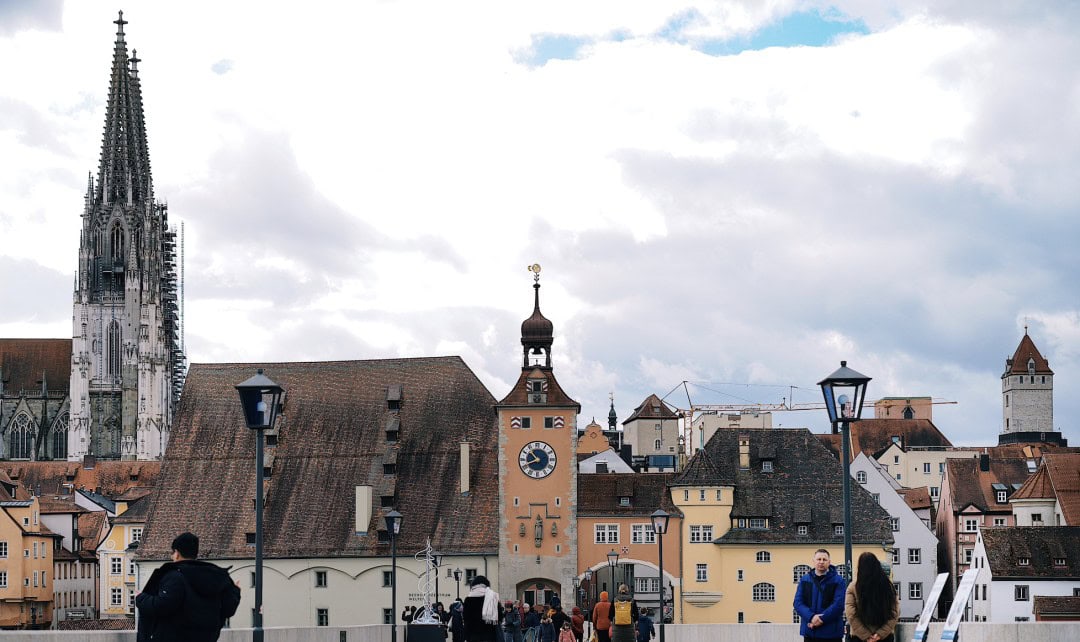
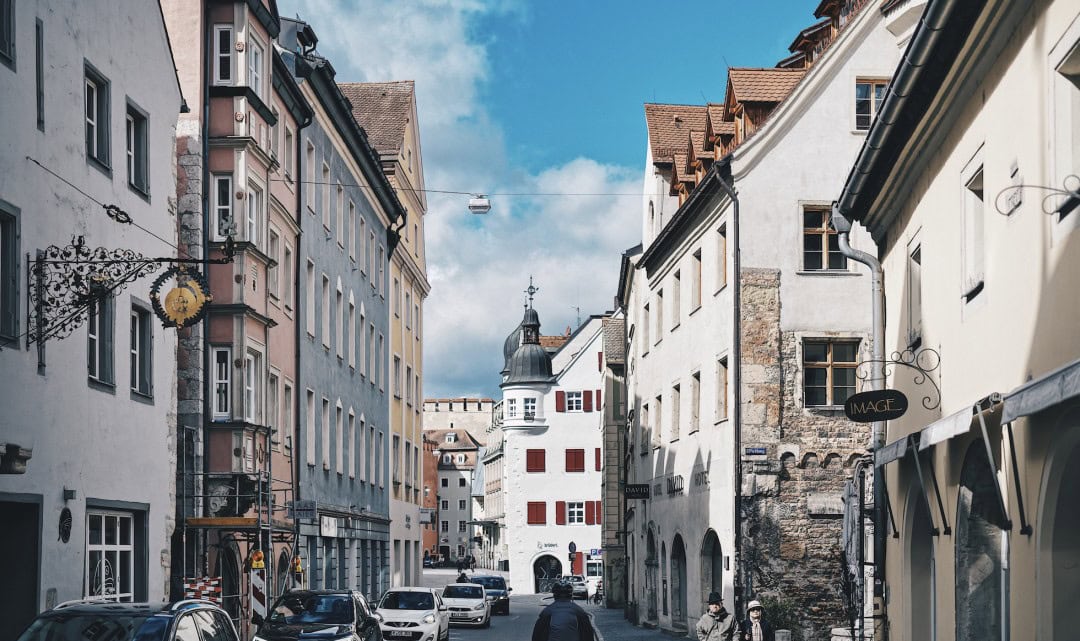
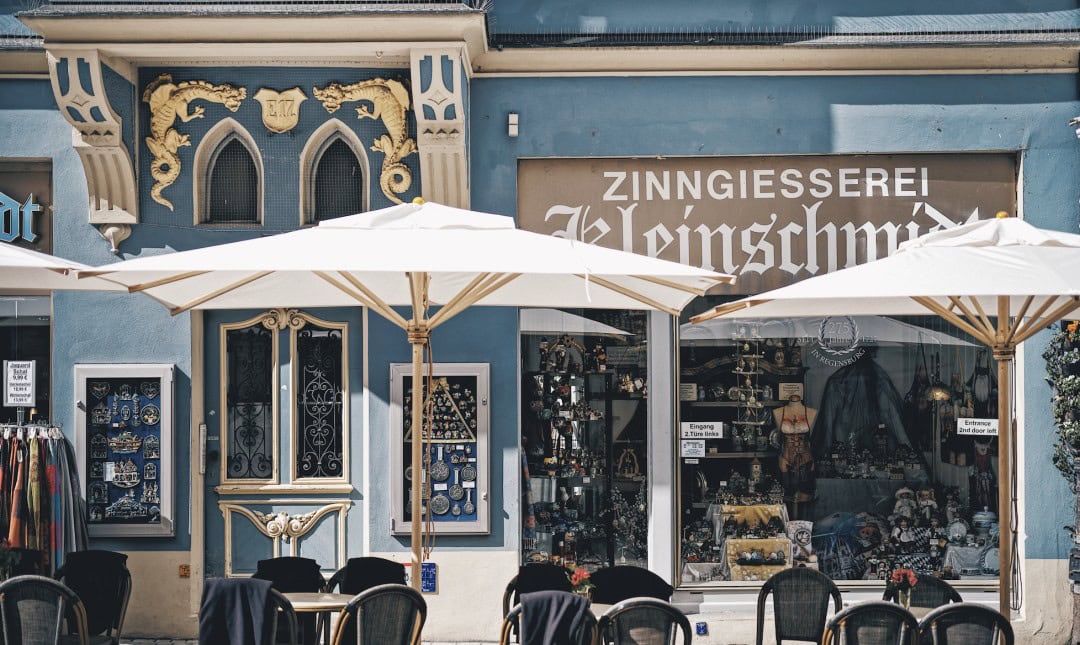
Fortunately, Budapest is not very large, and the attractions are relatively concentrated. We actually have written a fairly detailed guide on Budapest. If you want to know how to explore Budapest better, you can refer to that. The right side of the Danube is Buda, while the left is Pest. This city’s splendor, romance, vibrant local life, culture, and melancholy are all worth experiencing.
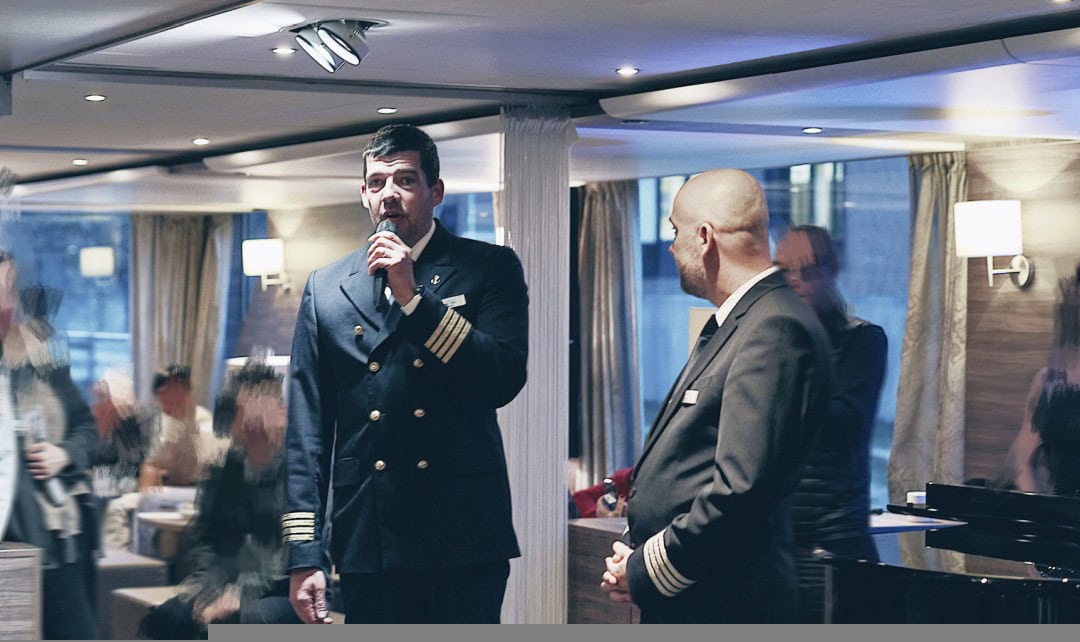
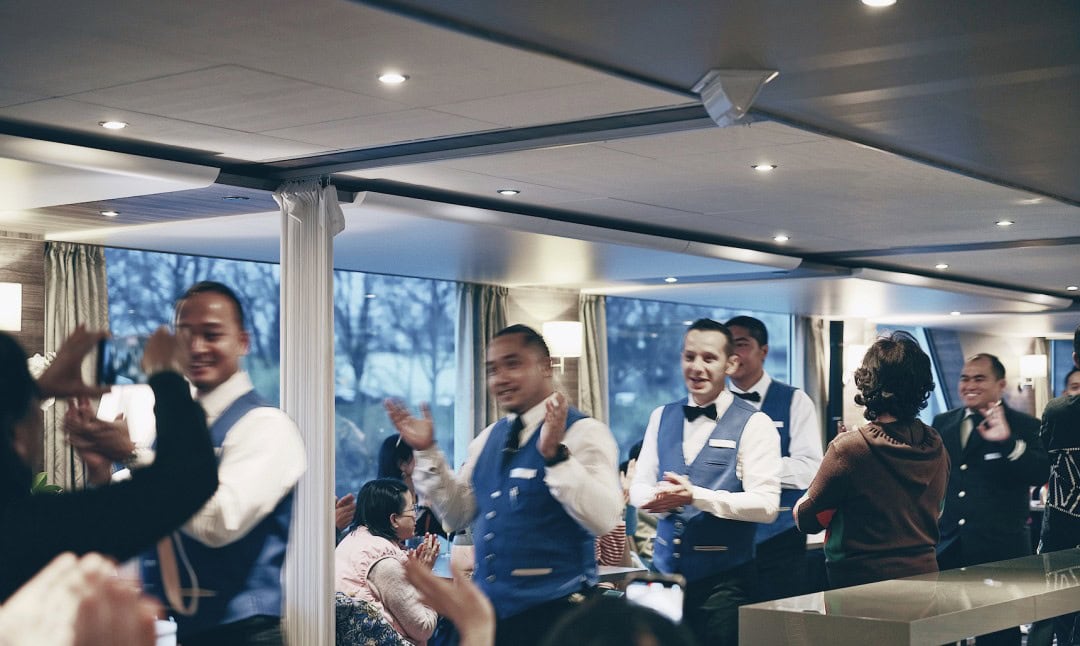
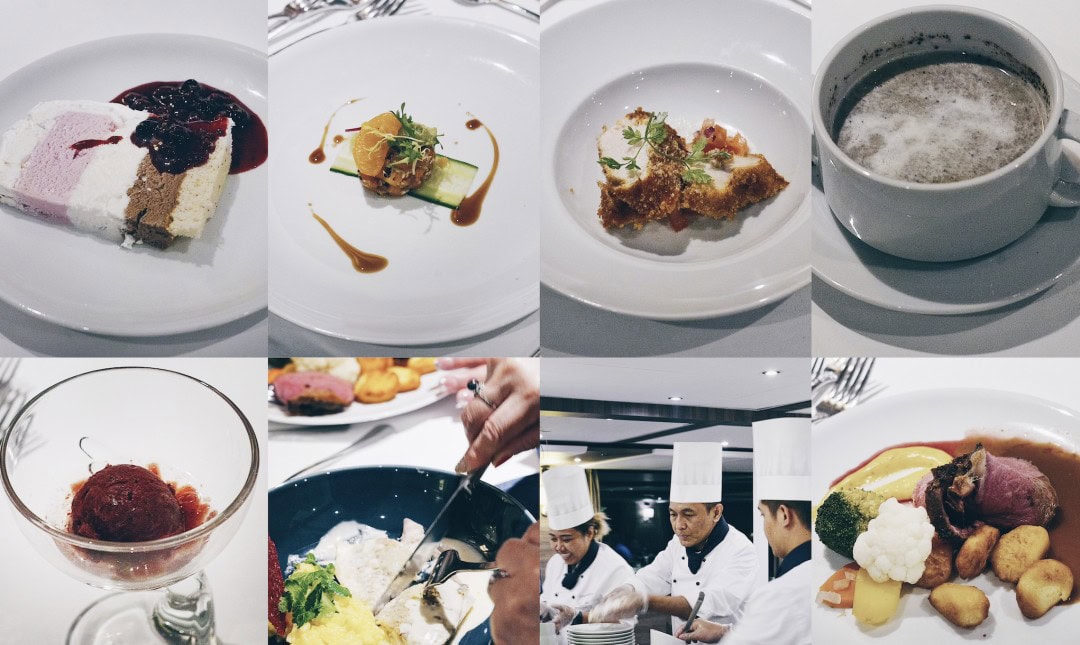
The three small towns along the Danube all boast picturesque views that are infused with artistic flair.
Day 4: Bratislava
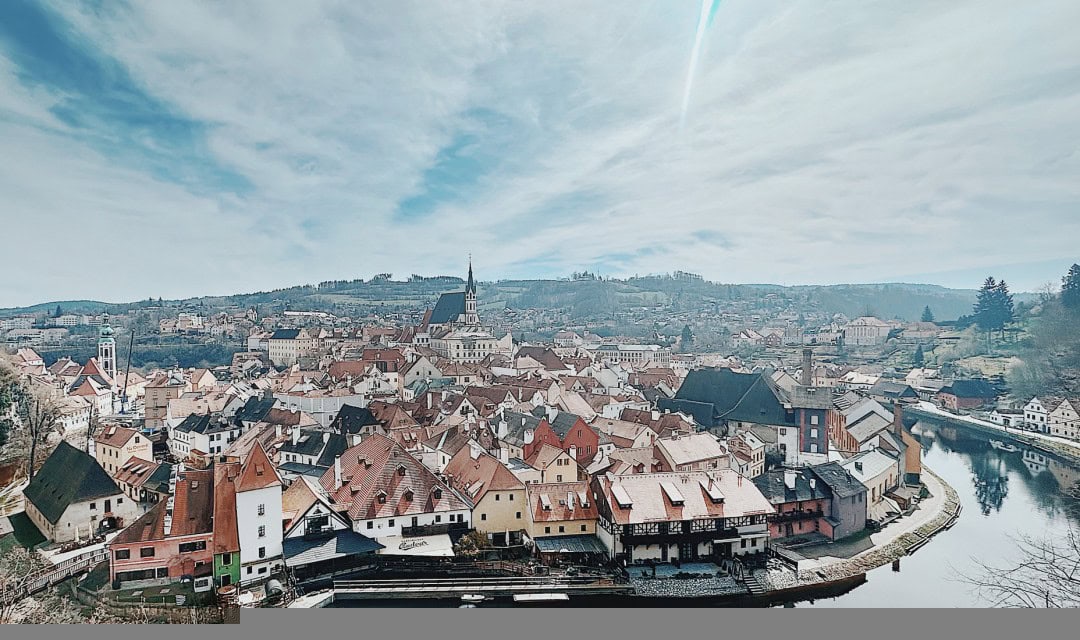
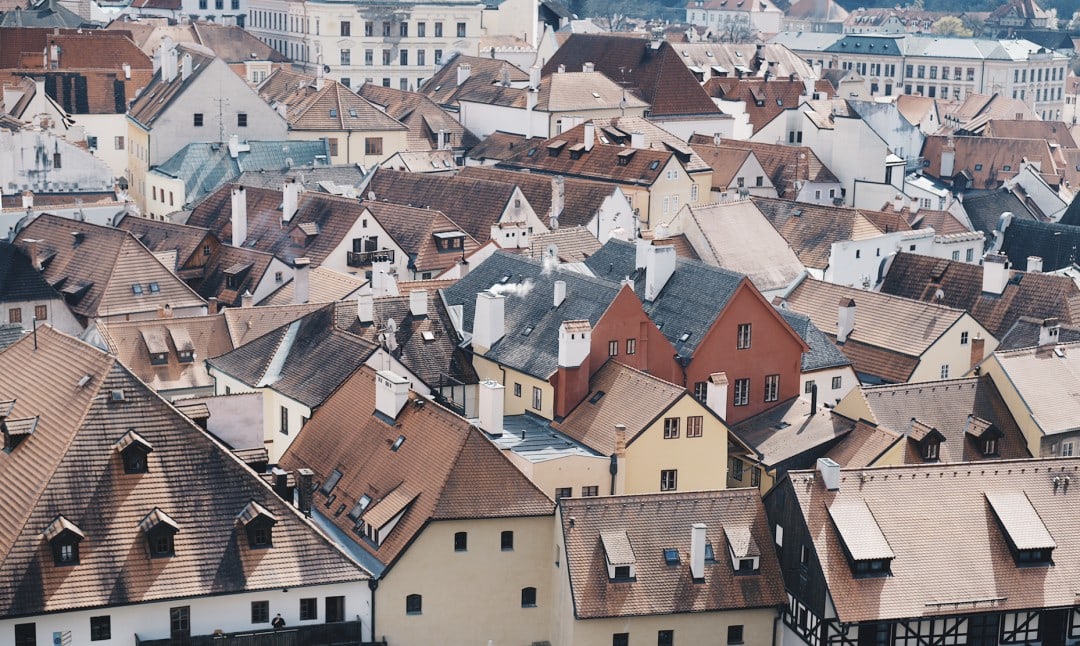
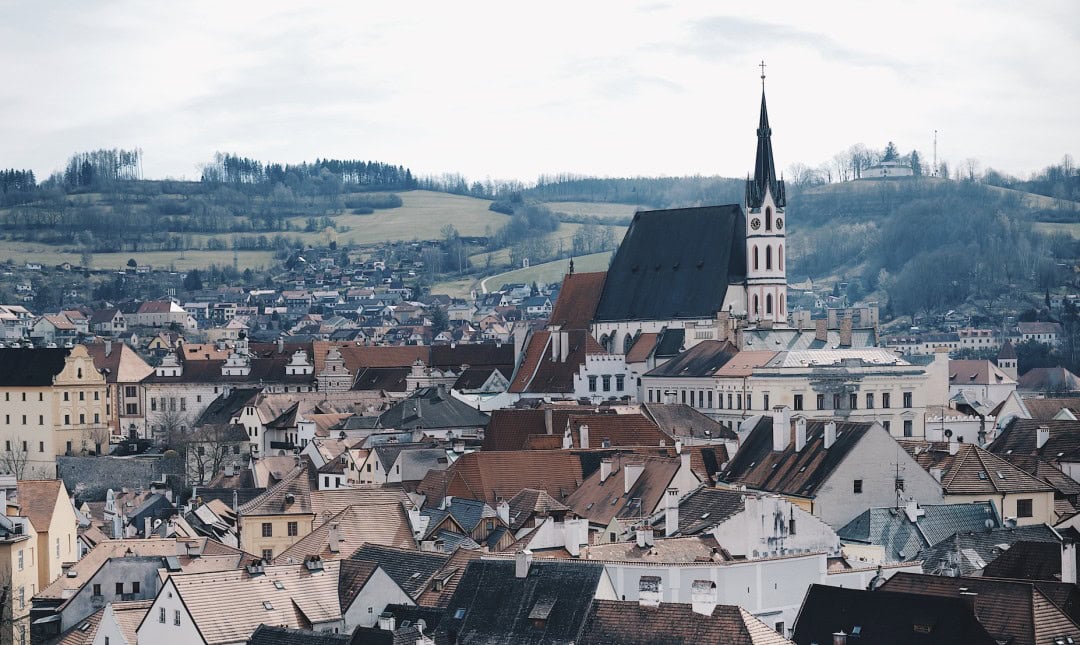
Here’s another advantage of river cruising: riverboats generally sail at night and allow for exploration during the day. When you wake up, you might find yourself in a new city. Today’s main highlight is the Slovakian capital, Bratislava.
Compared to the hustle and bustle of other European capitals, I prefer the quiet charm of Bratislava, which feels more like a small town. This city has very little presence, as most tourists visiting Europe rarely come here.
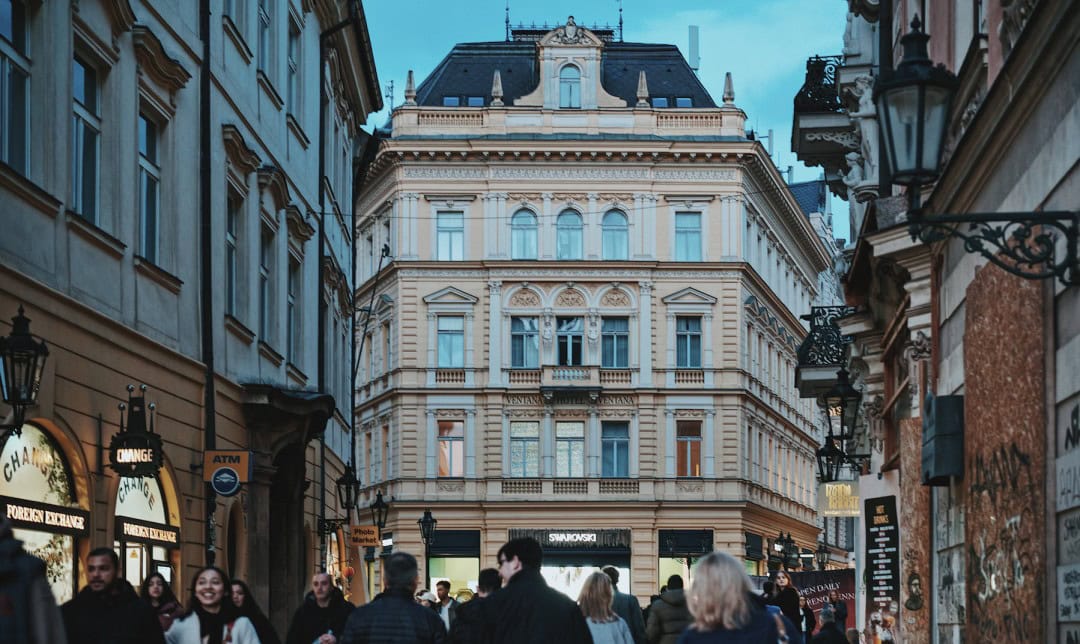
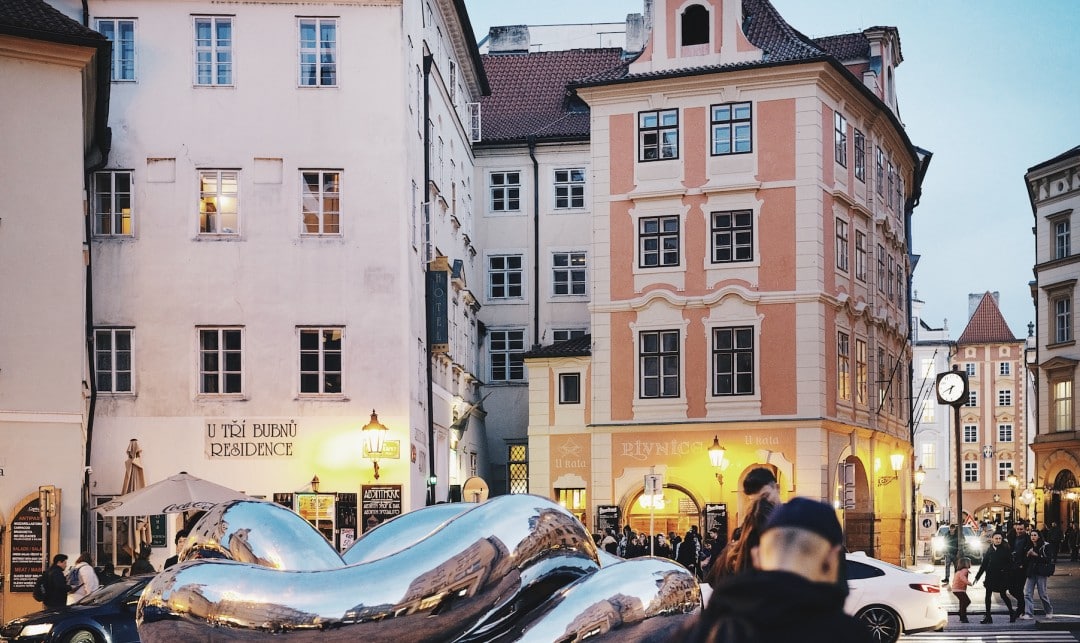
It’s truly stunning. The architecture is beautiful, and the crowds are few. Although it may not have world-famous spots like Prague’s square, the old town itself is deserving of your time to explore leisurely.
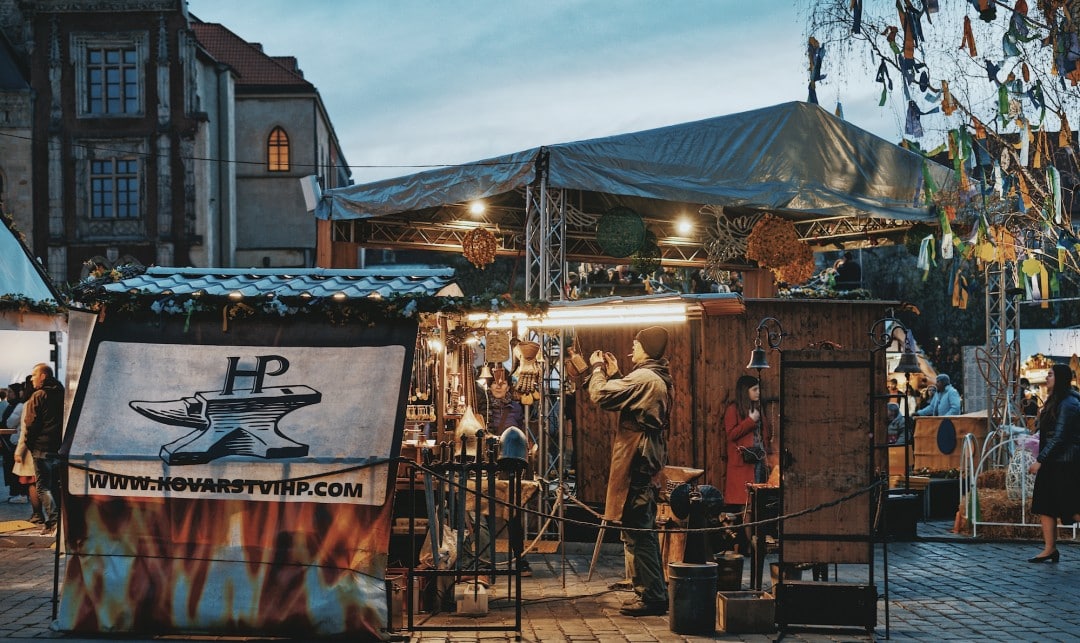
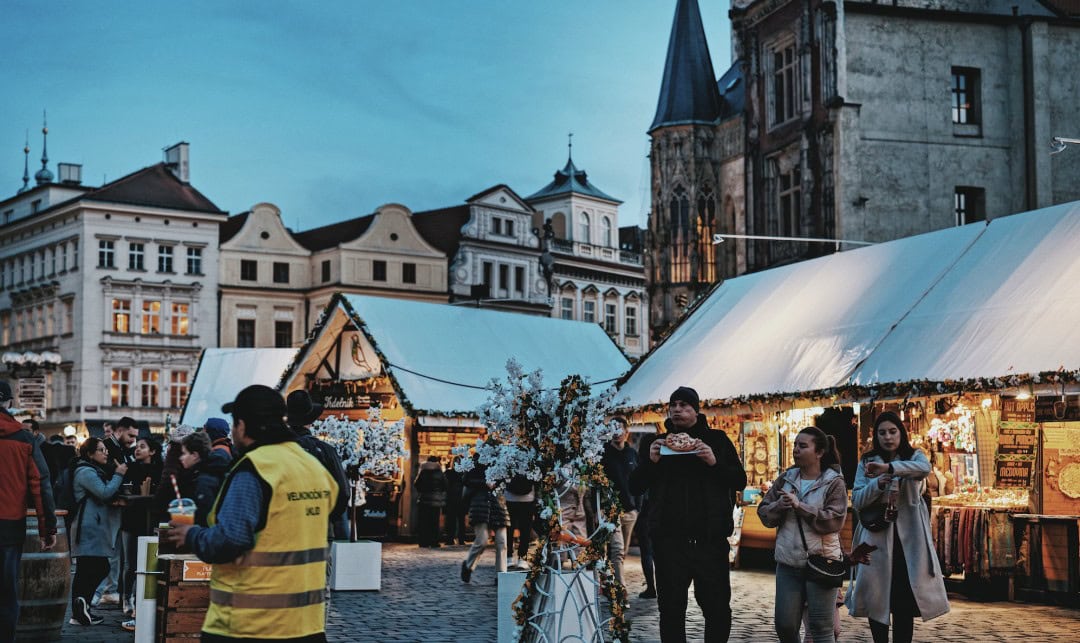
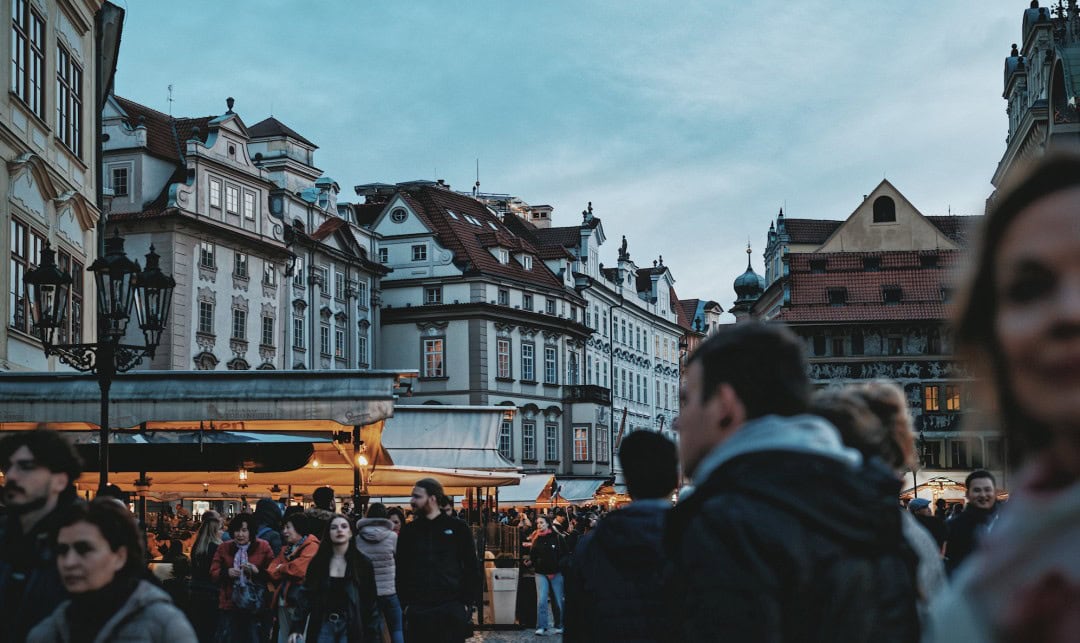
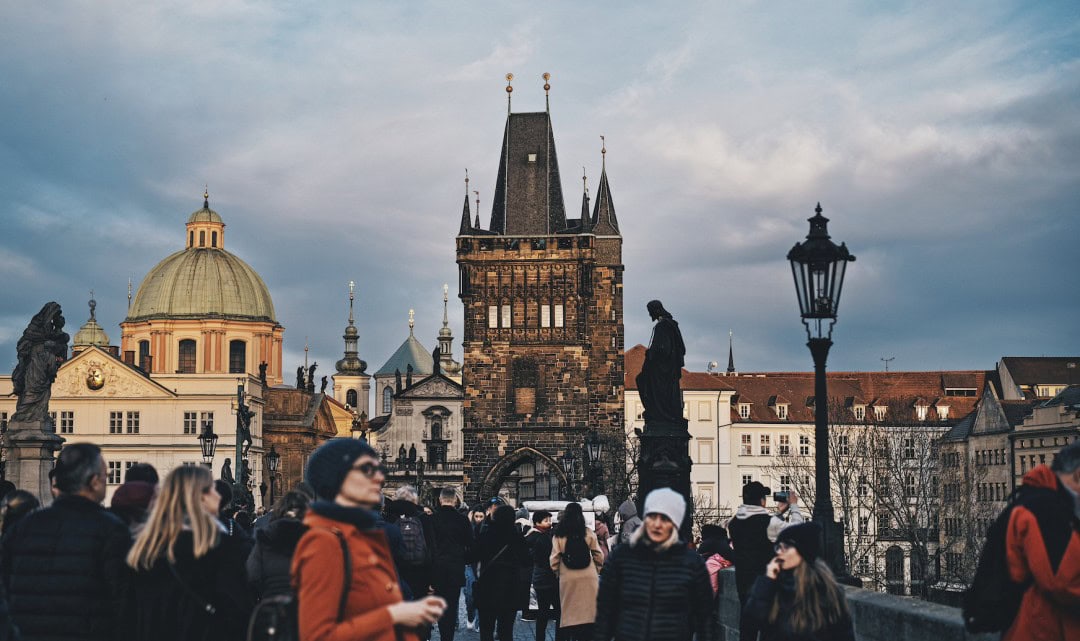
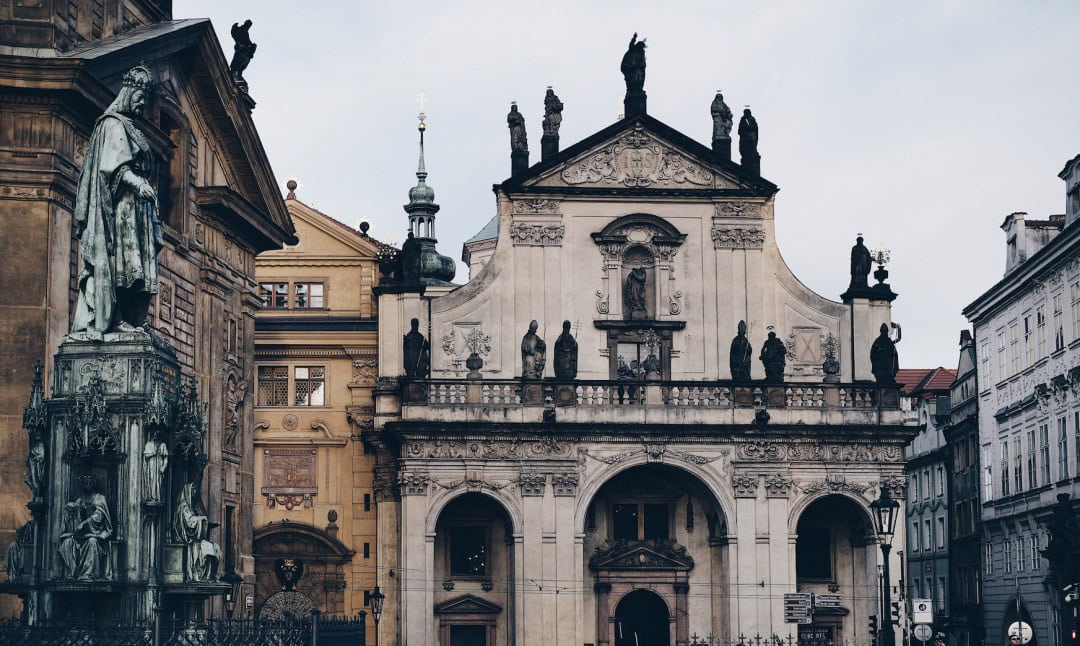
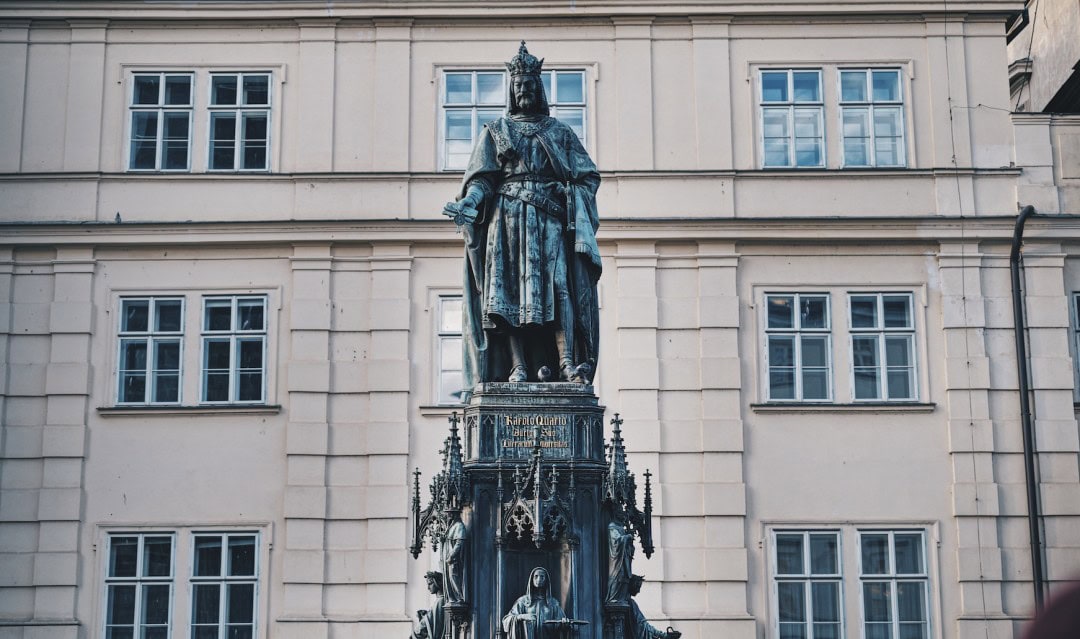
On this day, we will visit Bratislava Castle and take a stroll through the city’s old streets; it is very easy to navigate Bratislava.
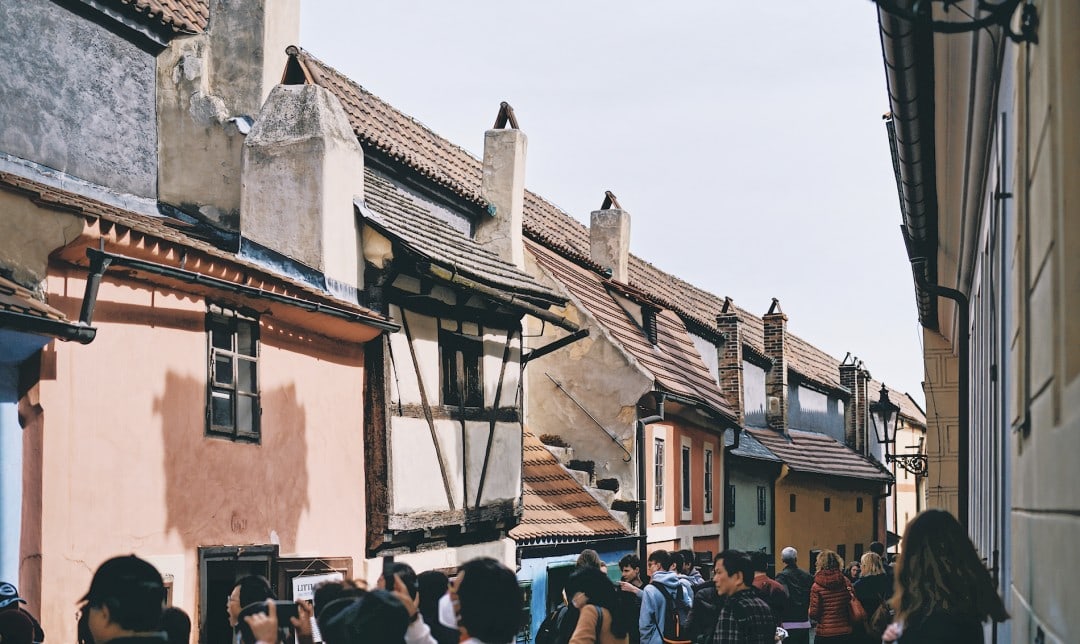
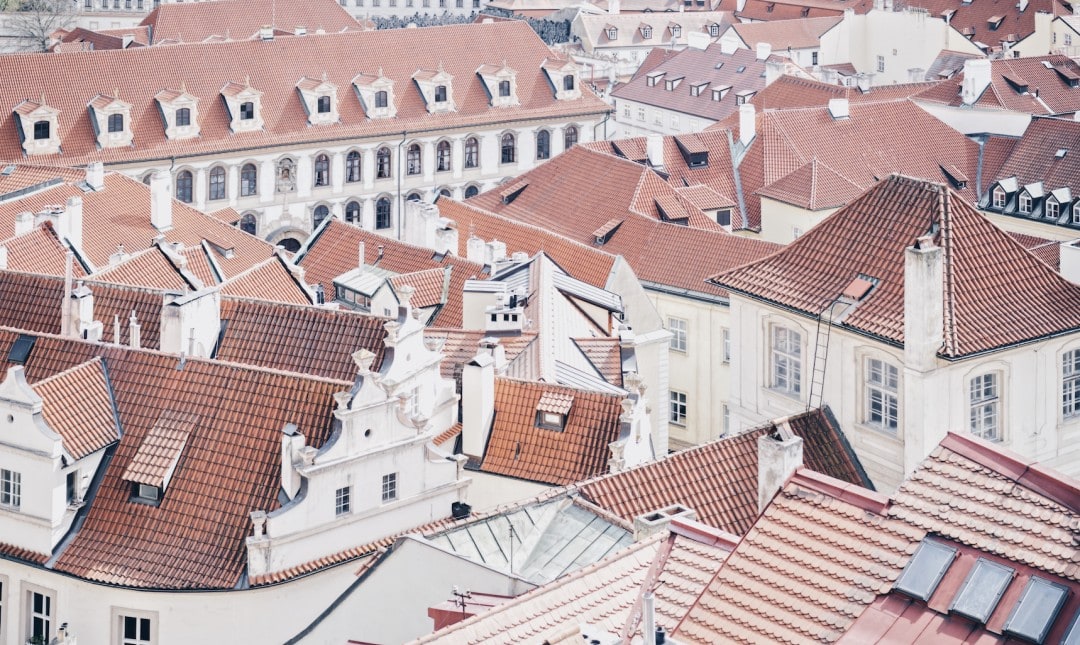
In the afternoon, we’ll either visit an outlet or choose to continue exploring Bratislava.
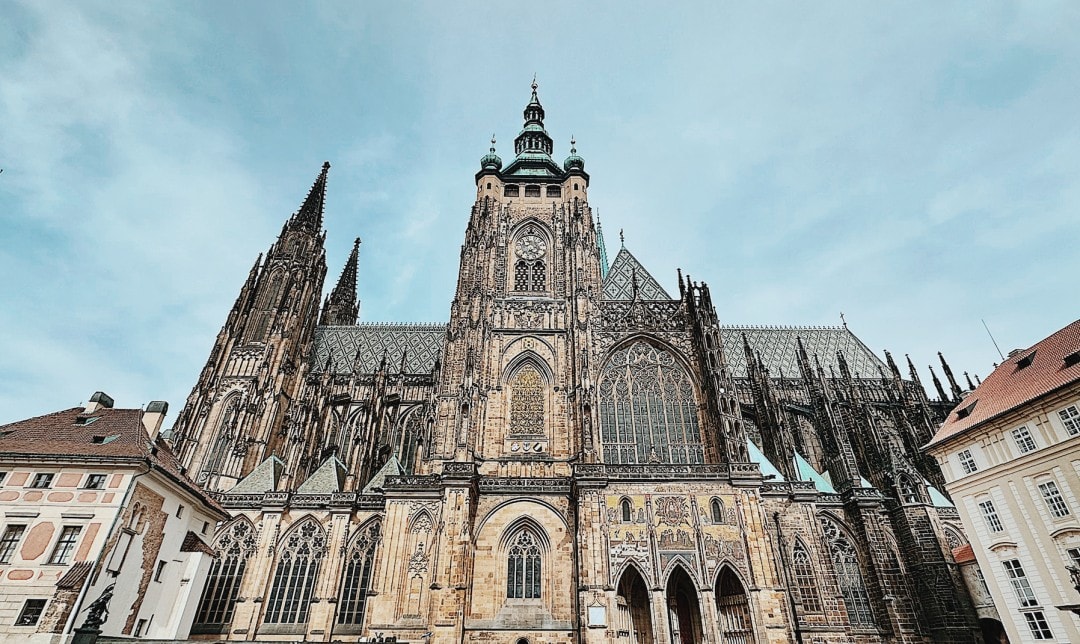
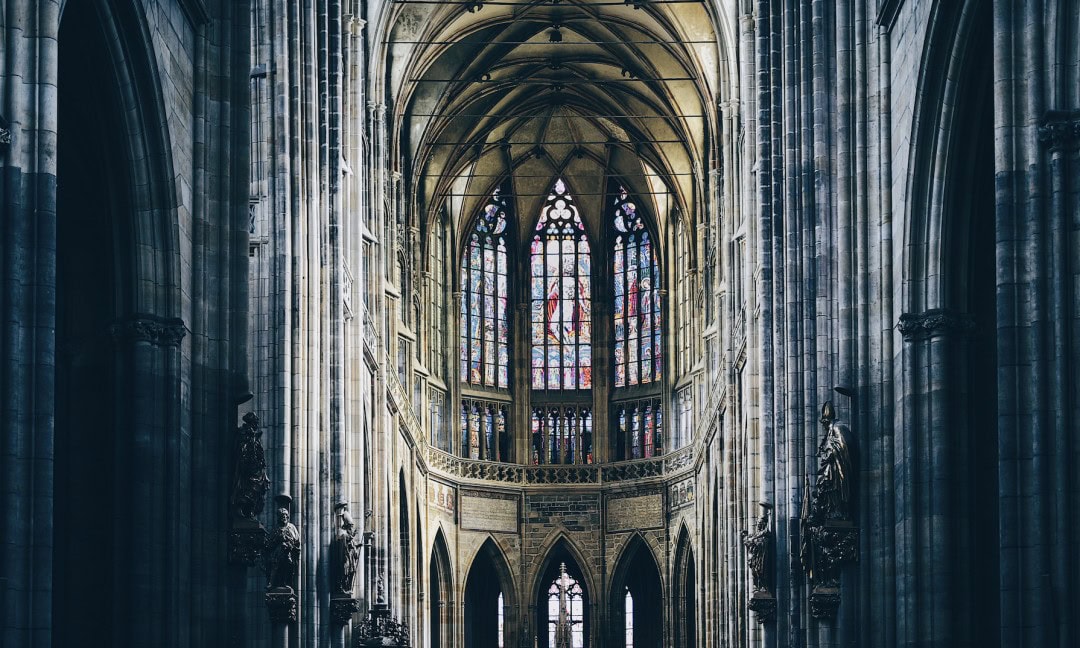
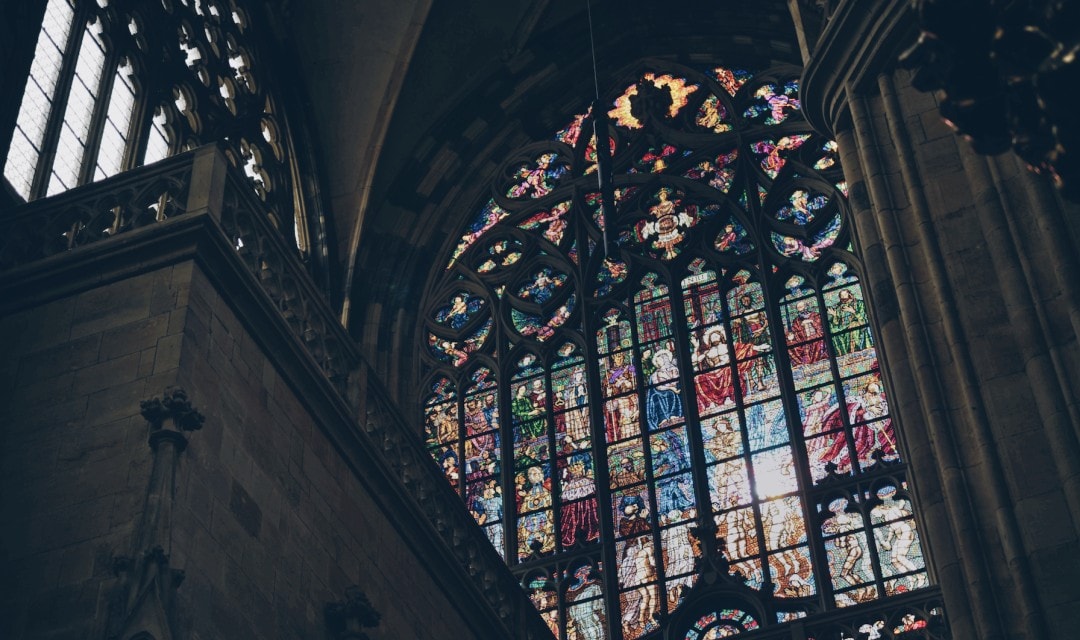
Day 5: Vienna
Once again, we wake up to find the riverboat docked at the port of Vienna.
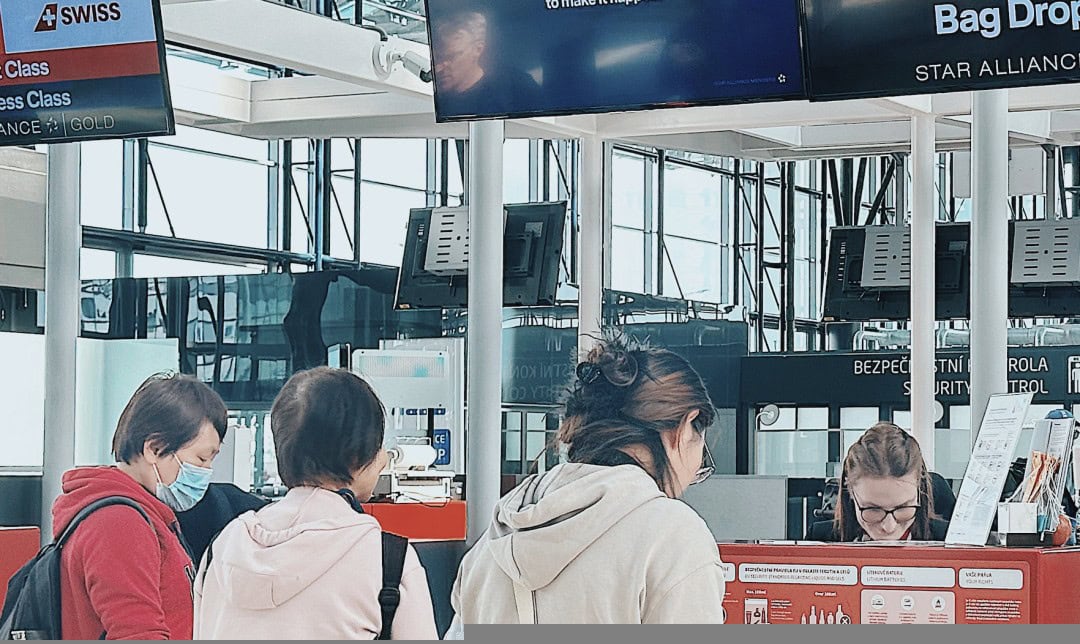
We visited Schönbrunn Palace, a Baroque architectural masterpiece located southwest of Austria’s capital. It once served as the imperial residence of the Holy Roman Empire, the Austrian Empire, the Austro-Hungarian Empire, and the Habsburg dynasty; it’s breathtaking.
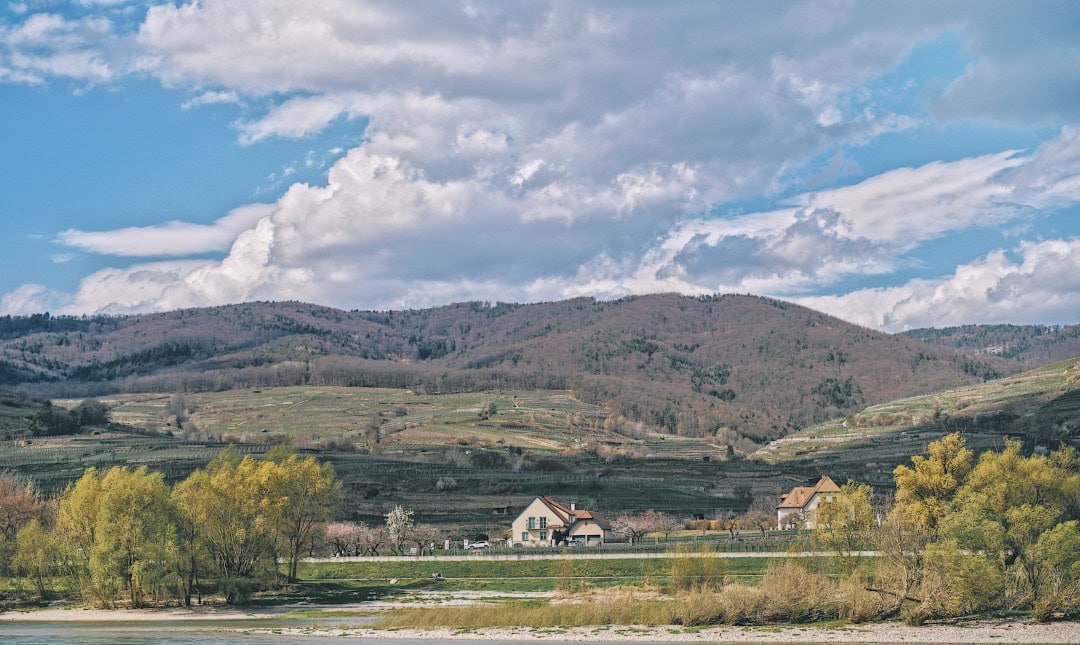
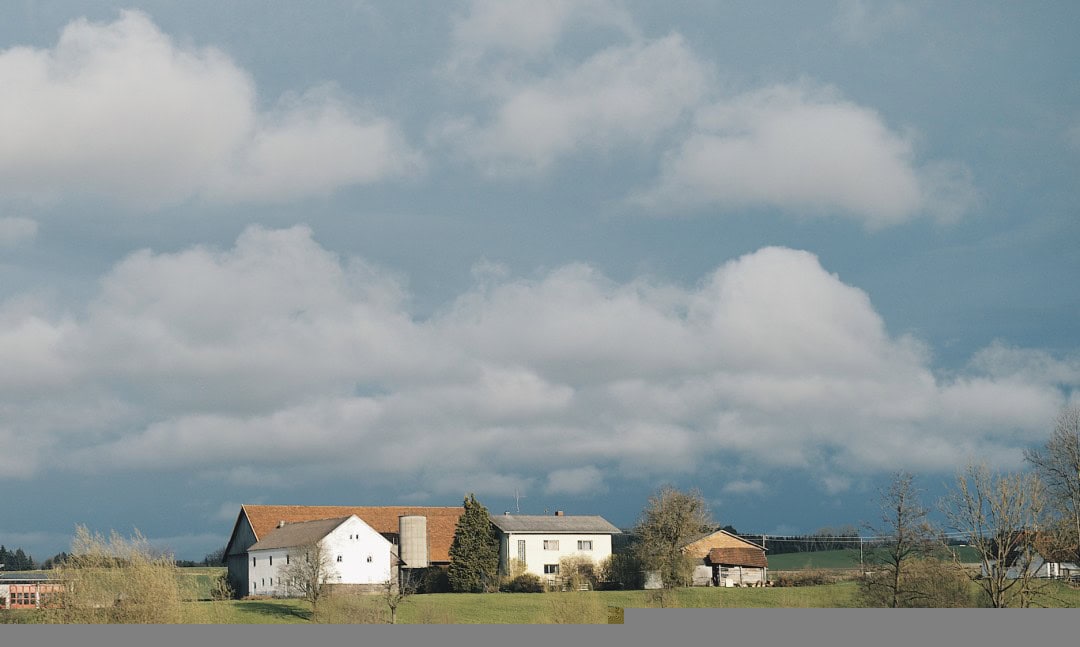
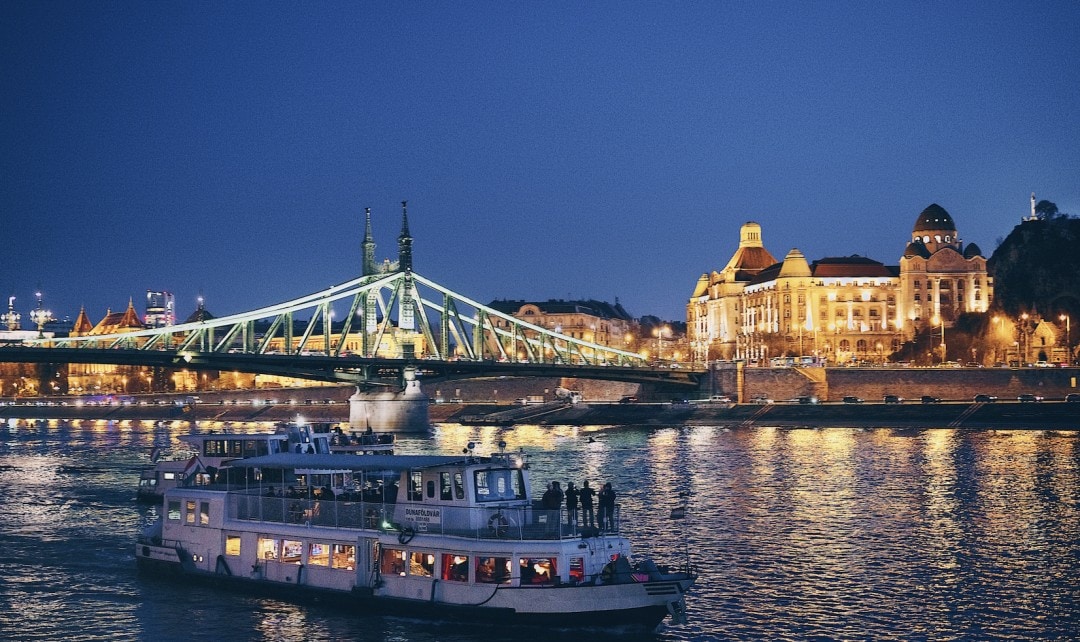
Next, we visited Hofburg Palace and the Gothic St. Stephen’s Cathedral, both iconic attractions in Vienna.
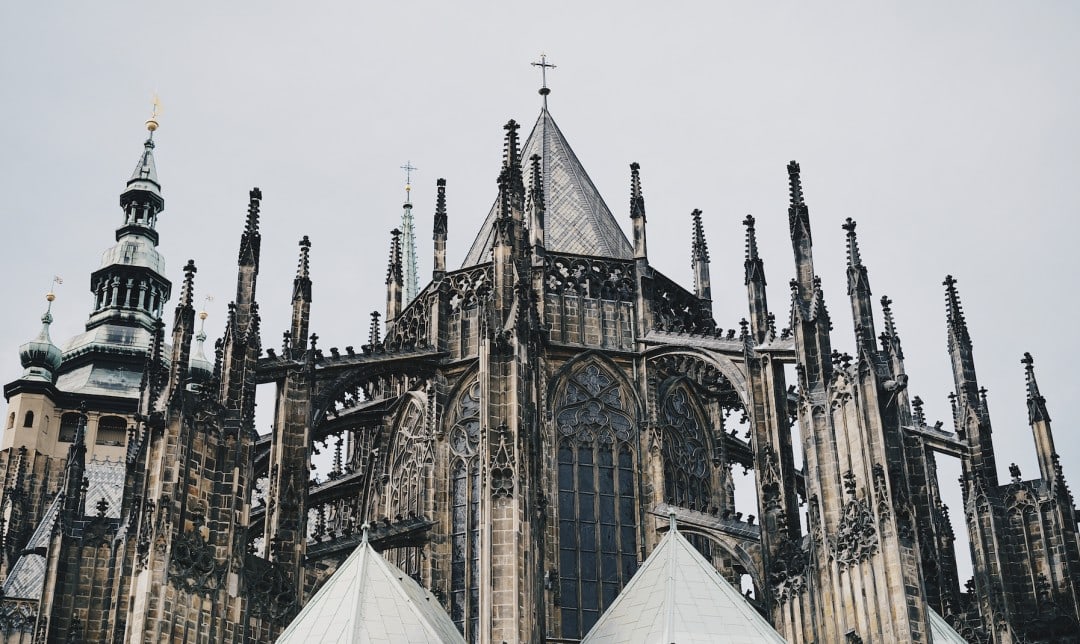
Afterward, we had some free time to explore Graben Street, often regarded as one of Vienna’s most beautiful streets, perfect for shopping.
Day 6: Dürnstein, Melk Abbey
Dürnstein is one of the most scenic towns in the Wachau Valley, nestled among terraced vineyards lining the Danube River.
There, we primarily visited the Baroque-style Carthusian Monastery.


